The Devil you Say!
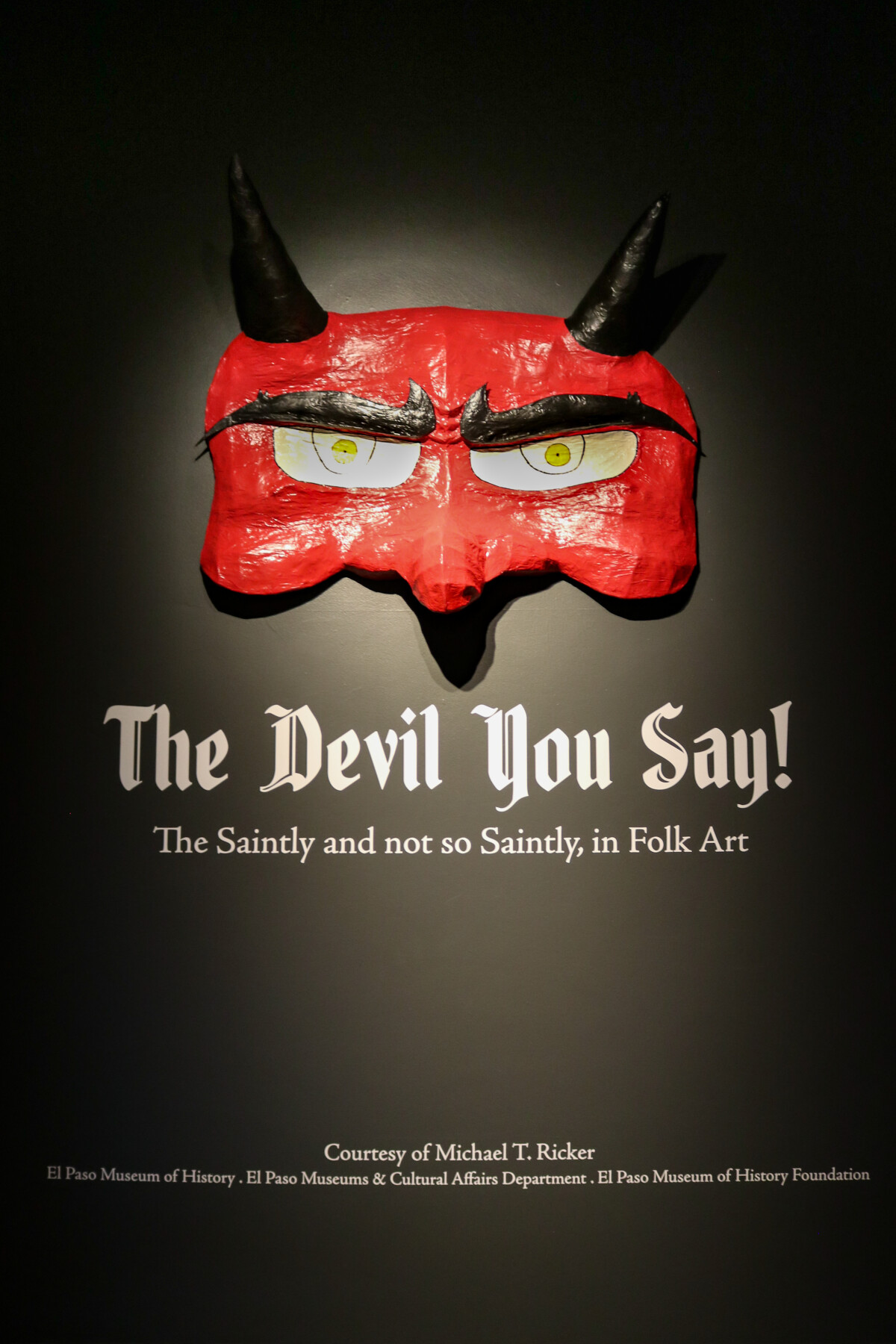
The Devil you Say!
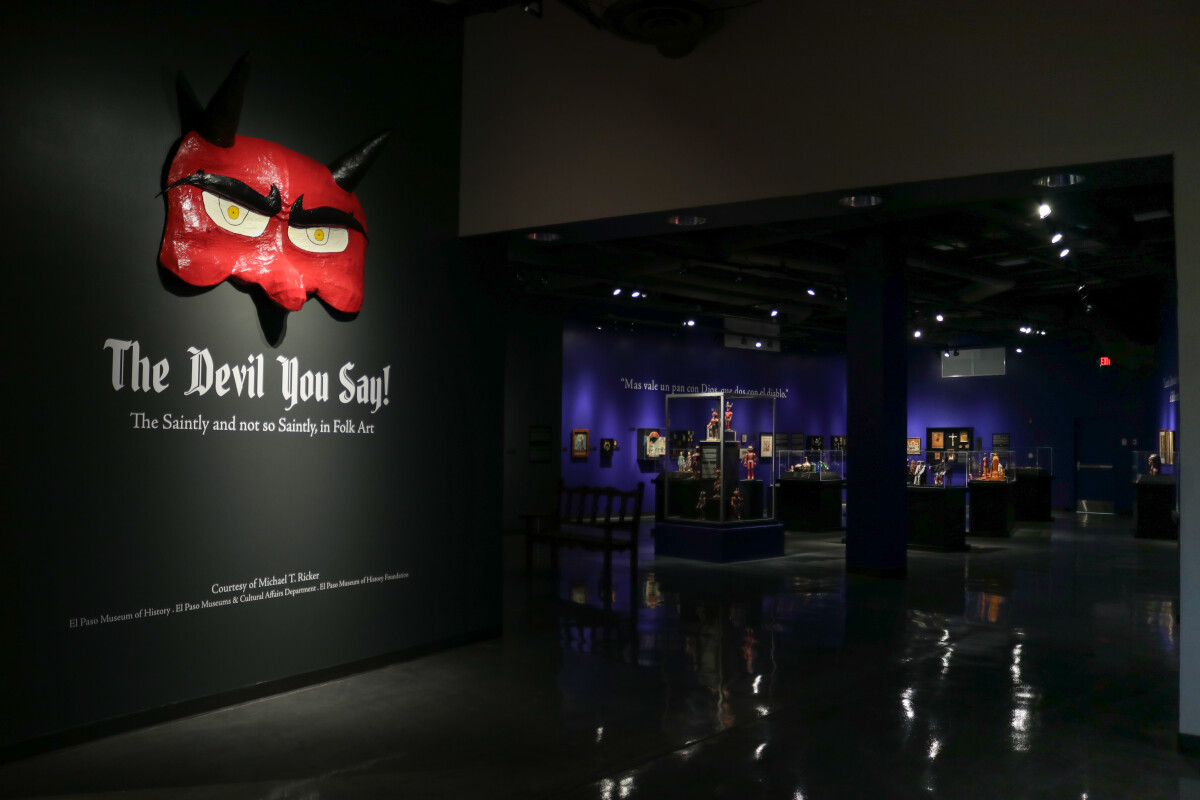
The Devil you Say!
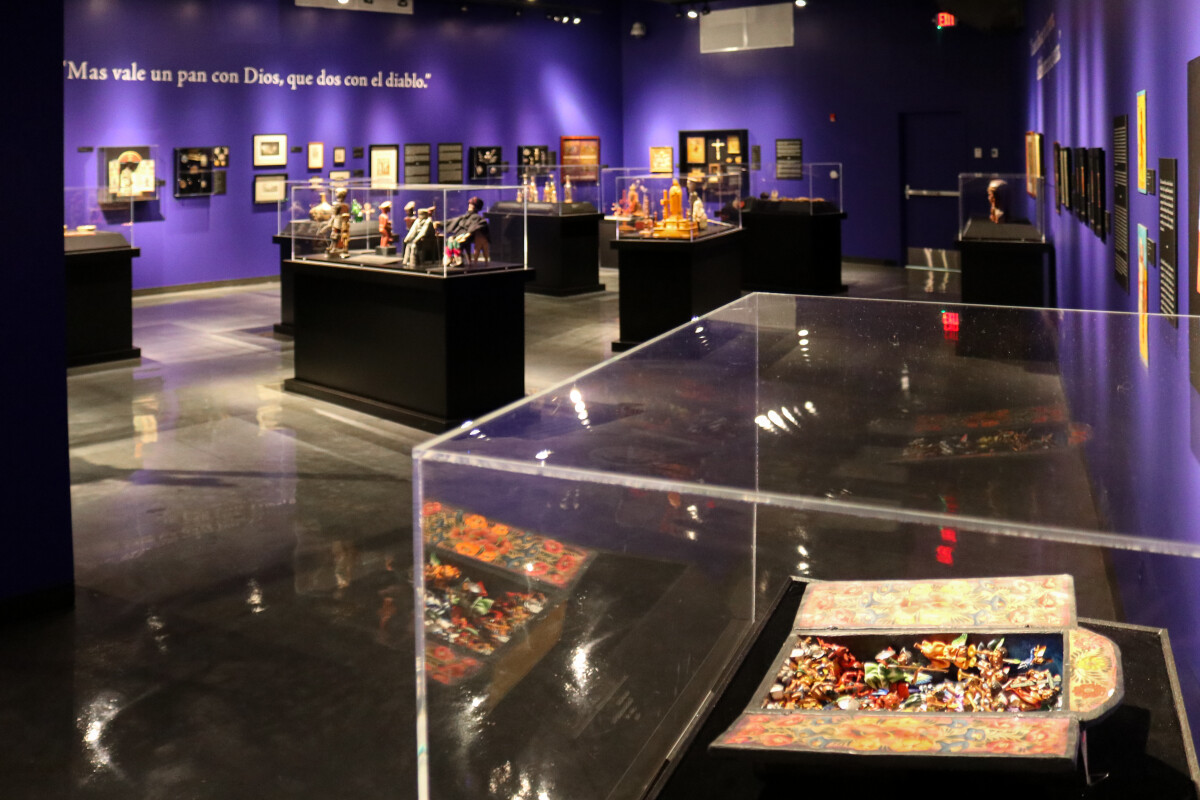
The Devil you Say!
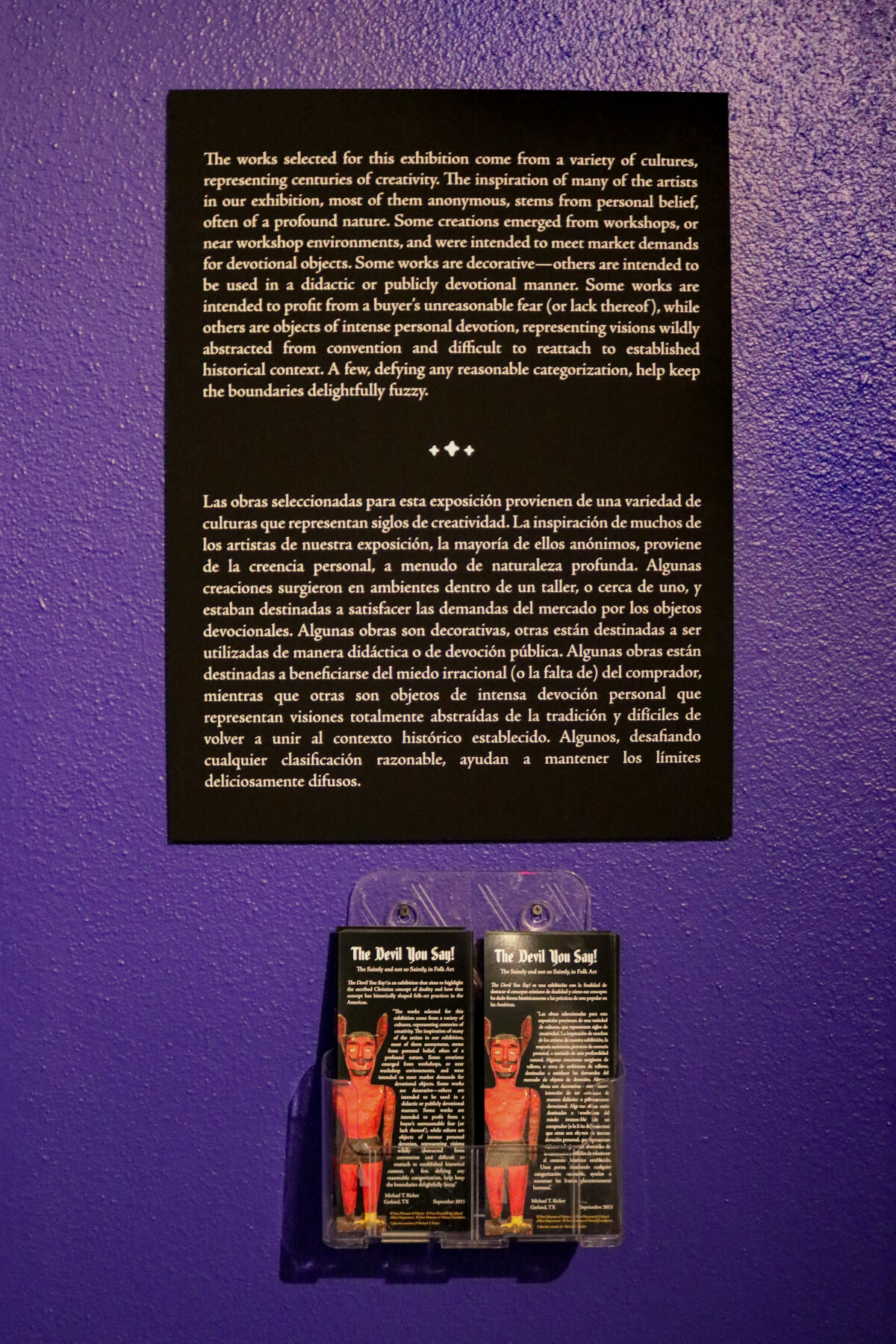
The Devil you Say!
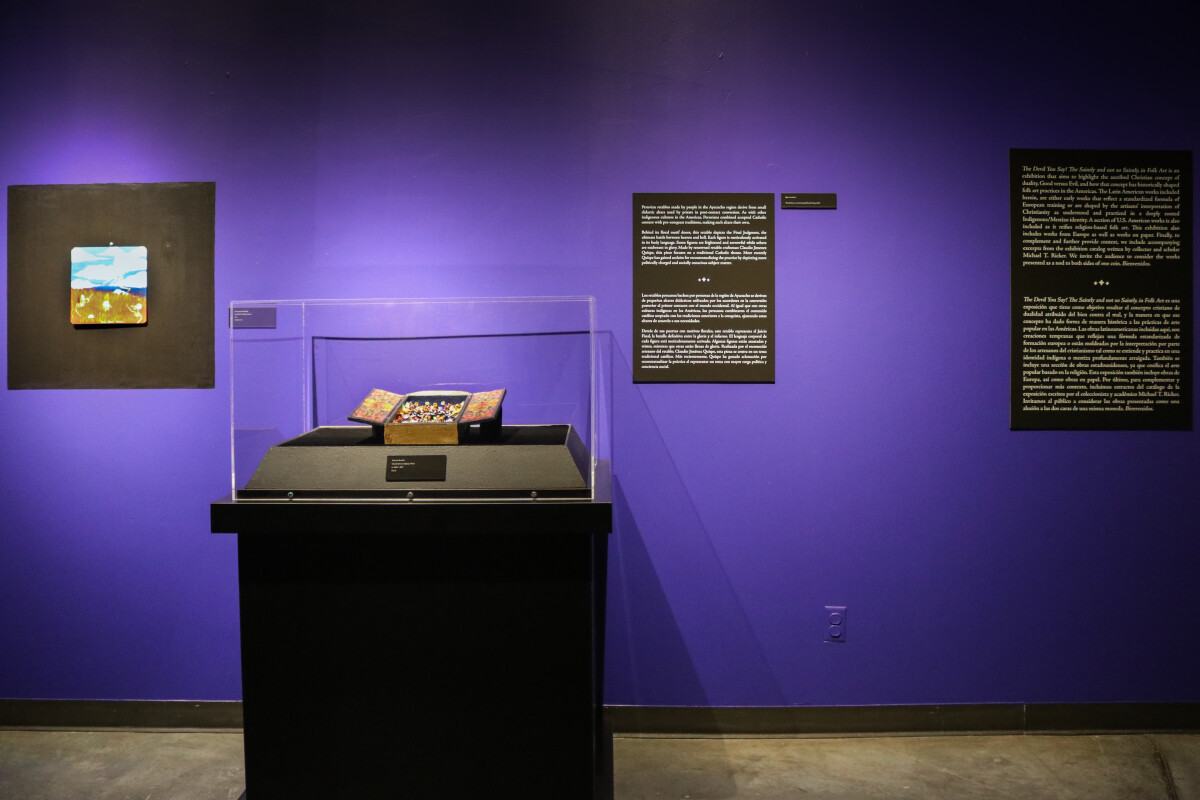
The Devil you Say!
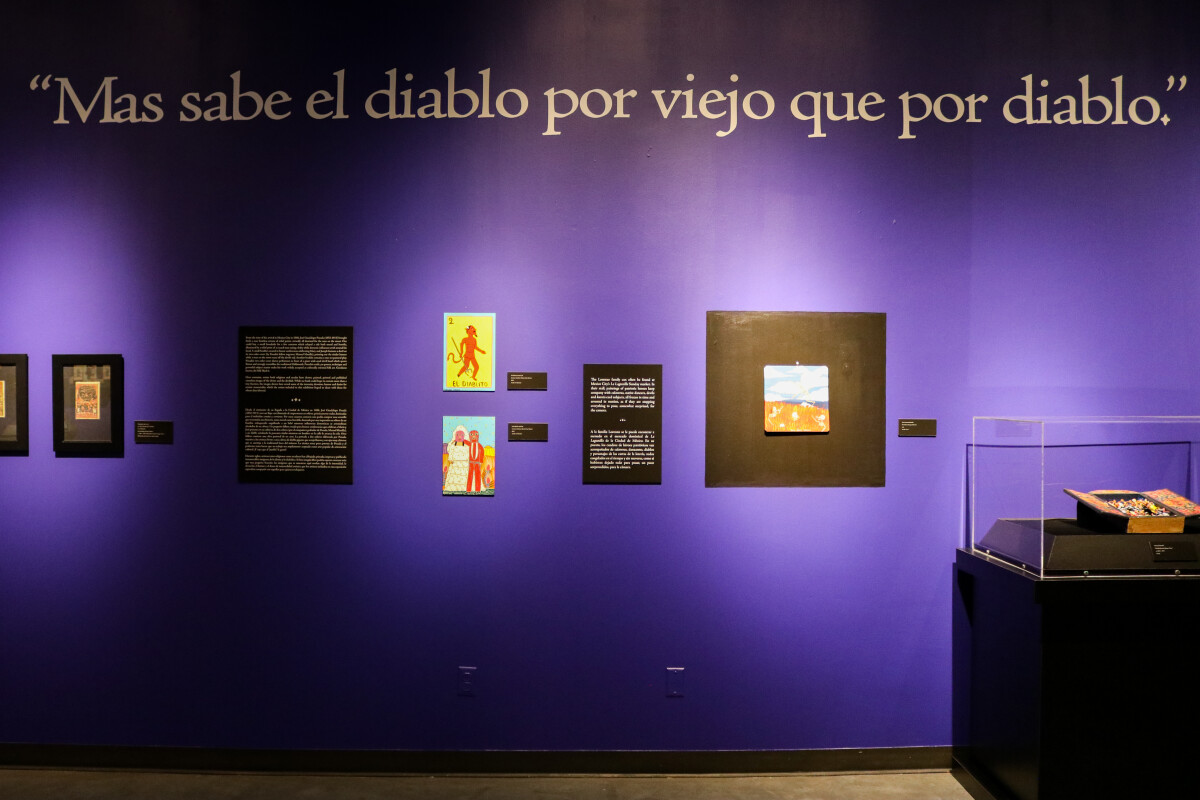
The Devil you Say!
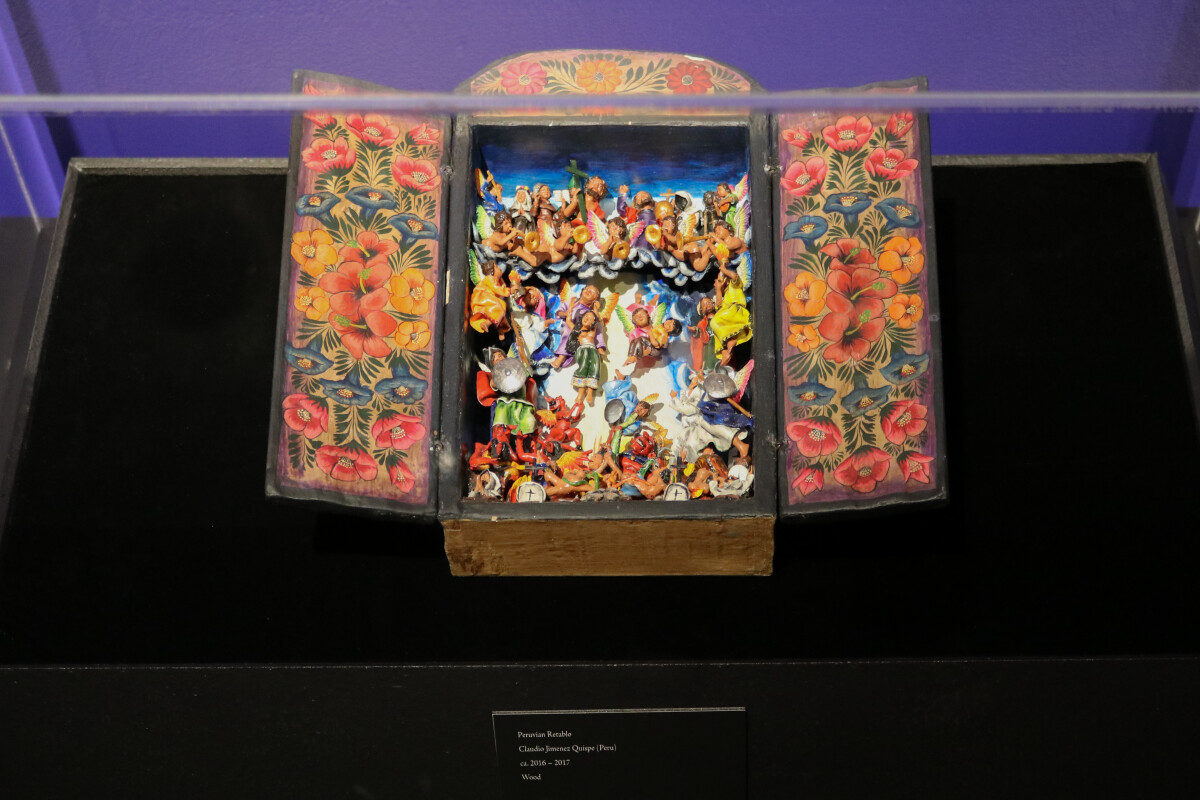
The Devil you Say!
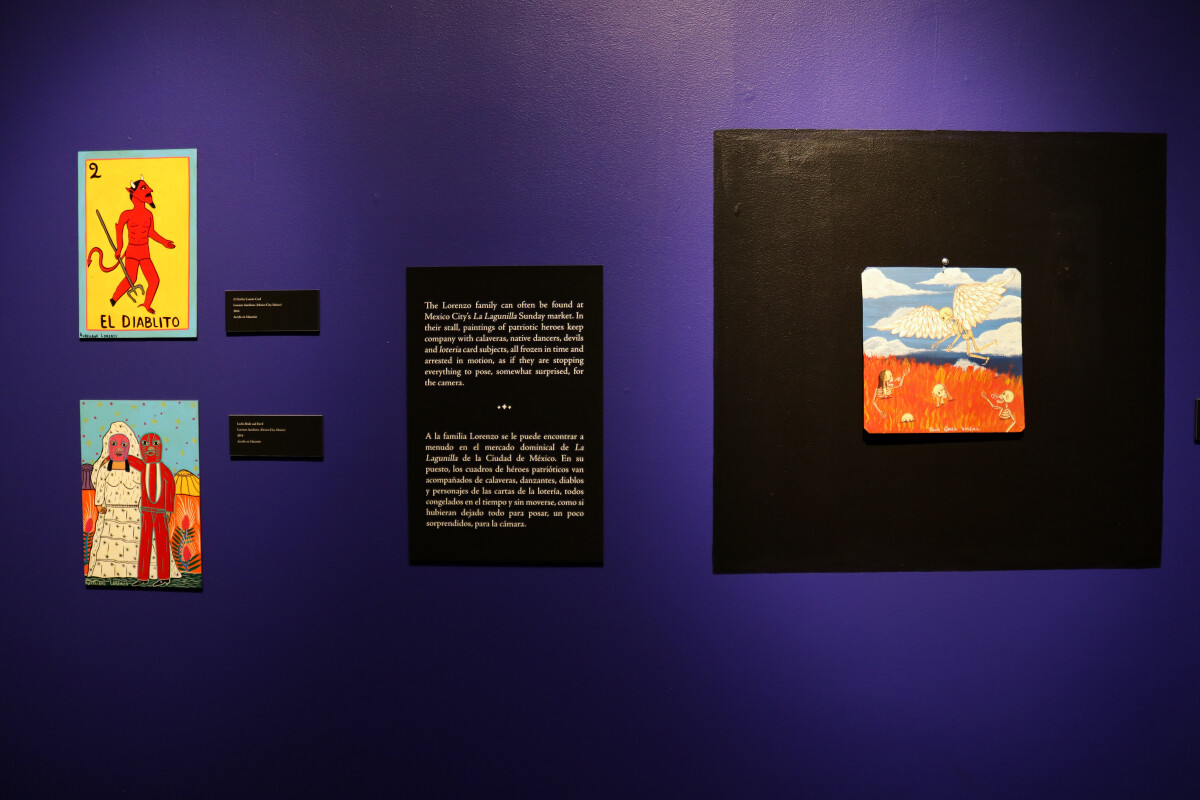
The Devil you Say!
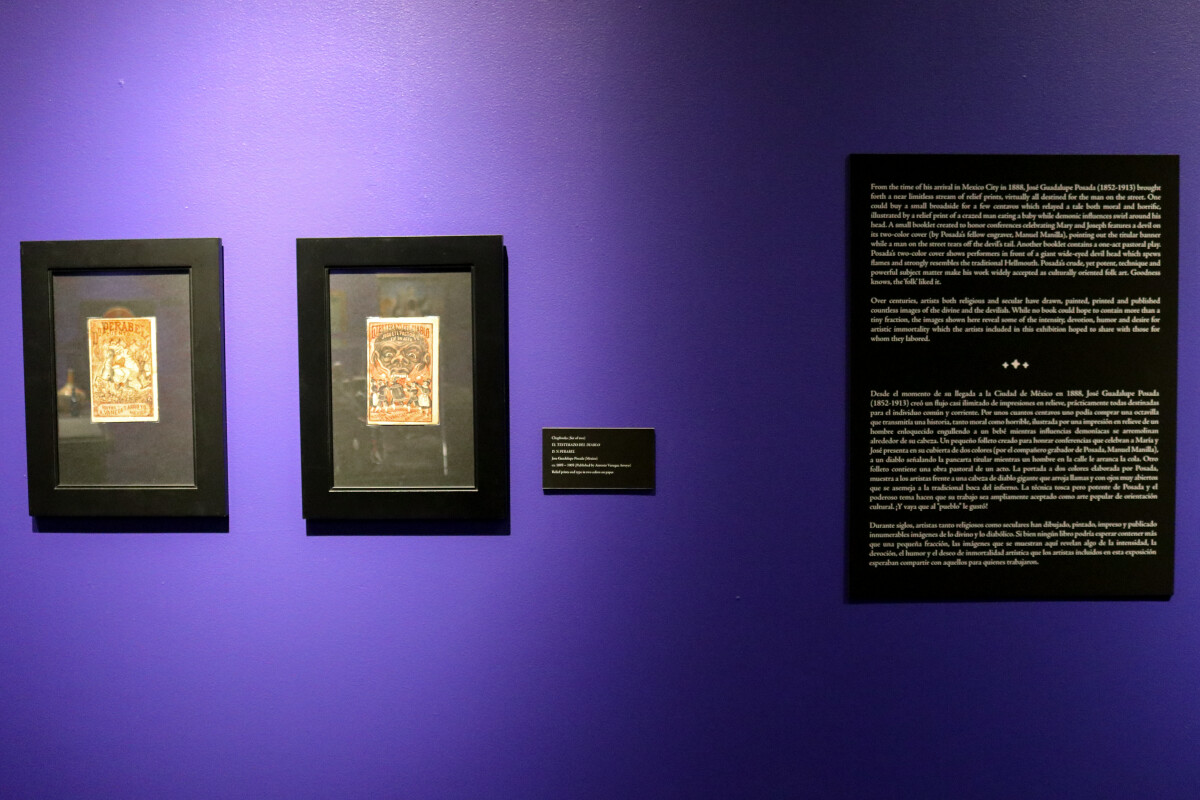
The Devil you Say!
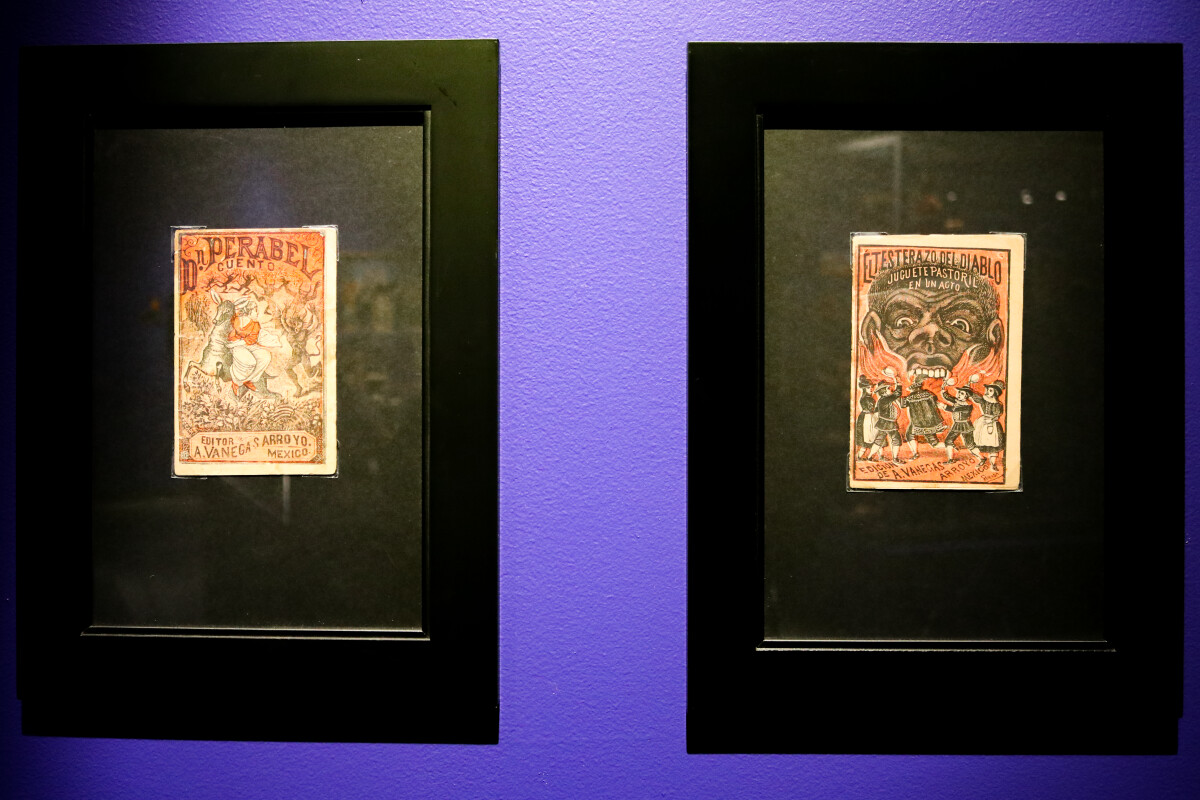
The Devil you Say!
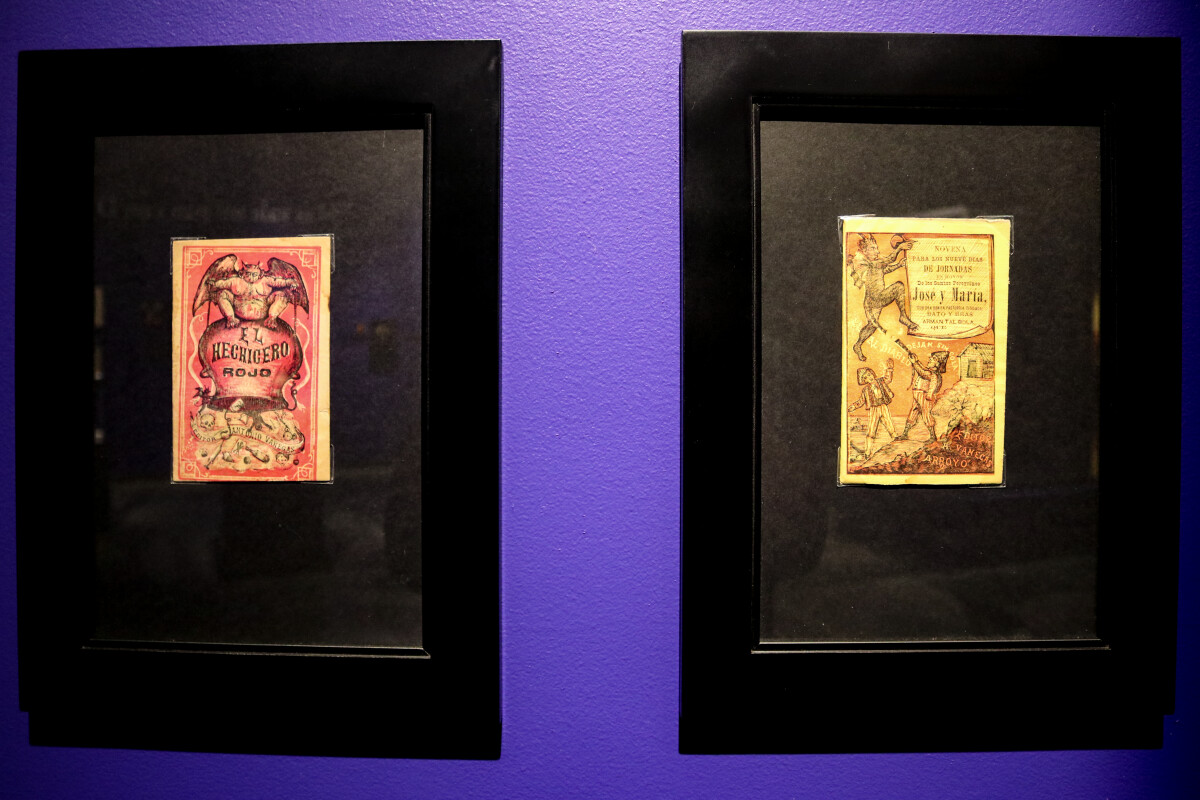
The Devil you Say!
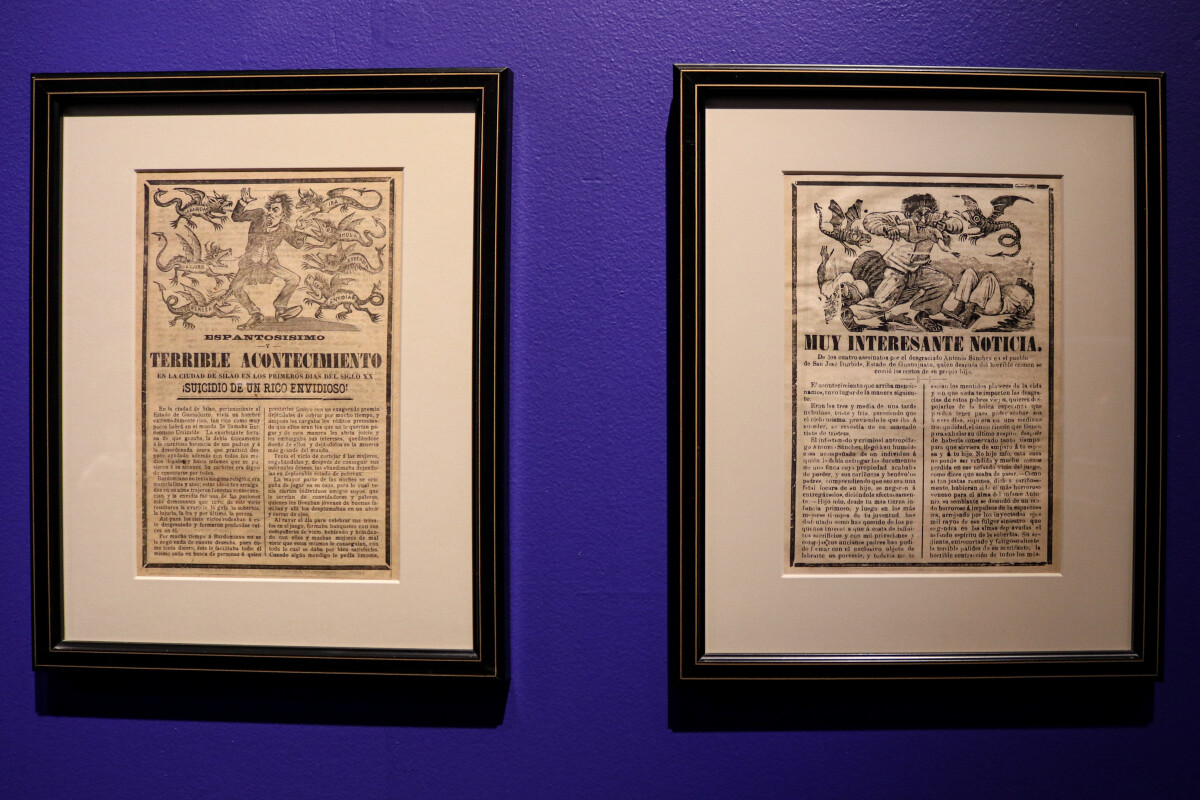
The Devil you Say!
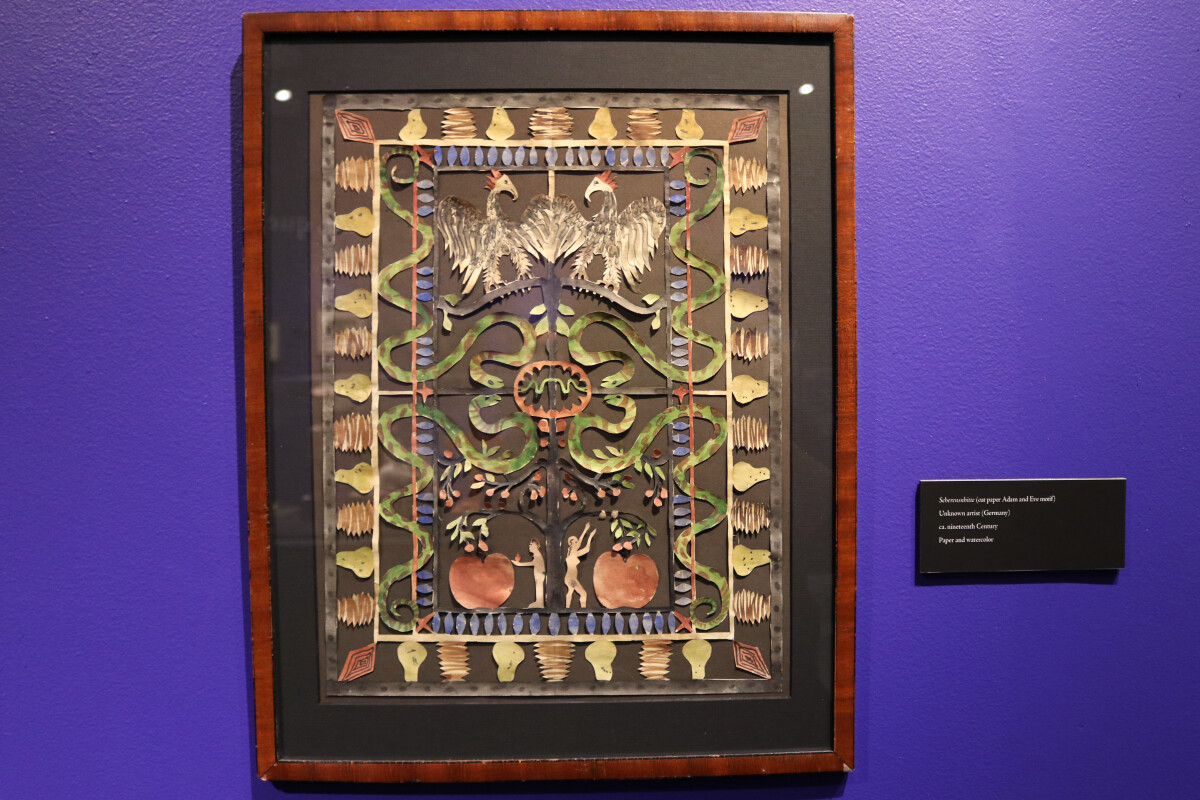
The Devil you Say!
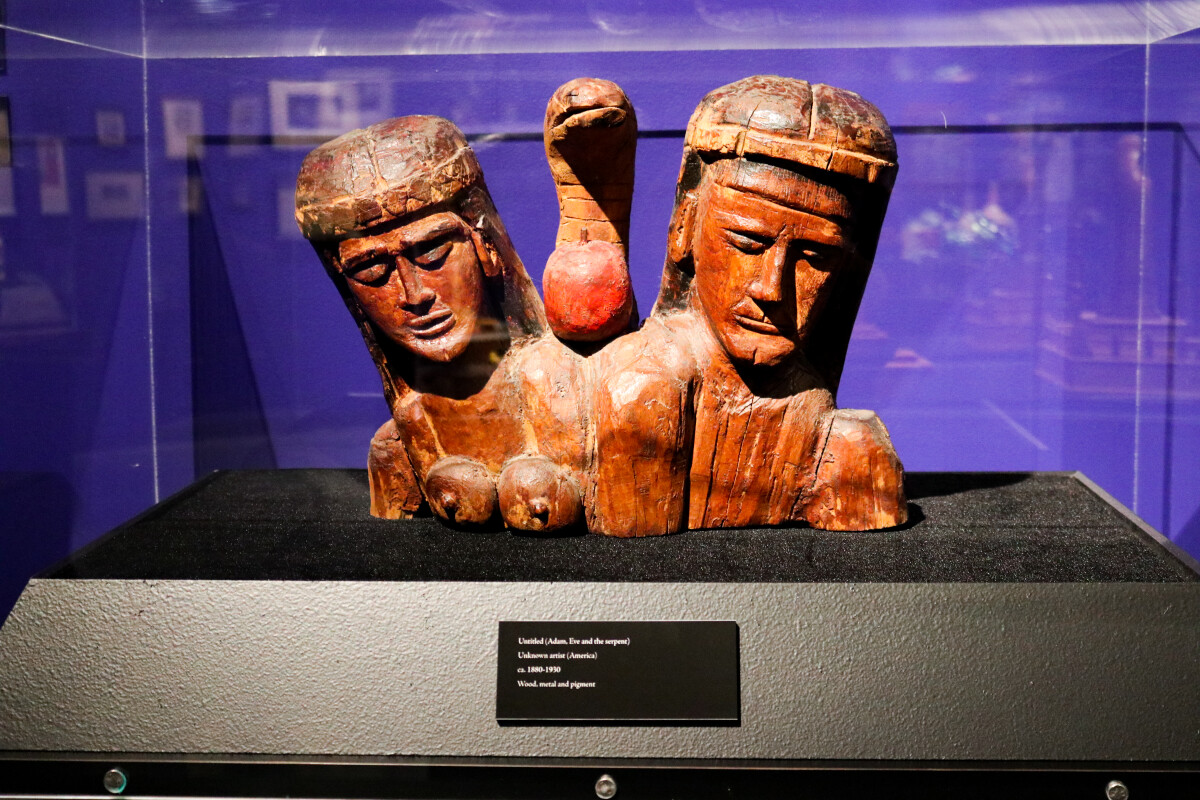
The Devil you Say!
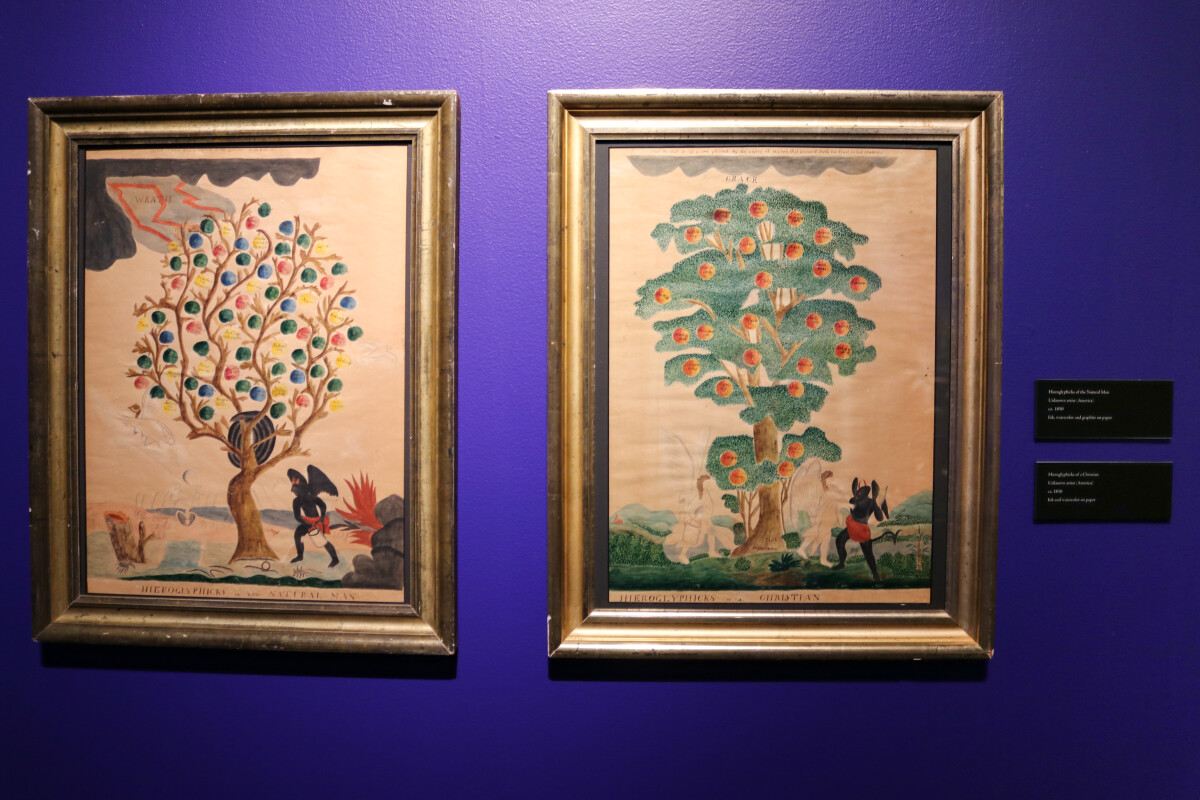
The Devil you Say!
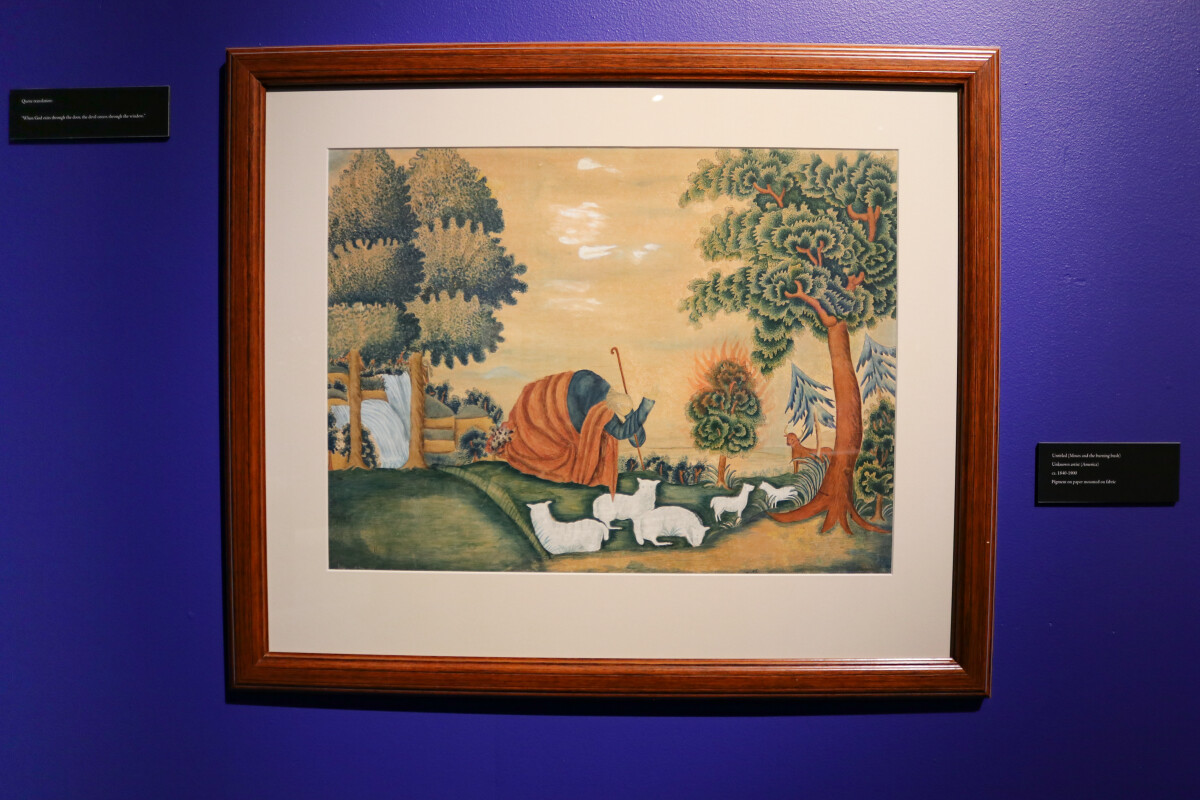
The Devil you Say!
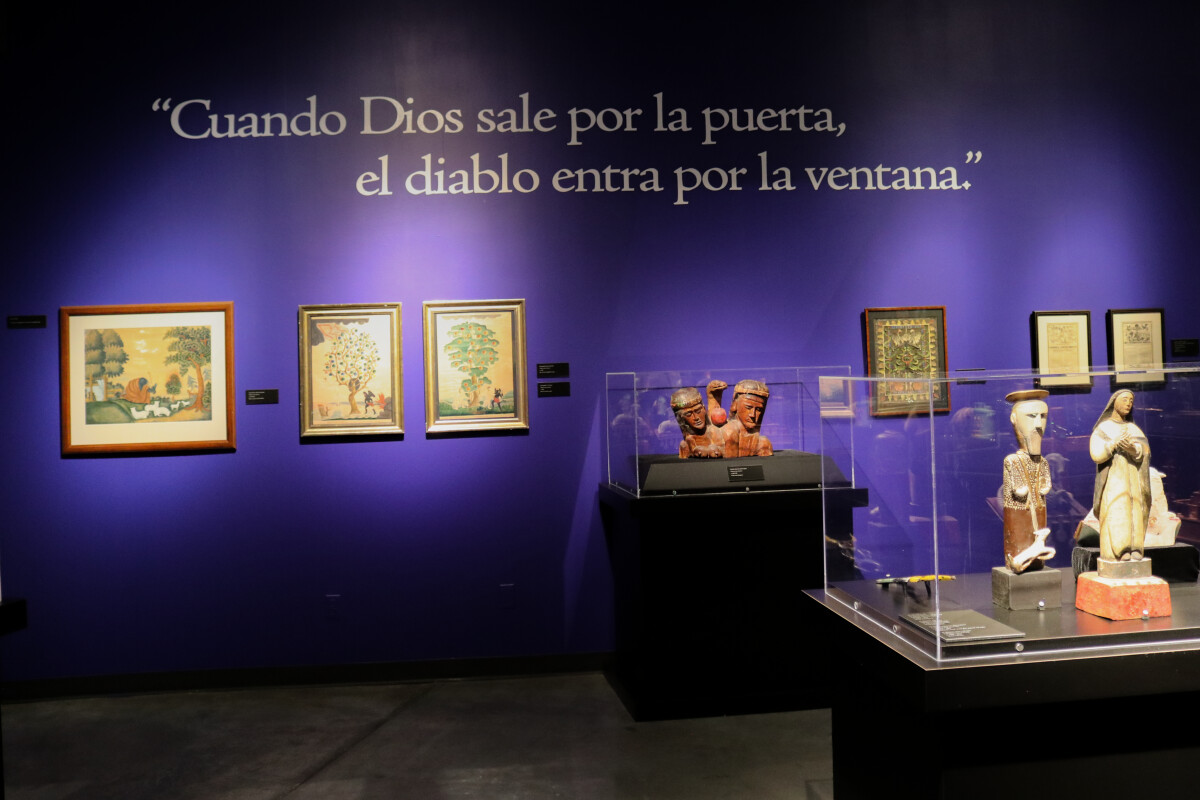
The Devil you Say!
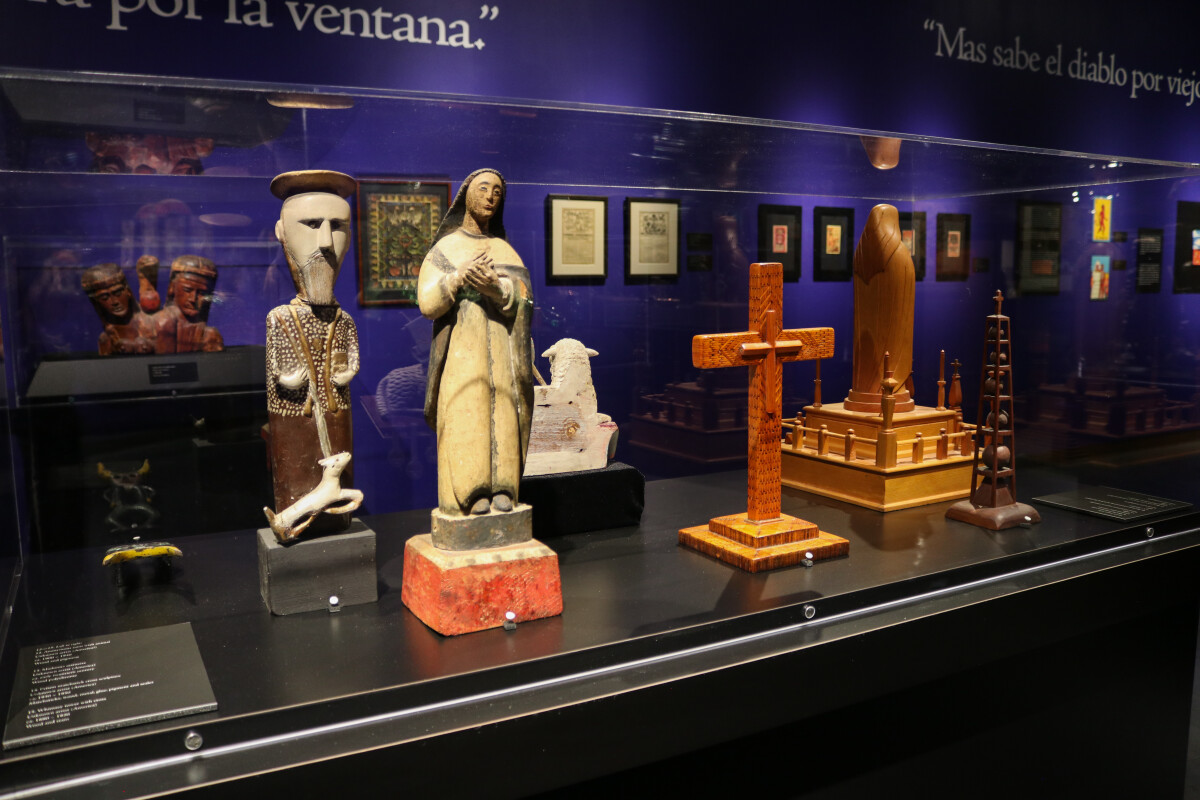
The Devil you Say!
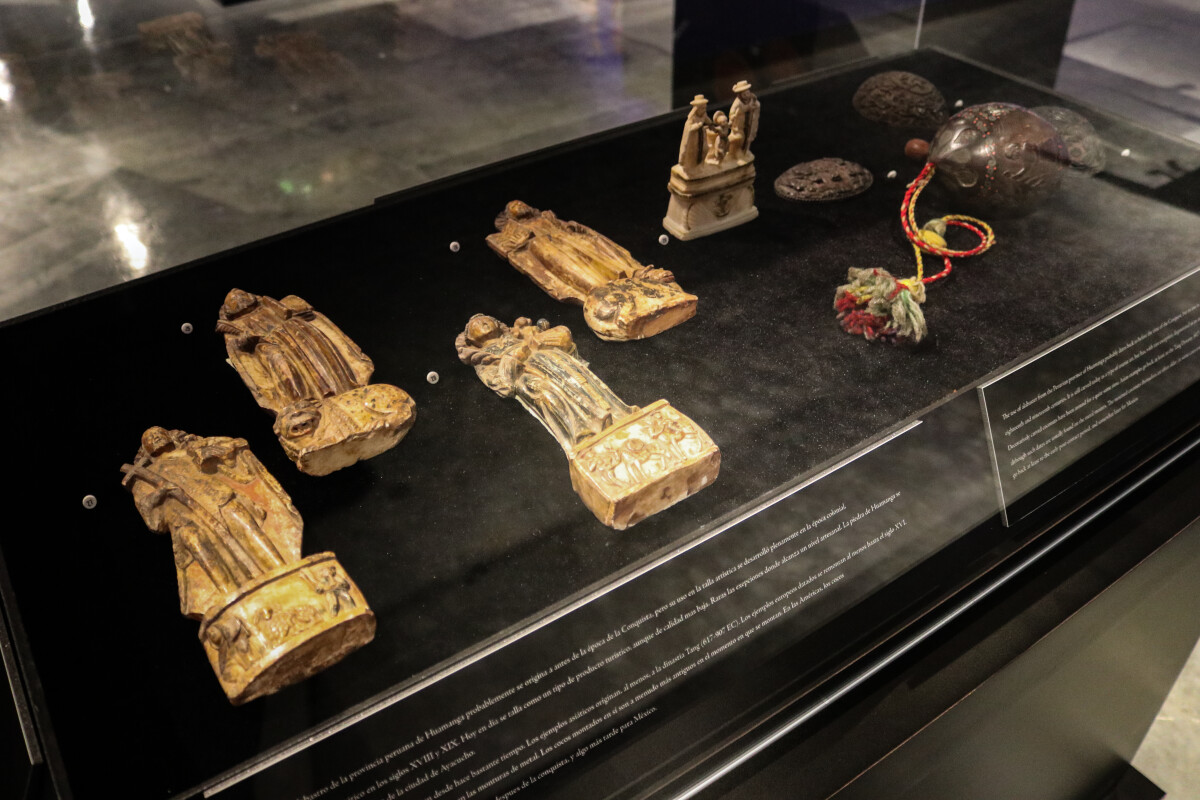
The Devil you Say!
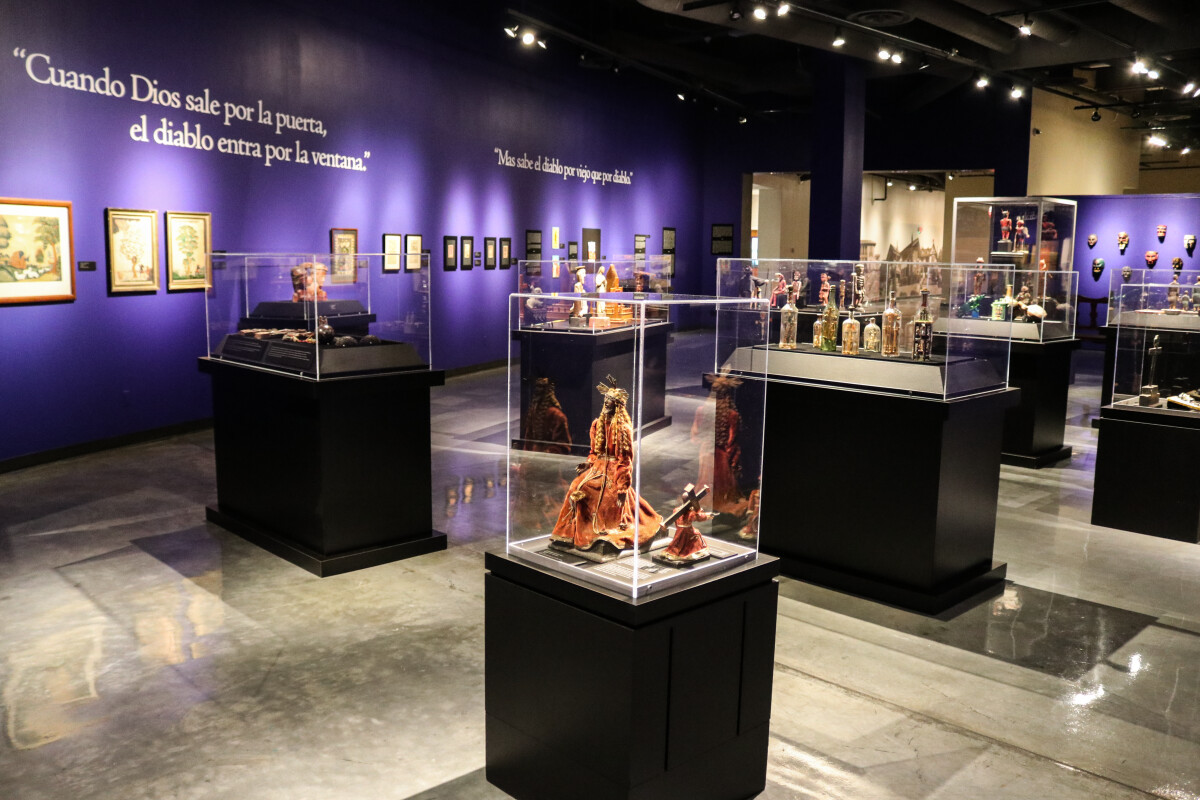
The Devil you Say!
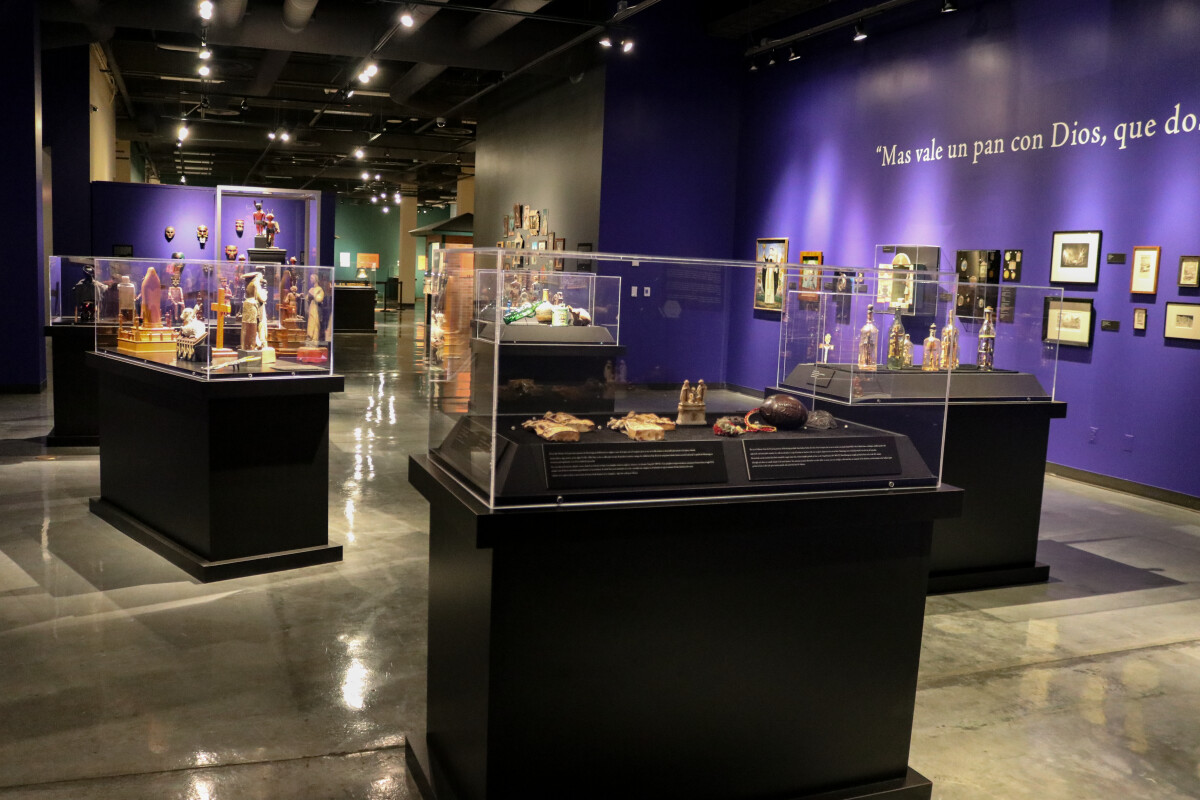
The Devil you Say!
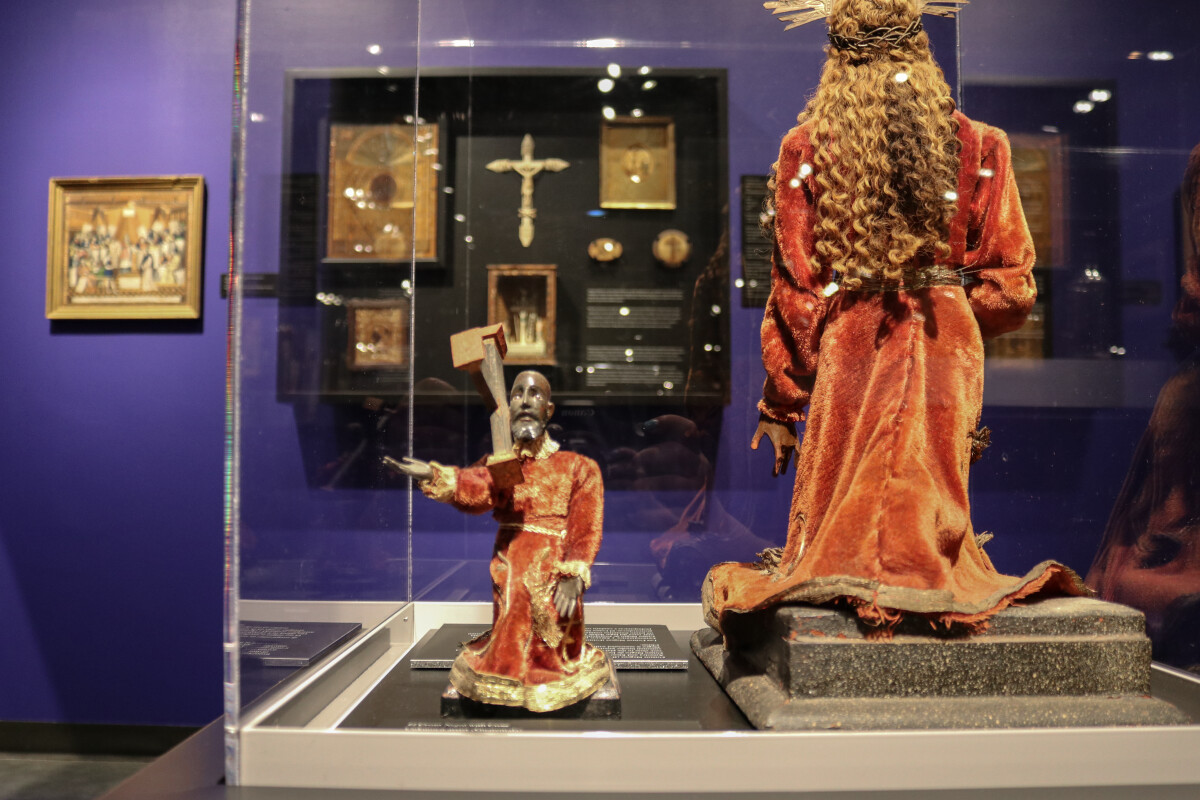
The Devil you Say!
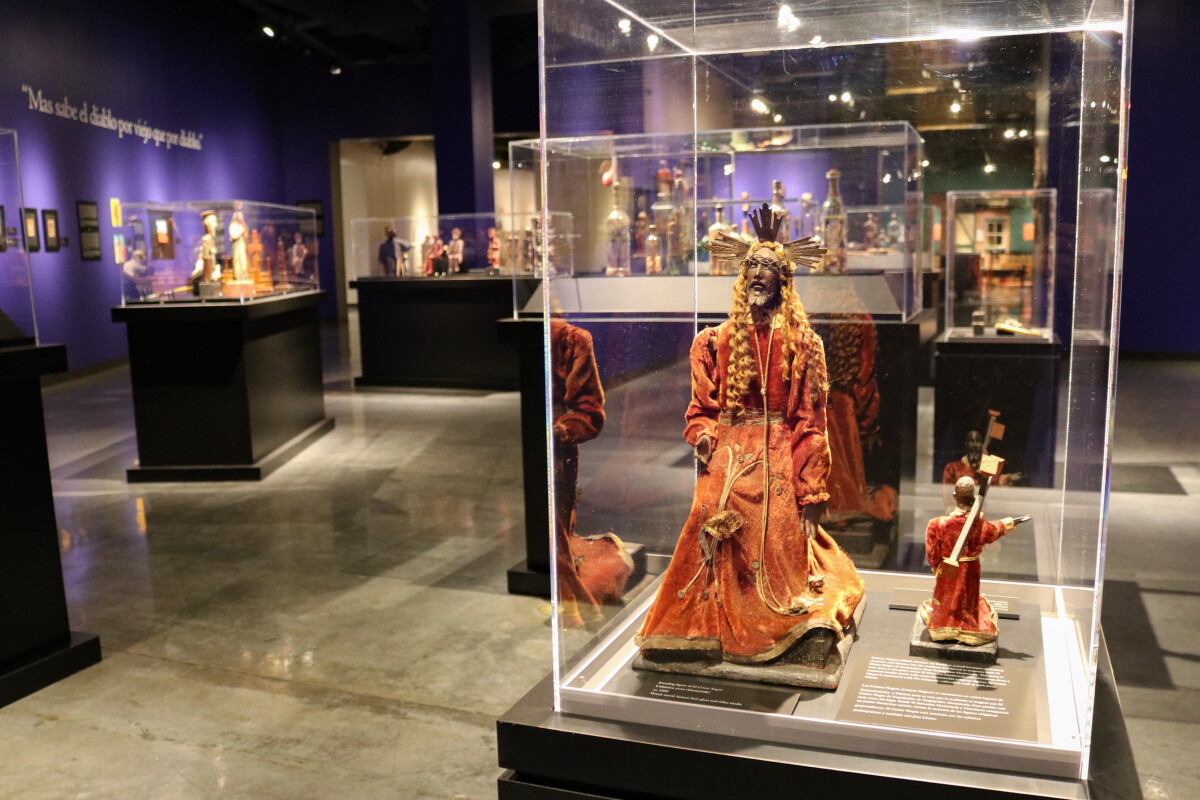
The Devil you Say!
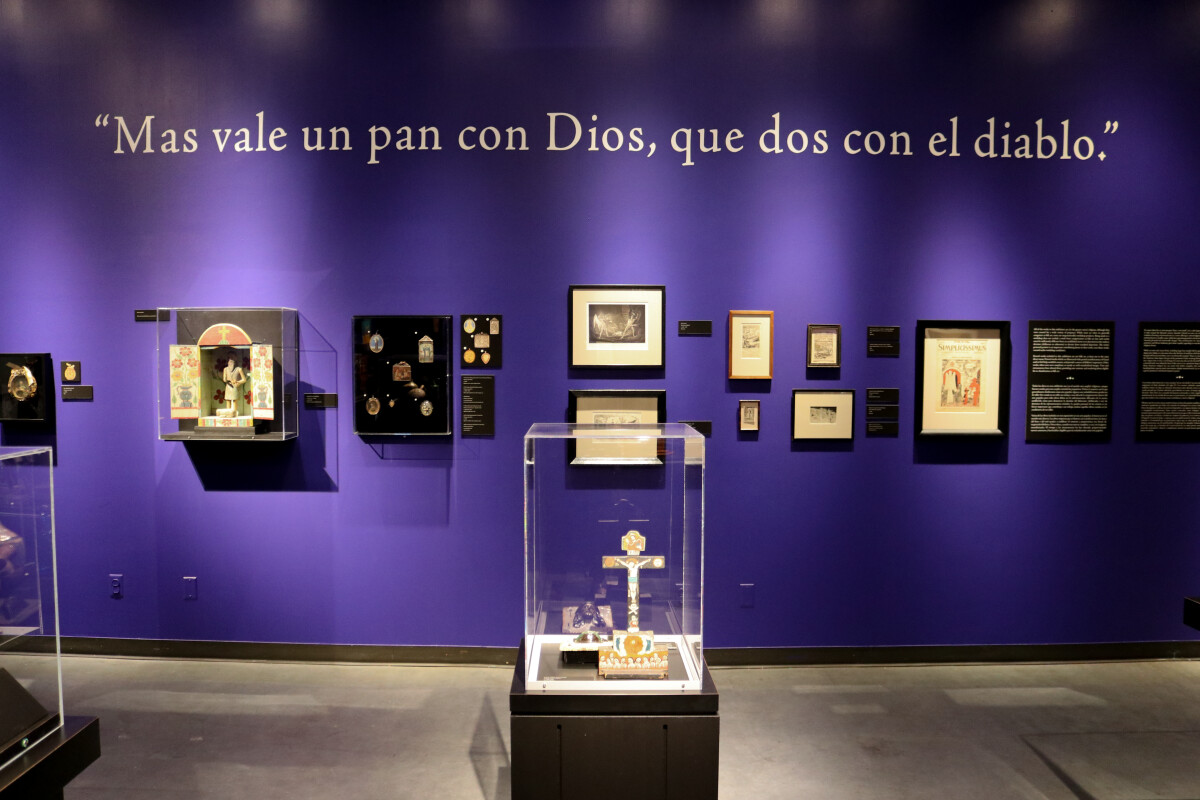
The Devil you Say!
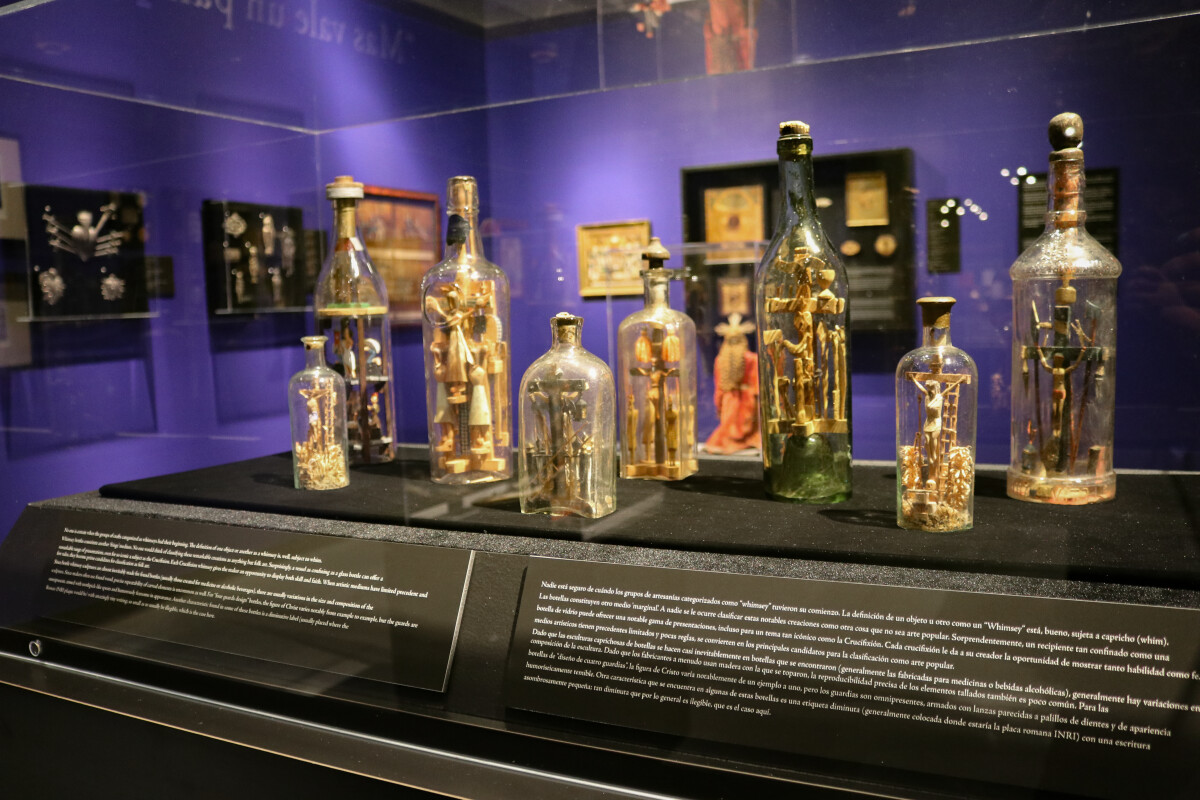
The Devil you Say!
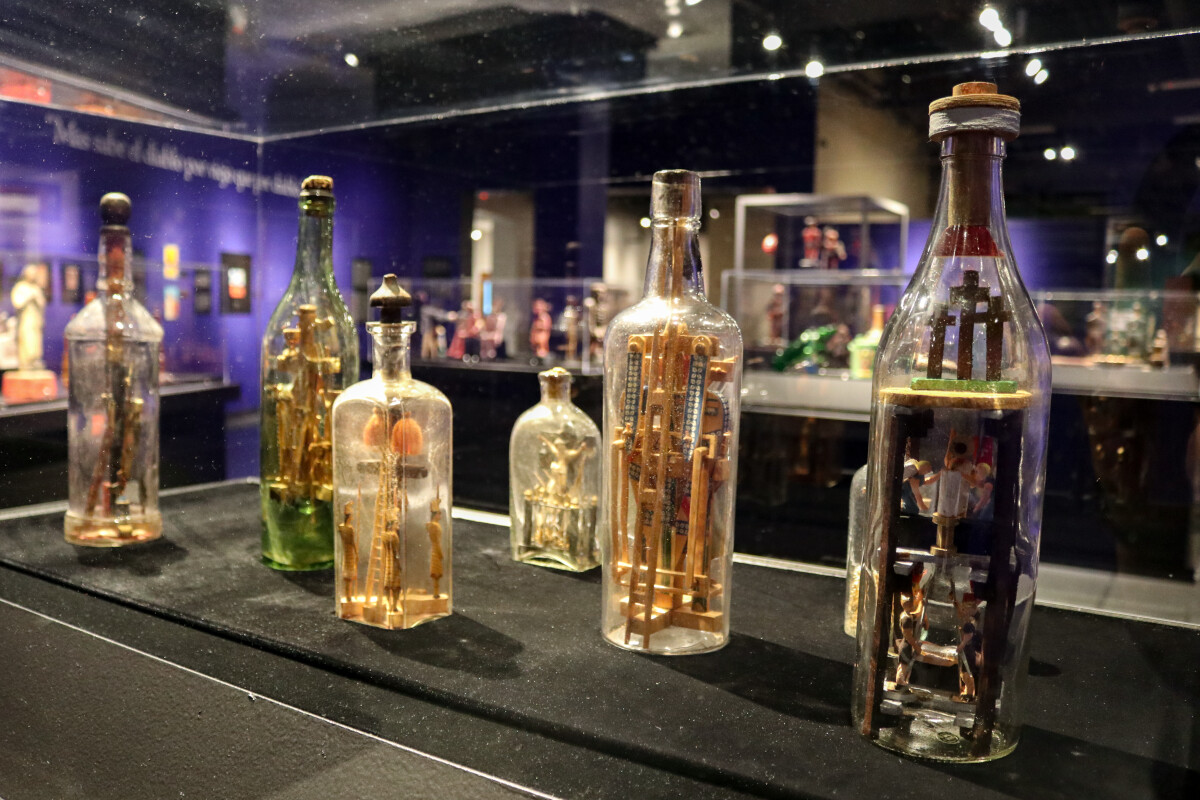
The Devil you Say!
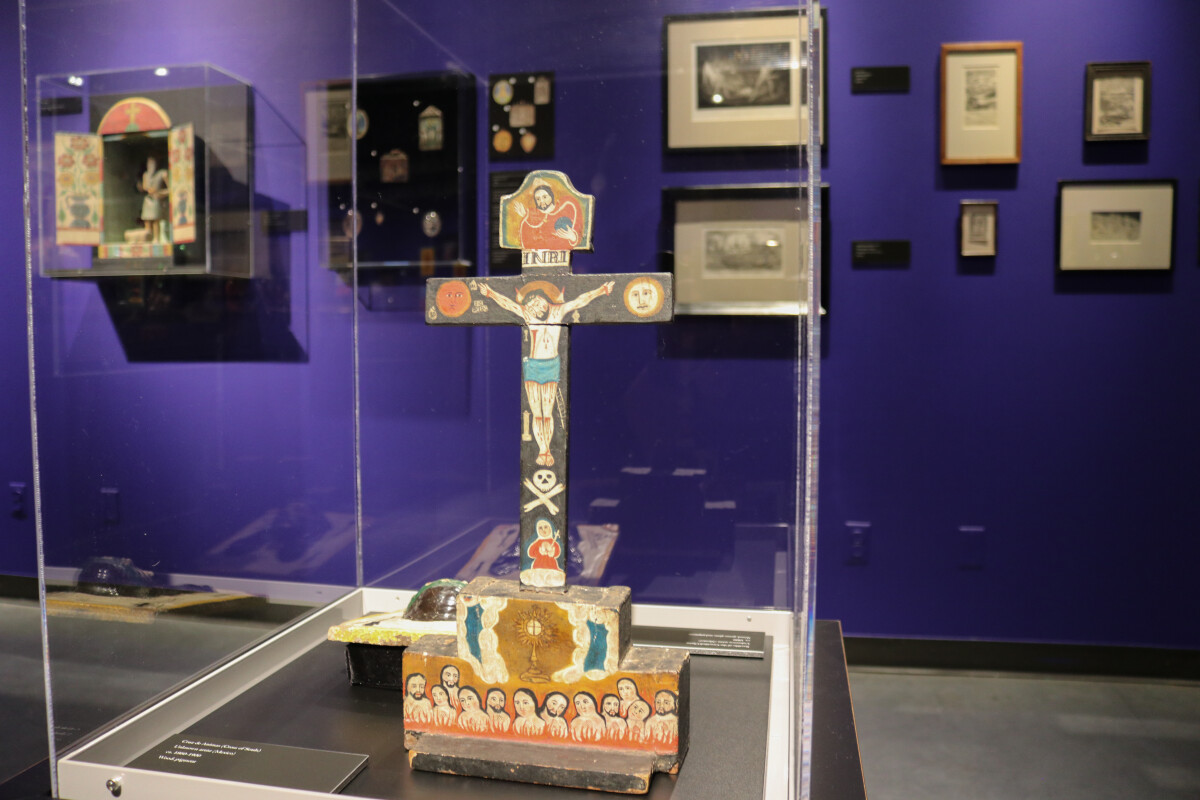
The Devil you Say!
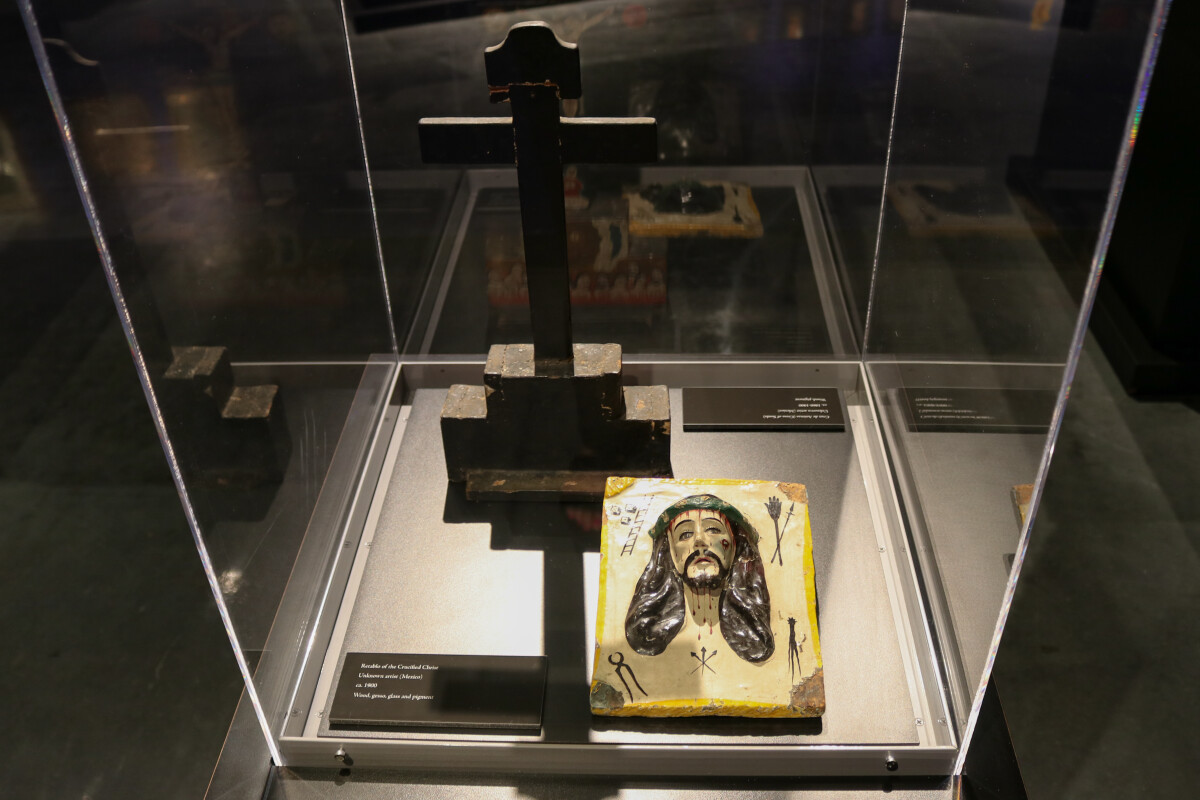
The Devil you Say!
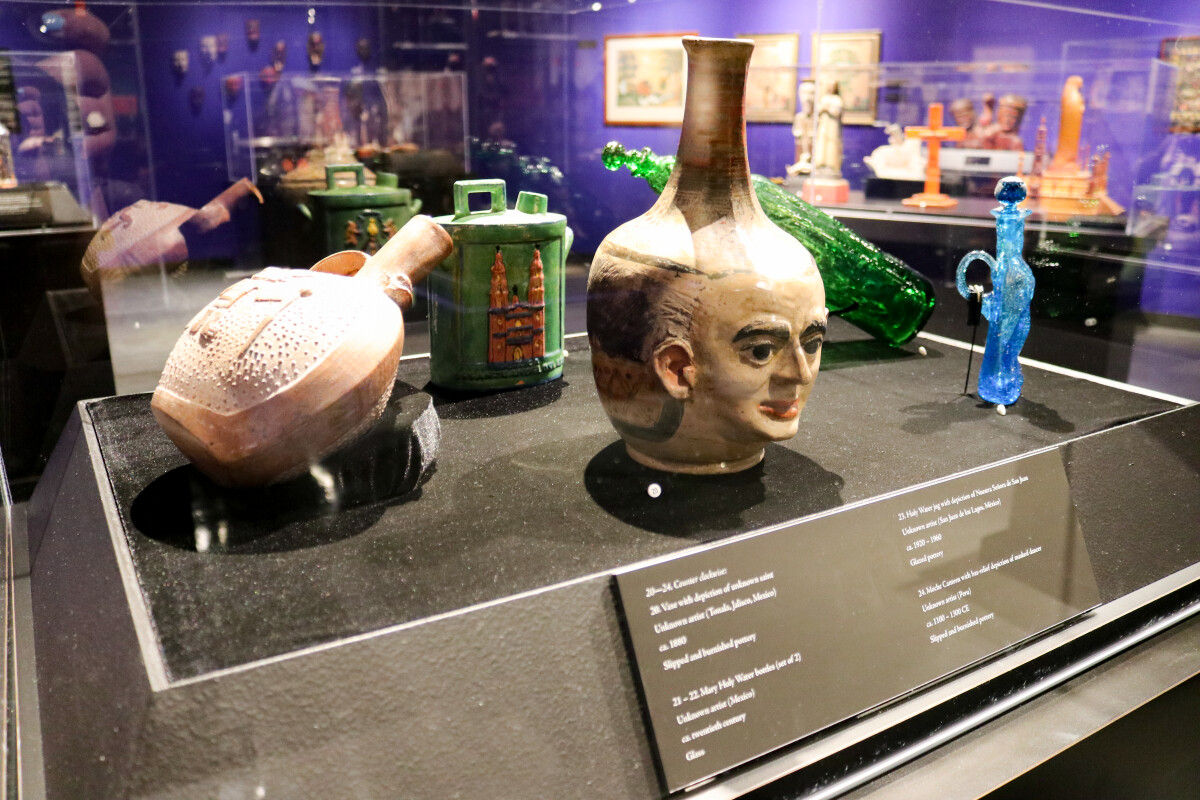
The Devil you Say!
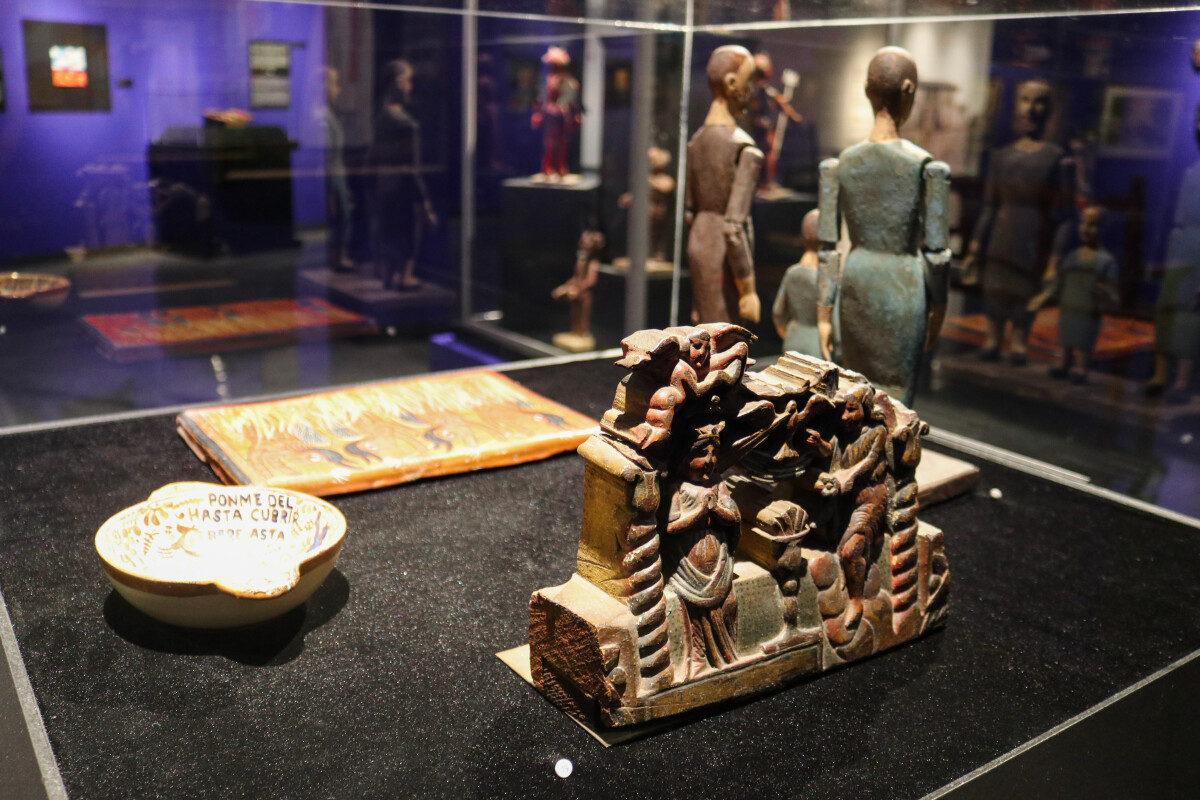
The Devil you Say!
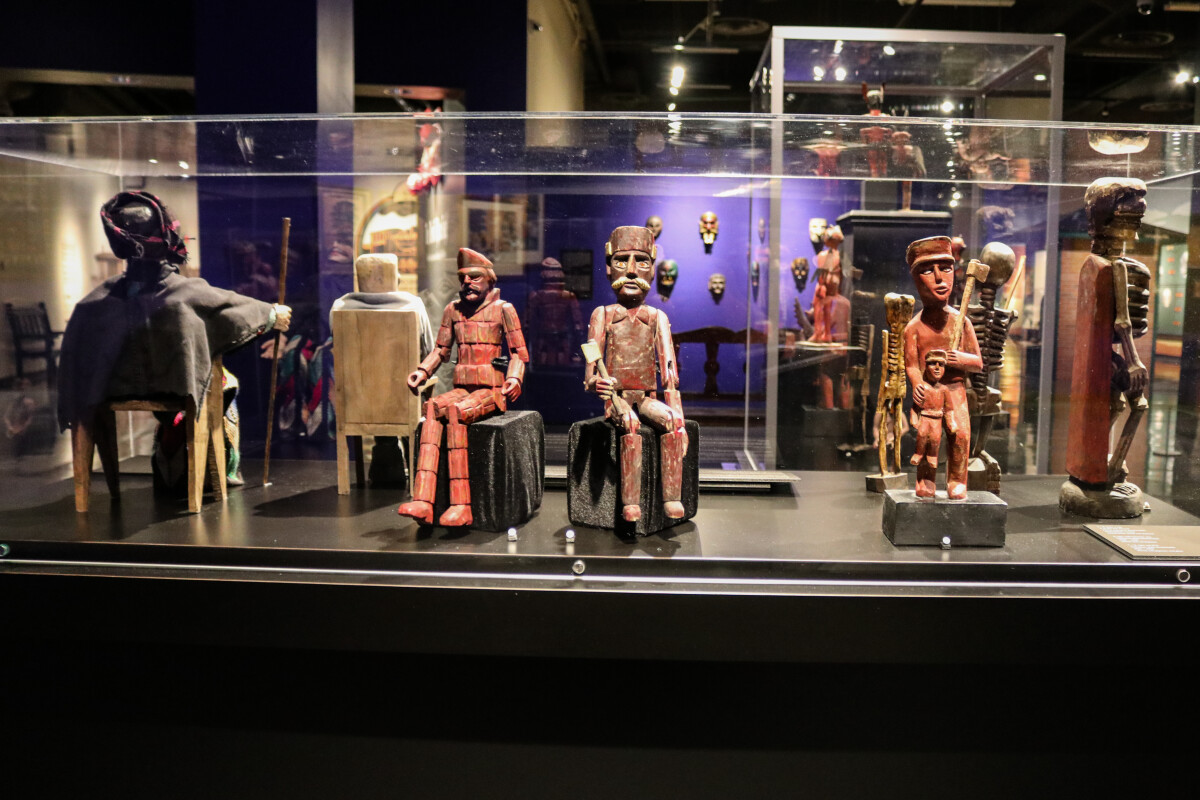
The Devil you Say!
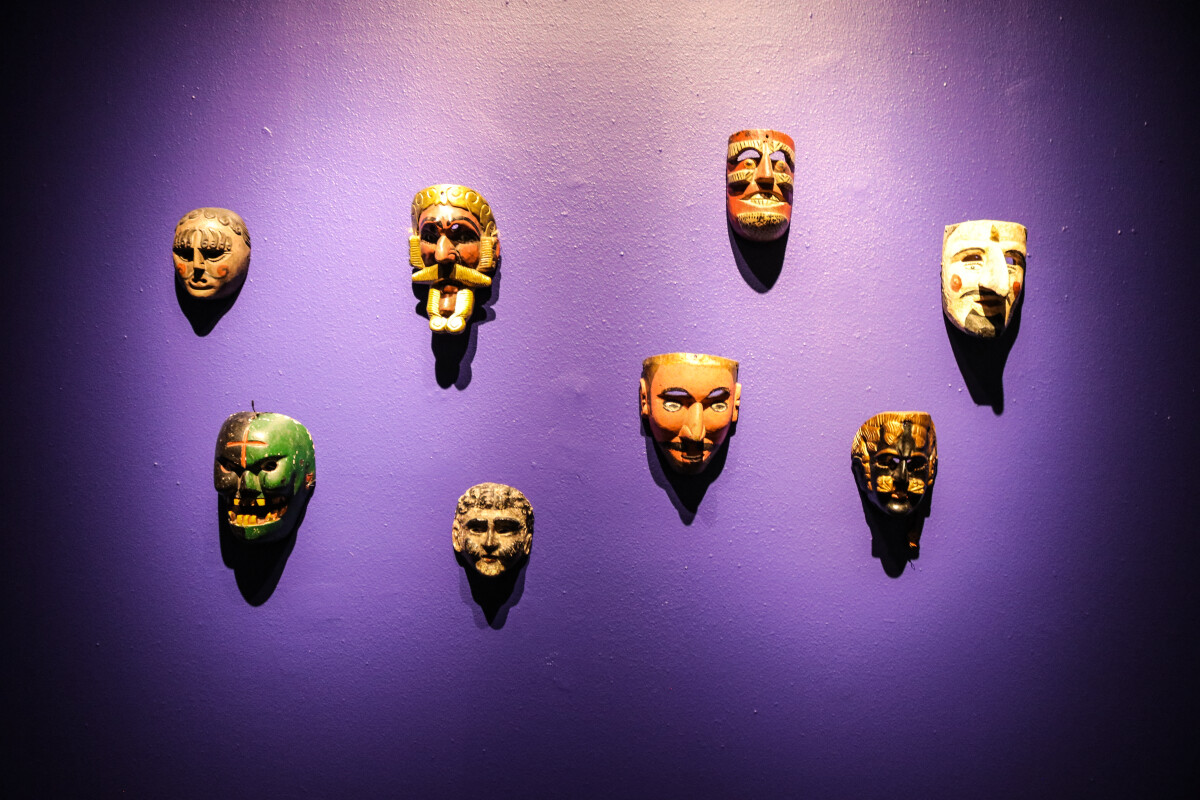
The Devil you Say!
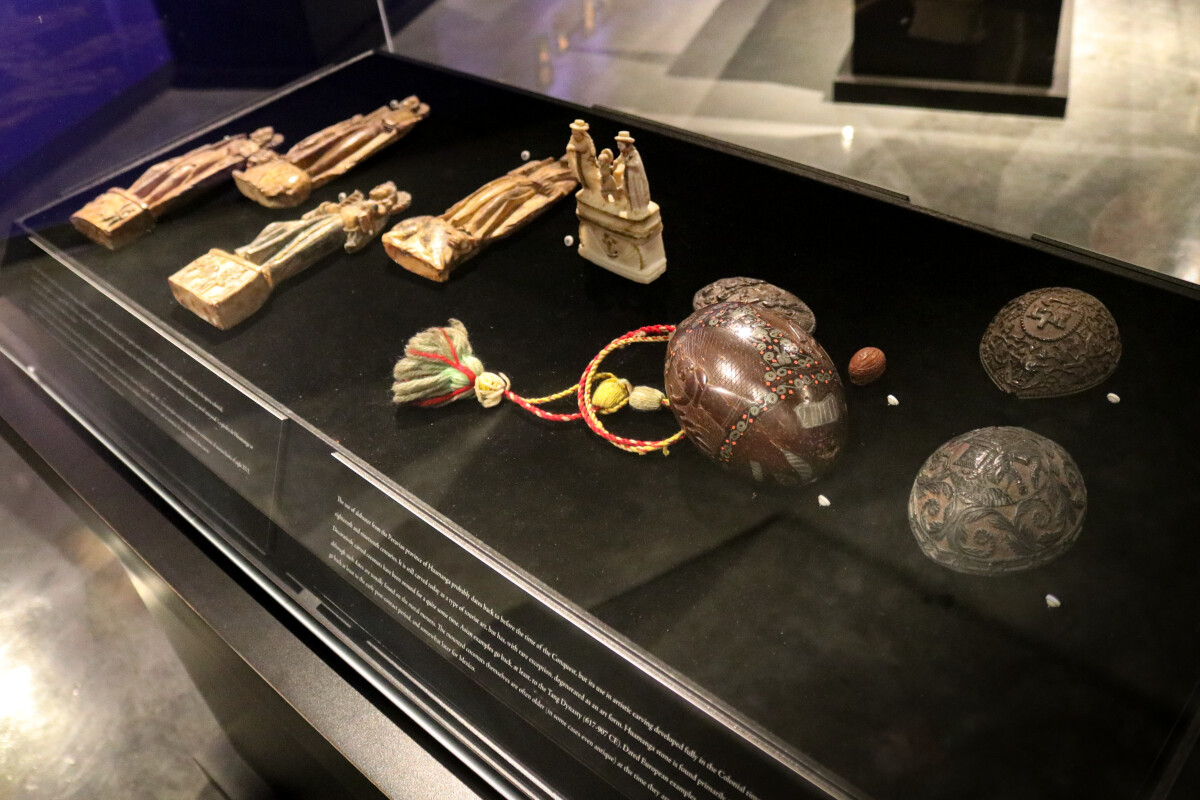
The Devil you Say!
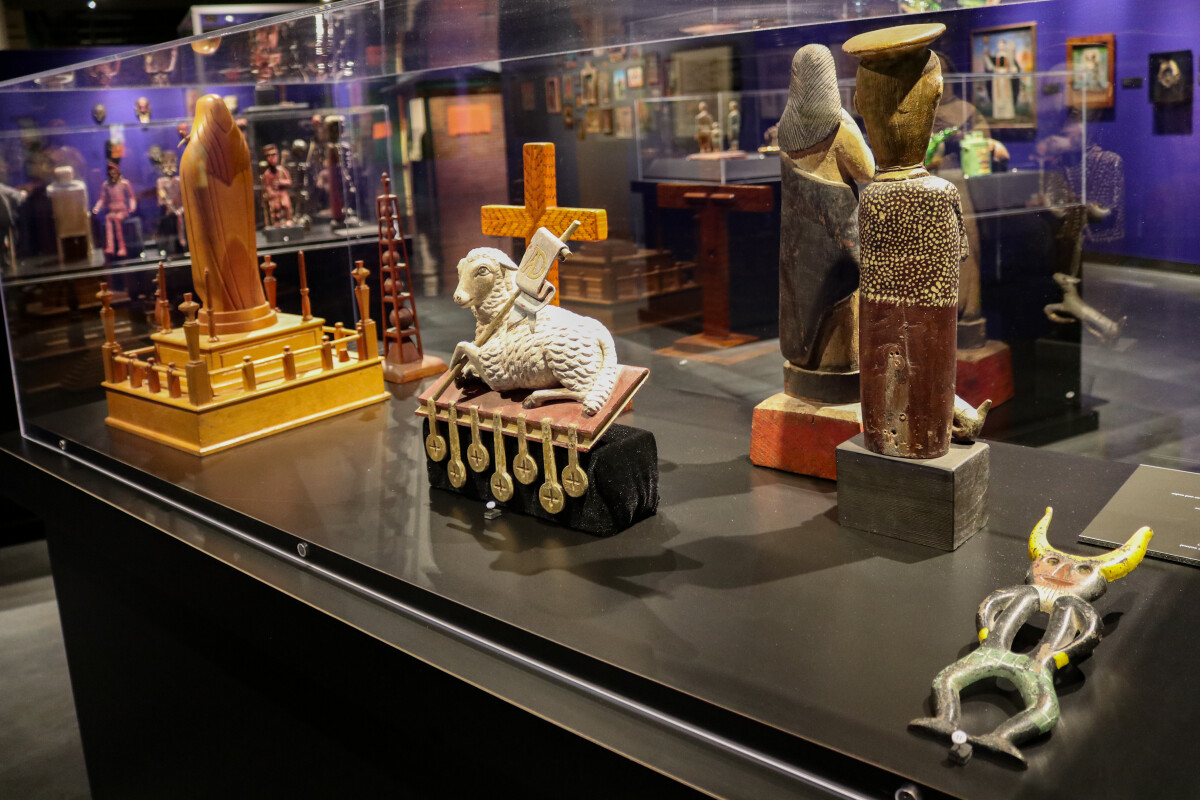
The Devil you Say!
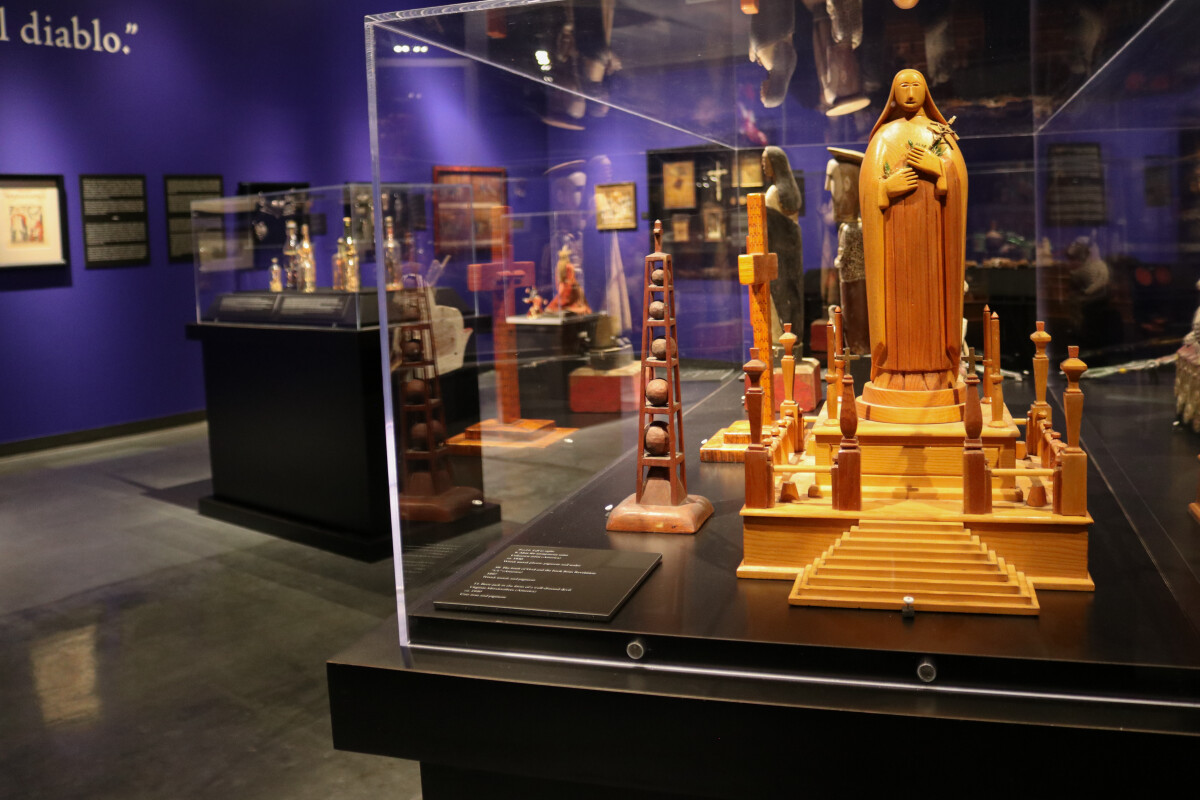
The Devil you Say!
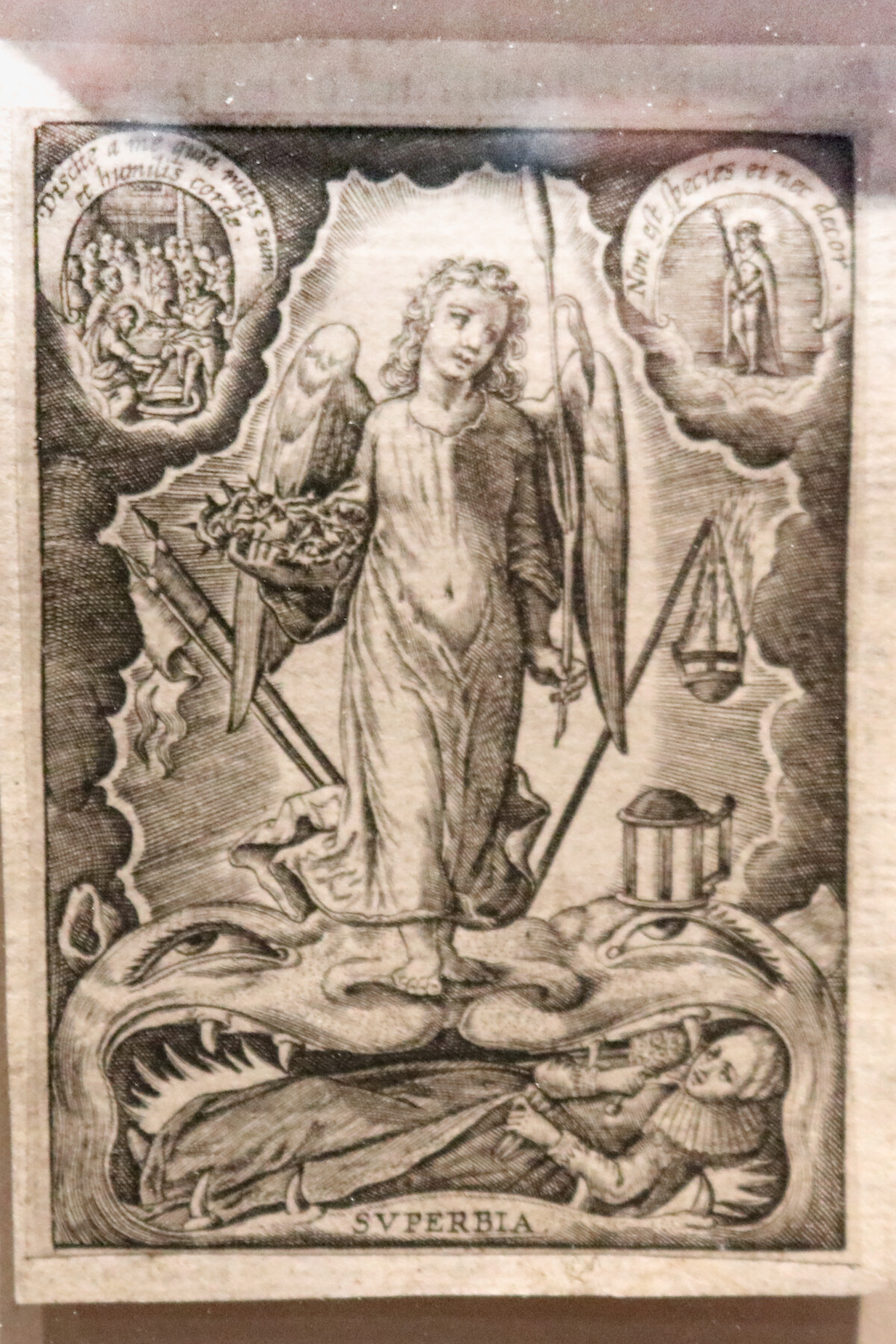
The Devil you Say!
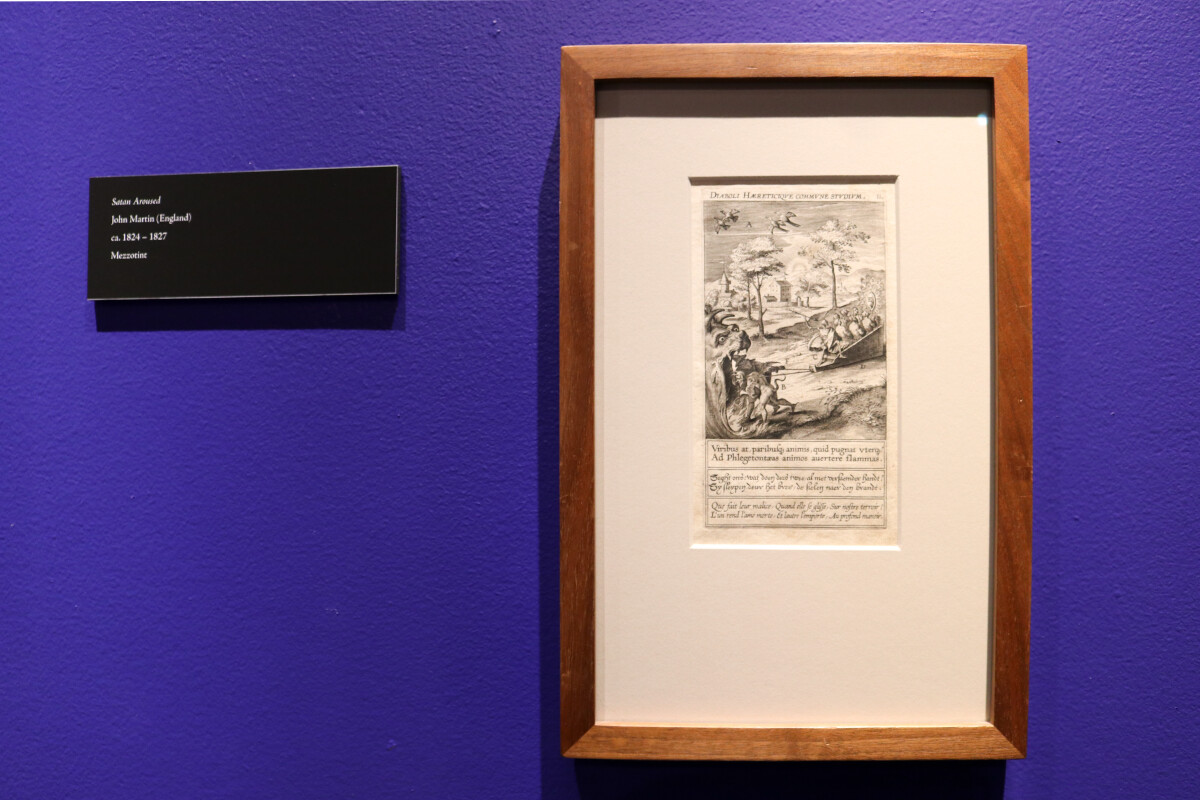
The Devil you Say!
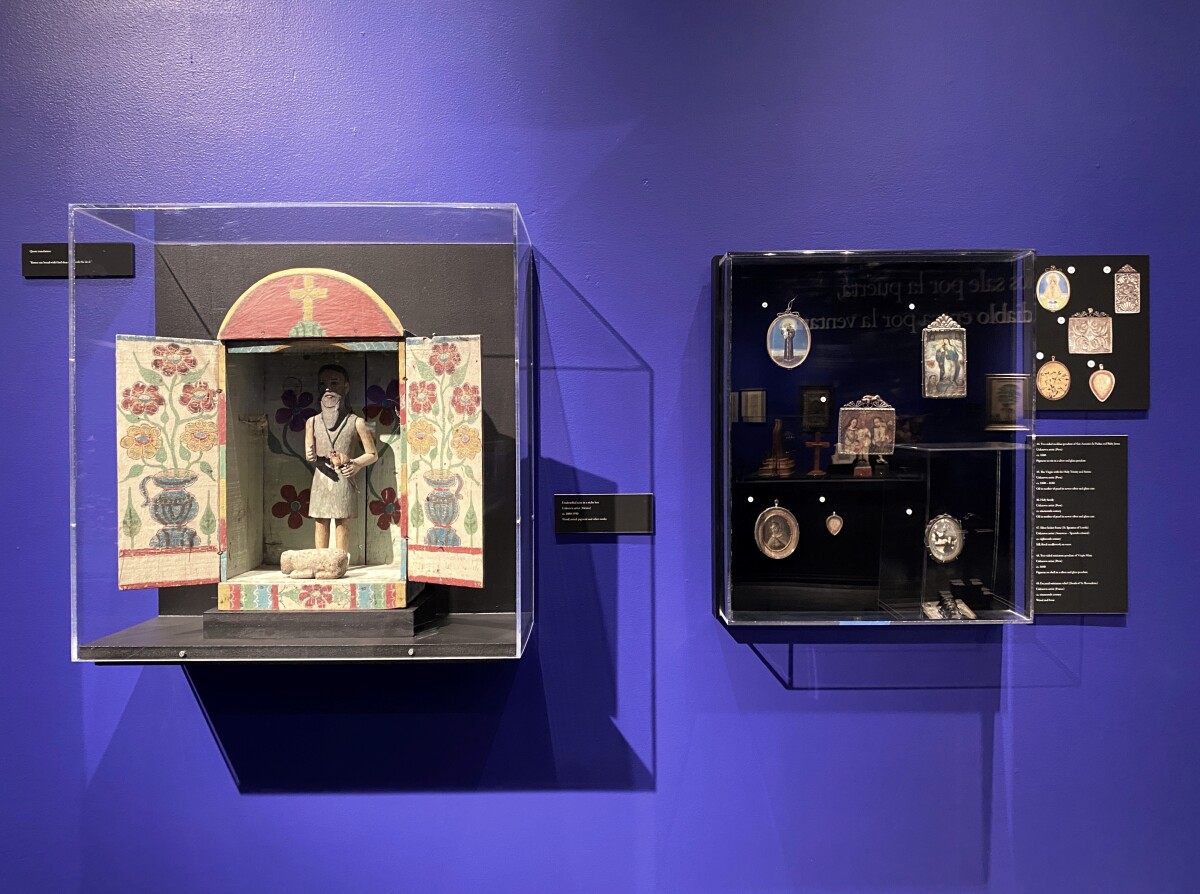
The Devil you Say!
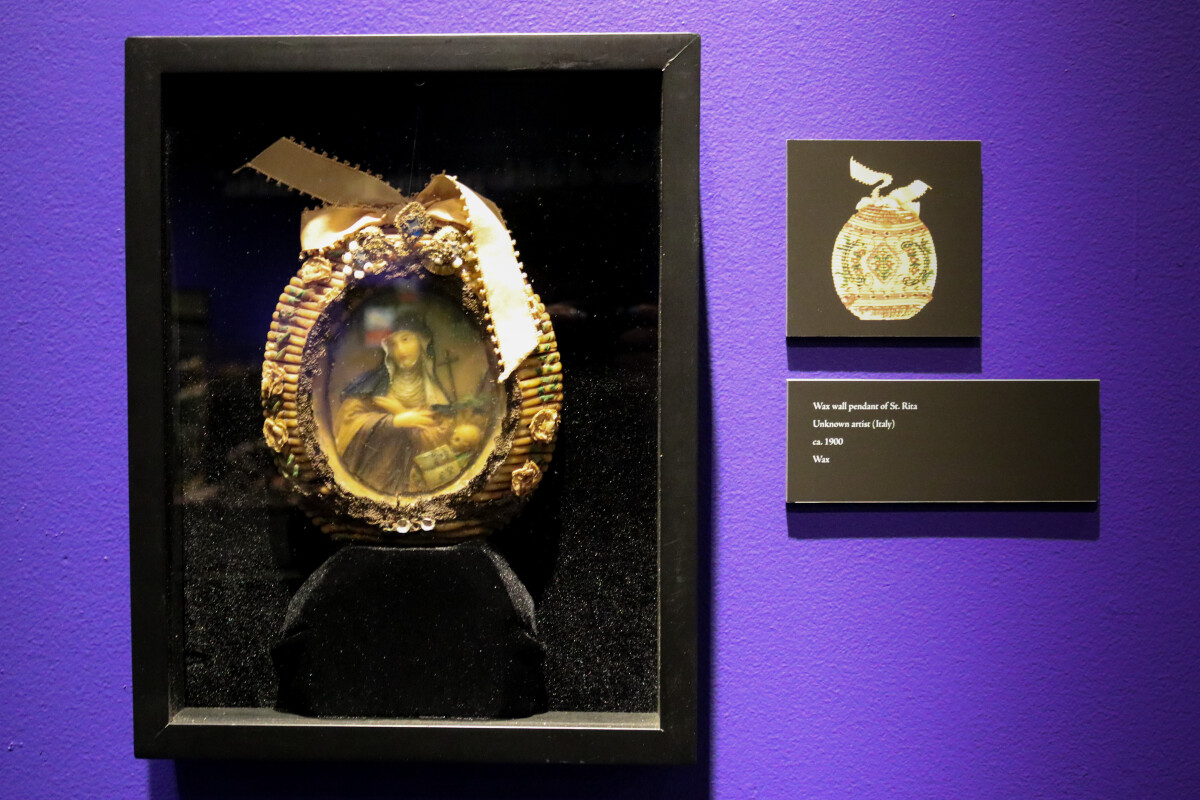
The Devil you Say!
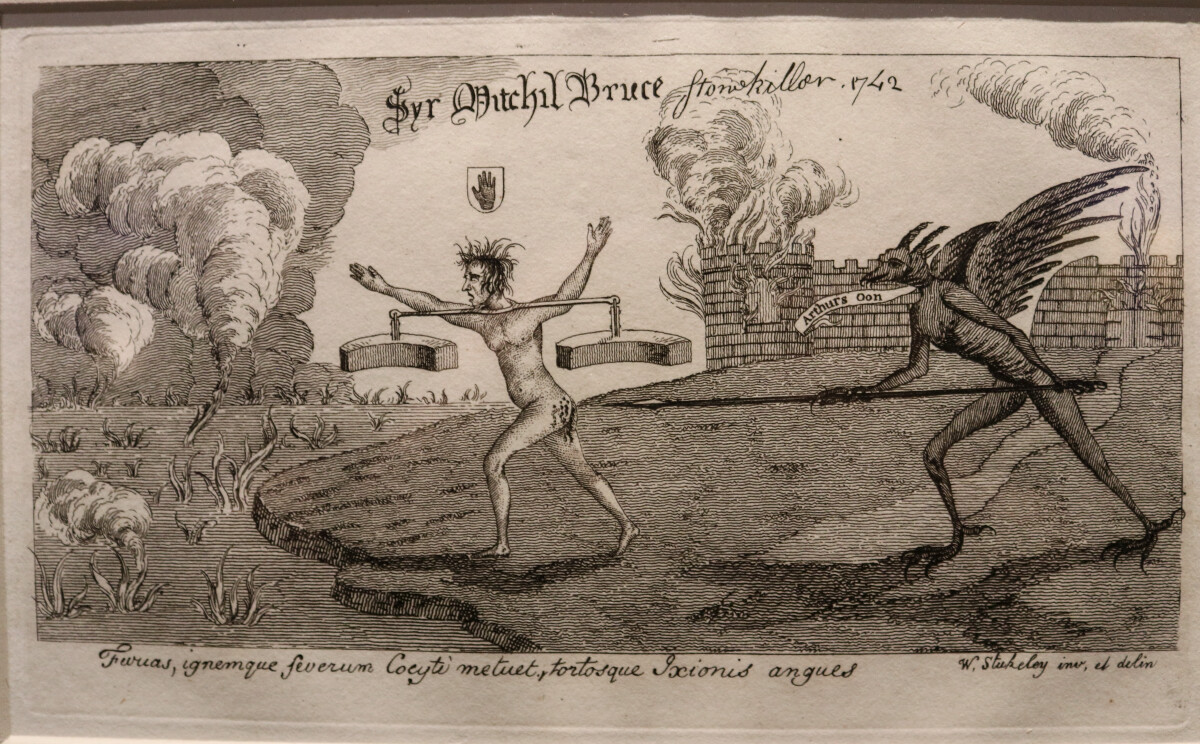
The Devil you Say!
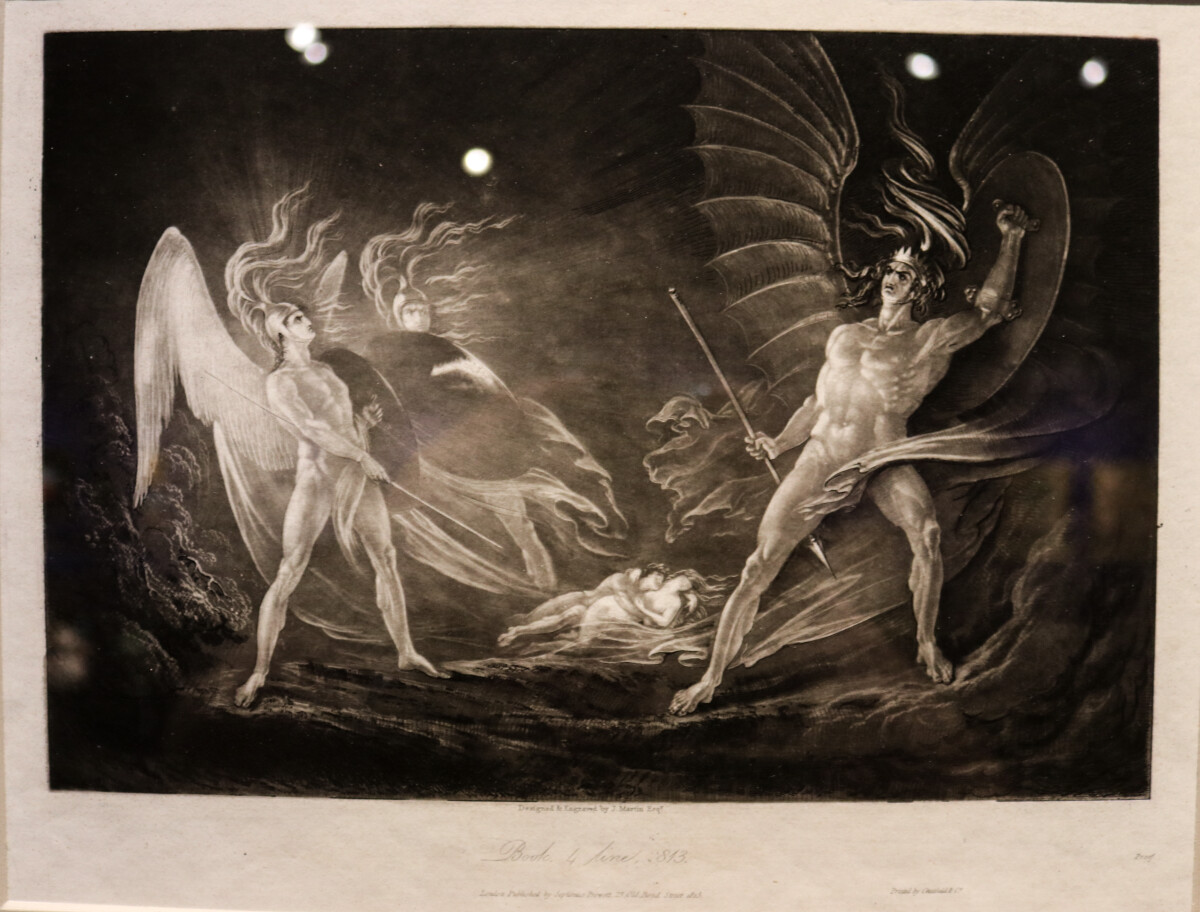
The Devil you Say!
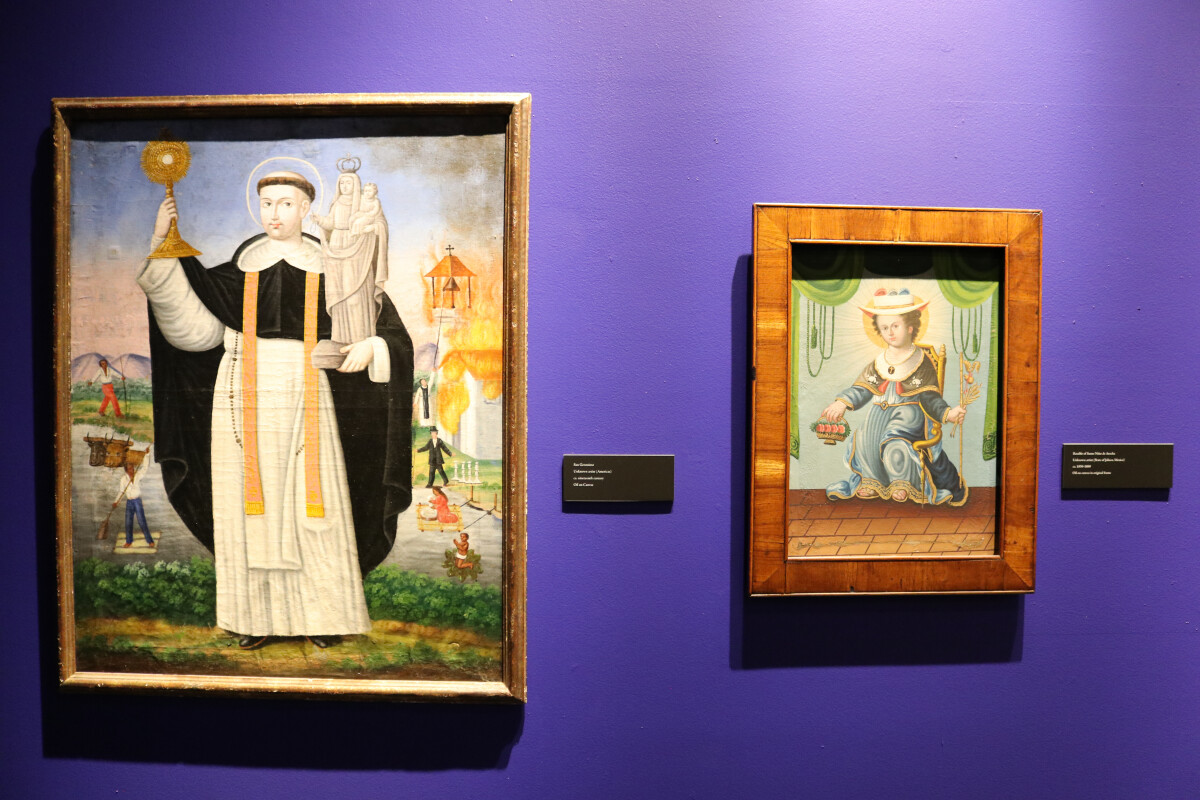
The Devil you Say!
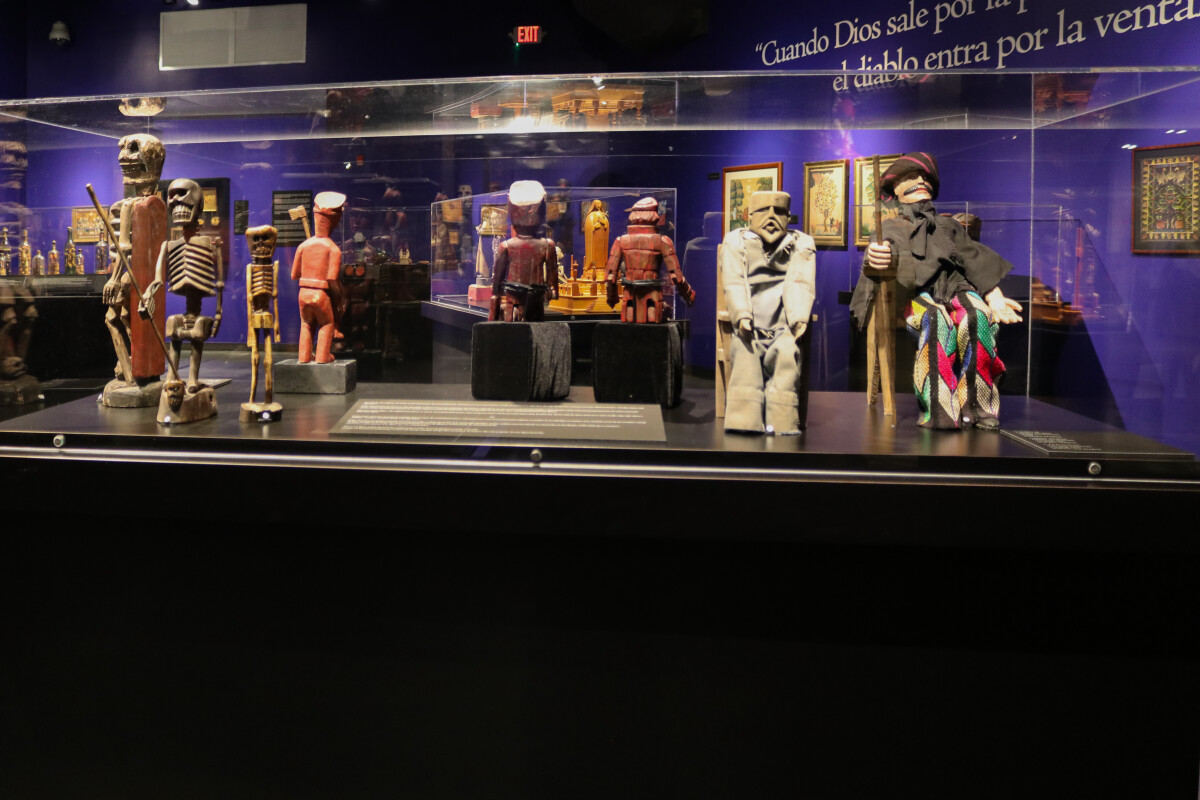
The Devil you Say!
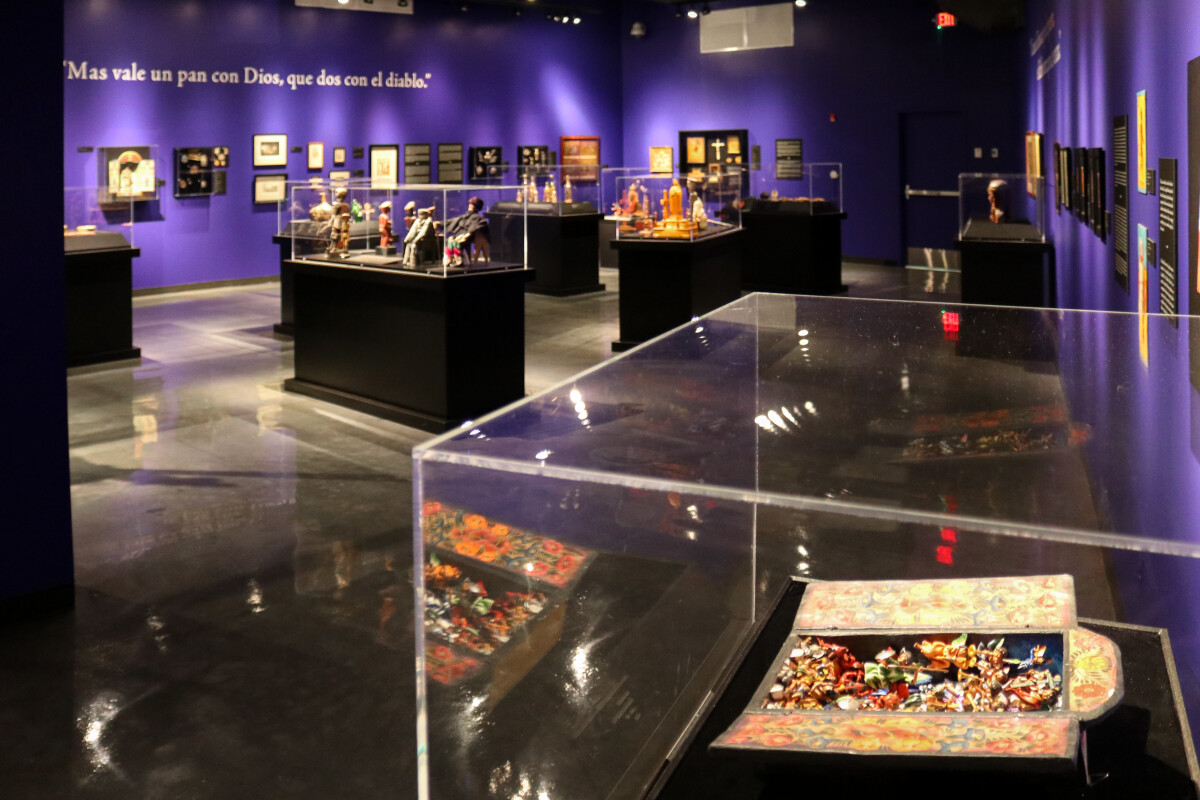
The Devil you Say!
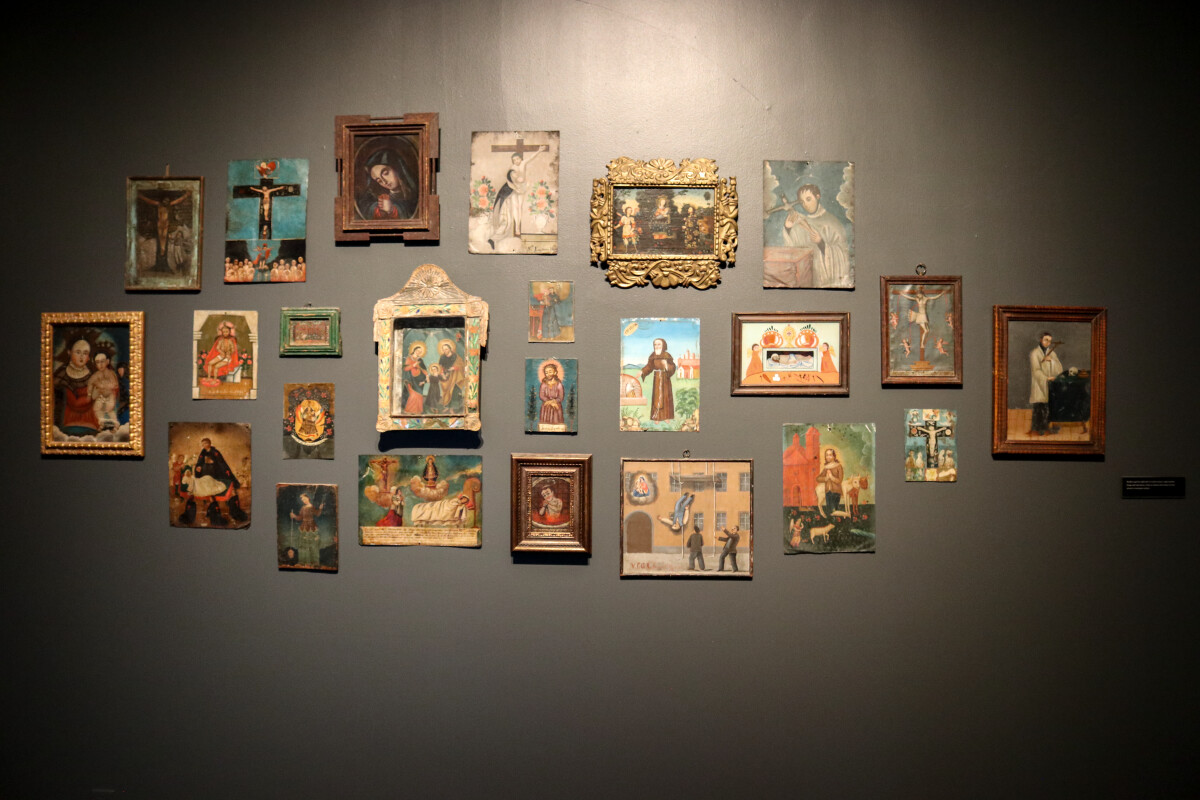
The Devil you Say!
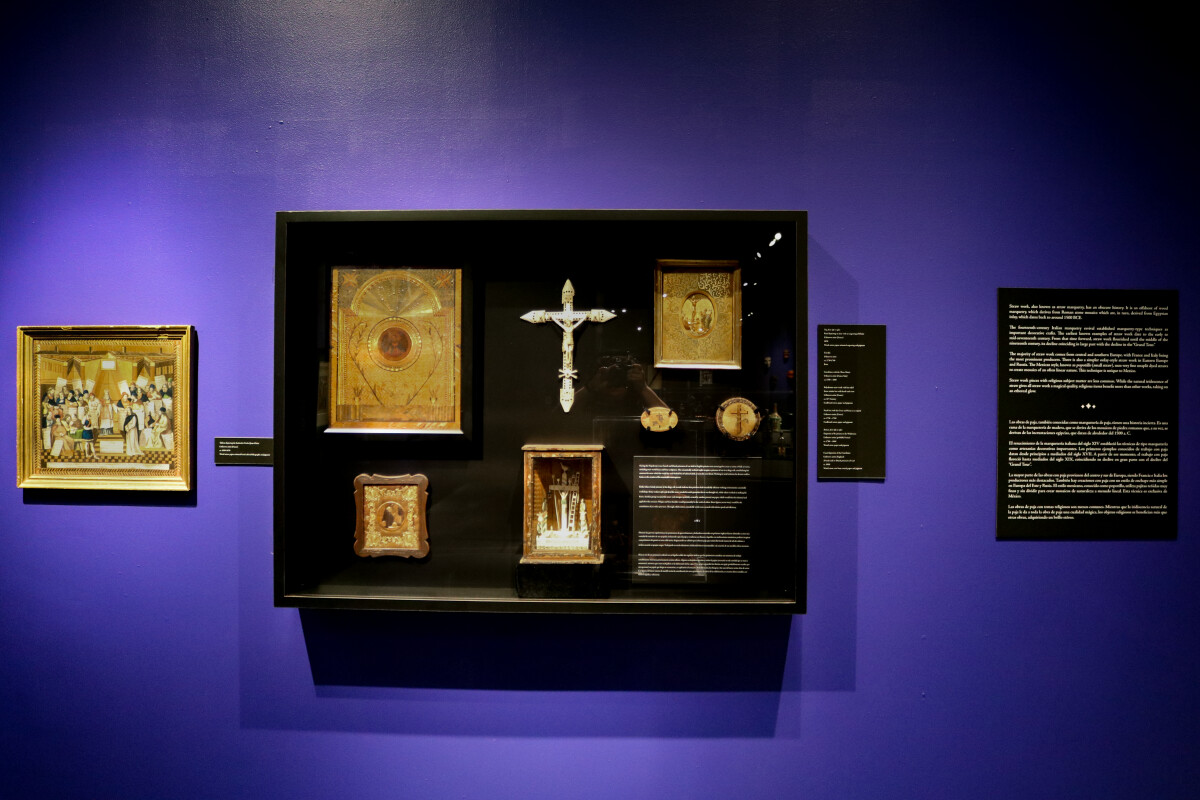
The Devil you Say!
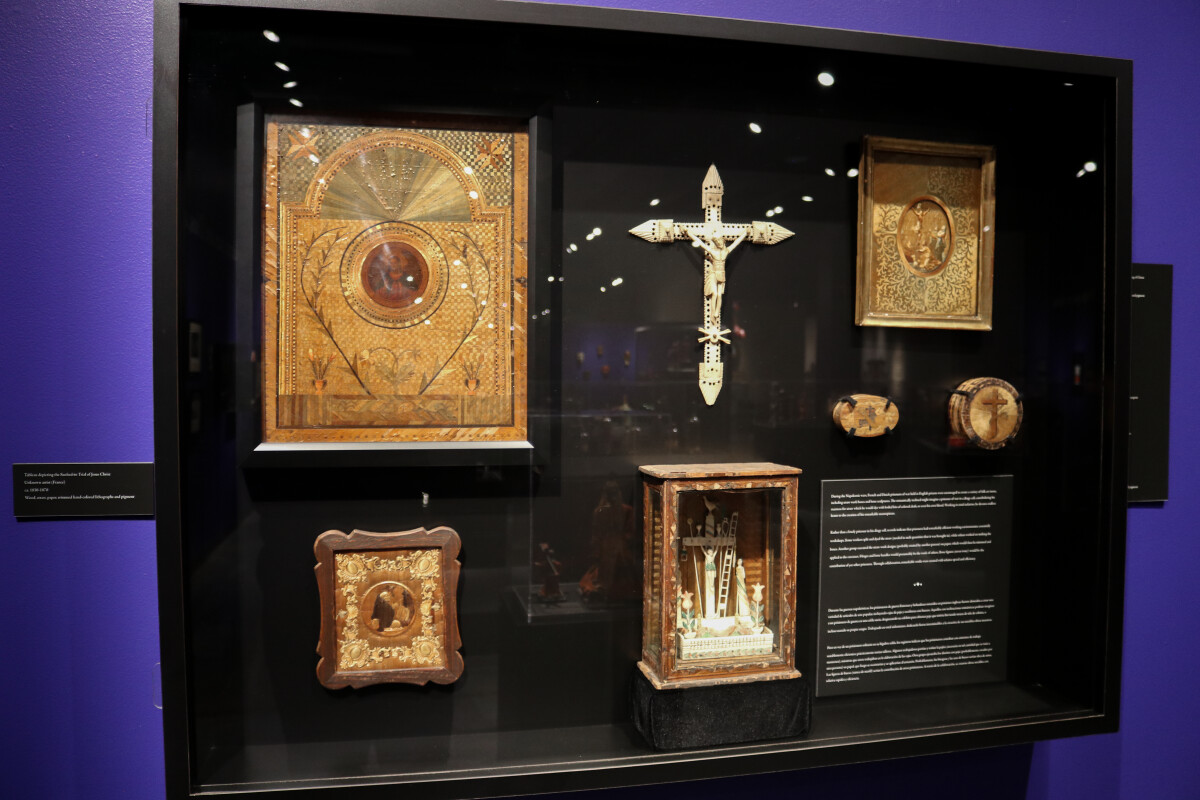
The Devil you Say!
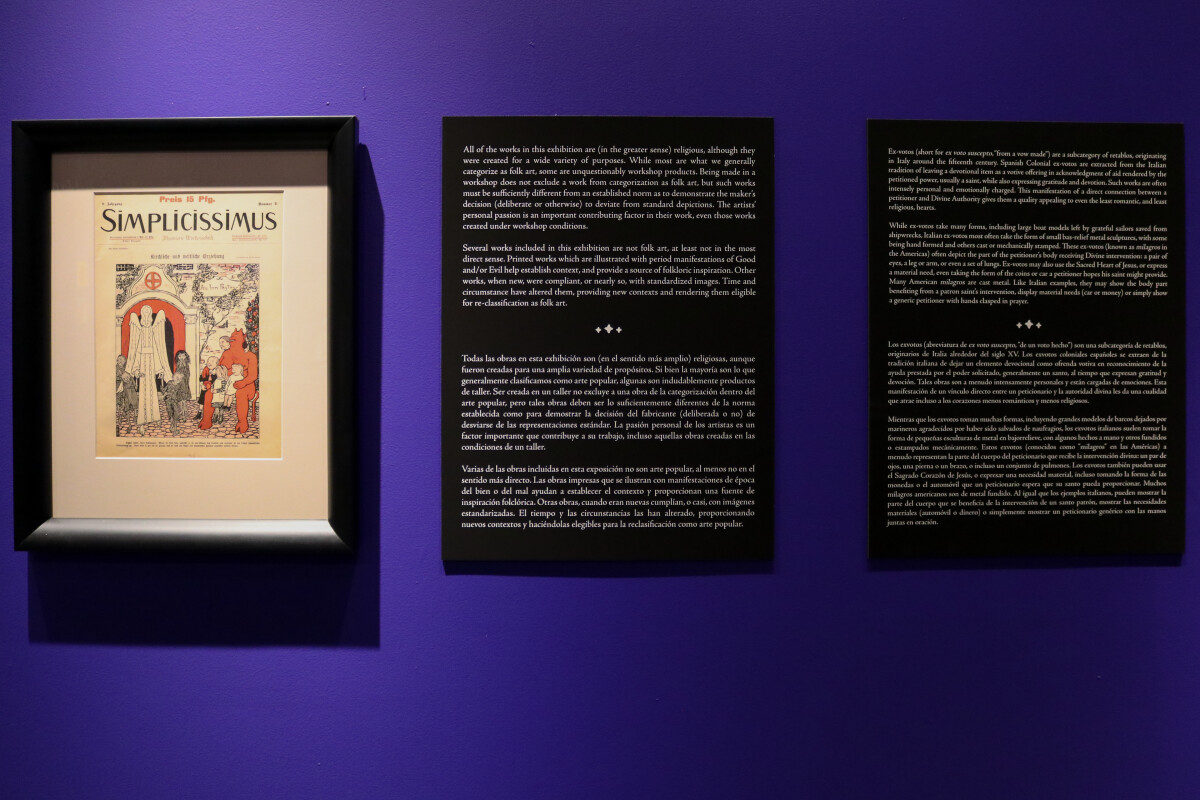
The Devil you Say!
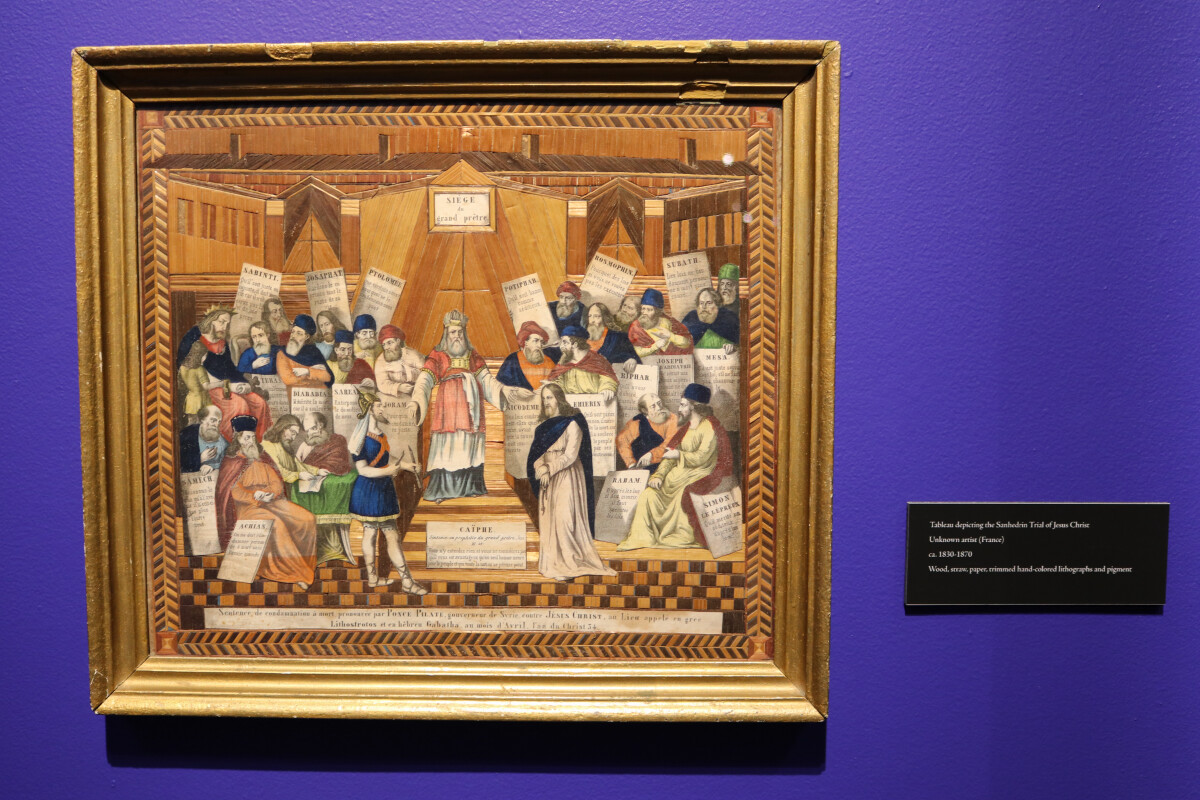
The Devil you Say!
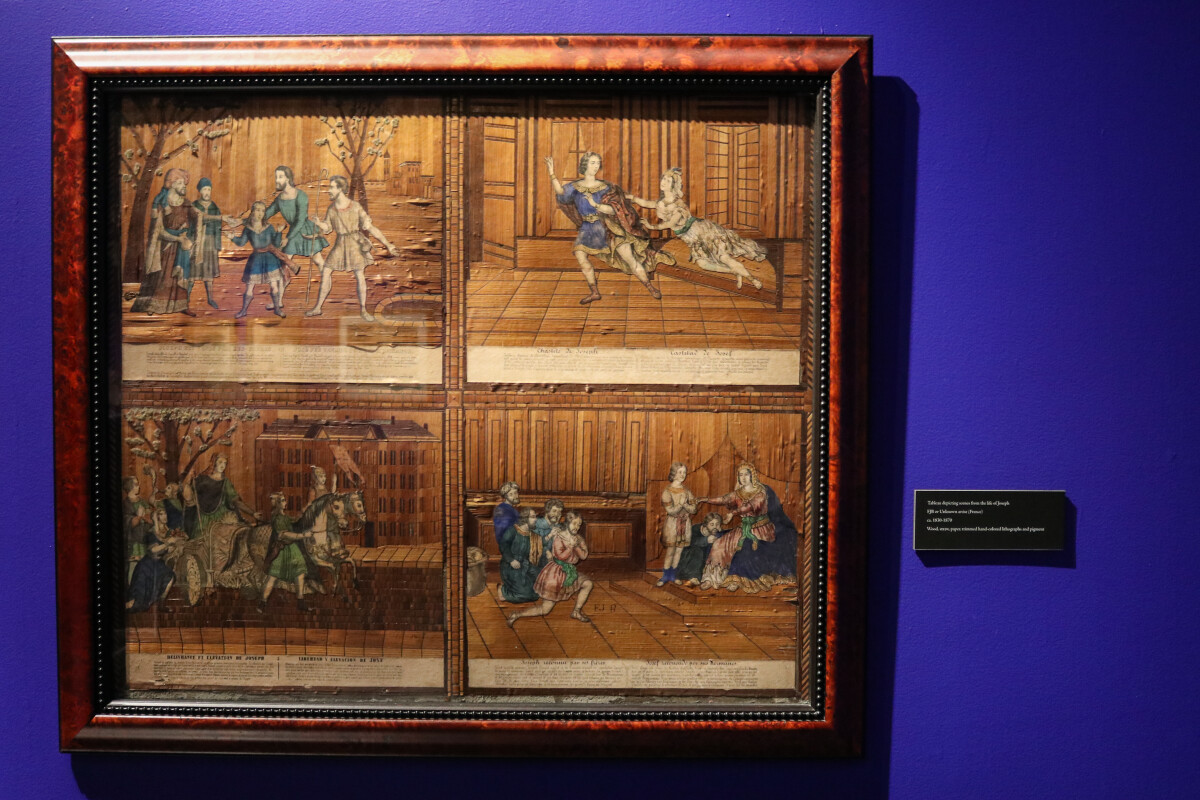
The Devil you Say!
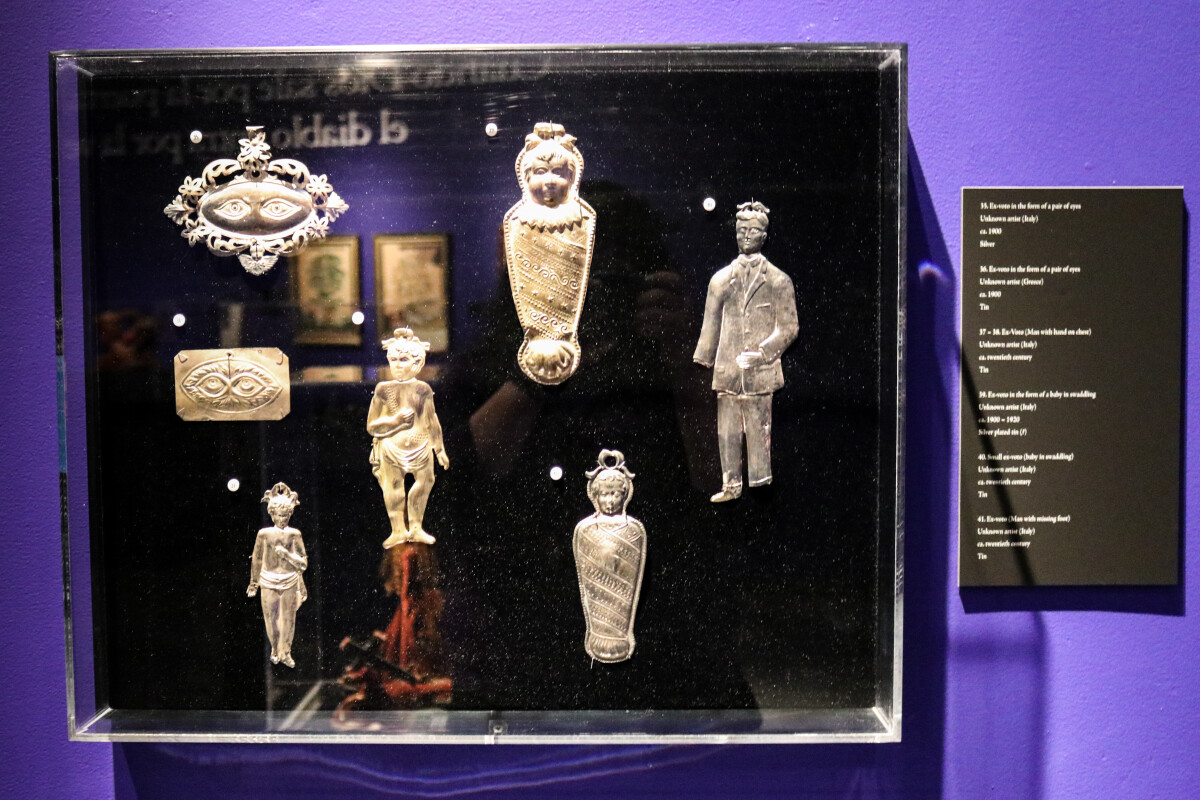
The Devil you Say!
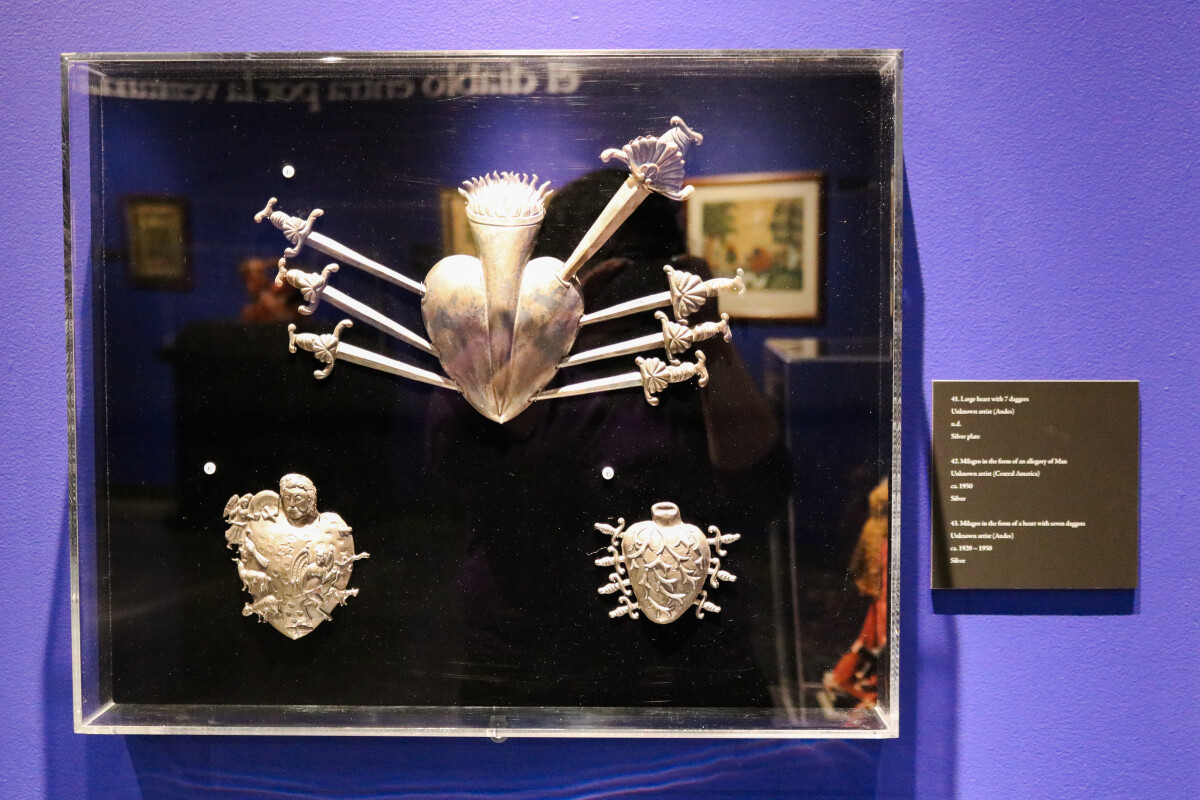
The Devil you Say!
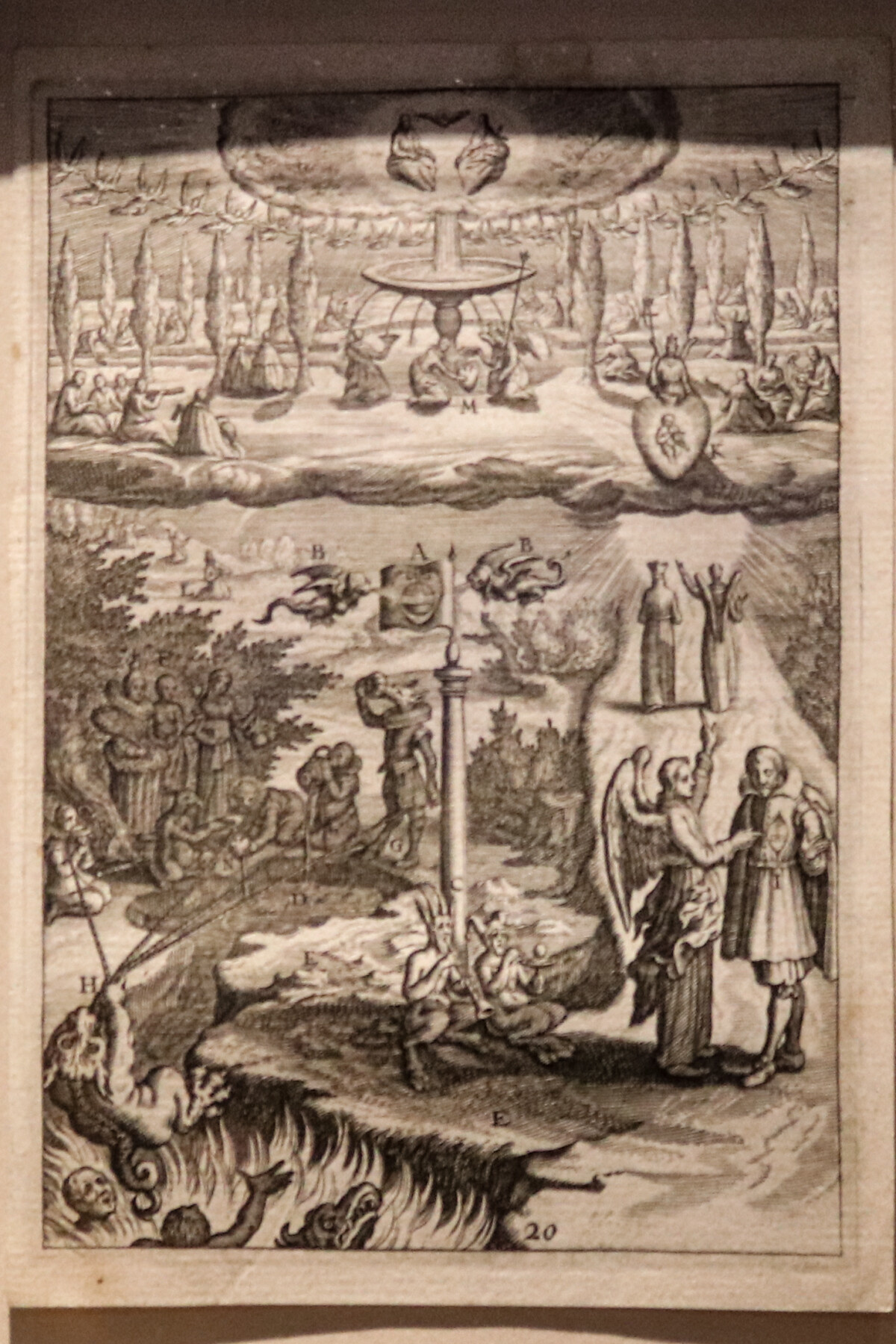
The Devil you Say!
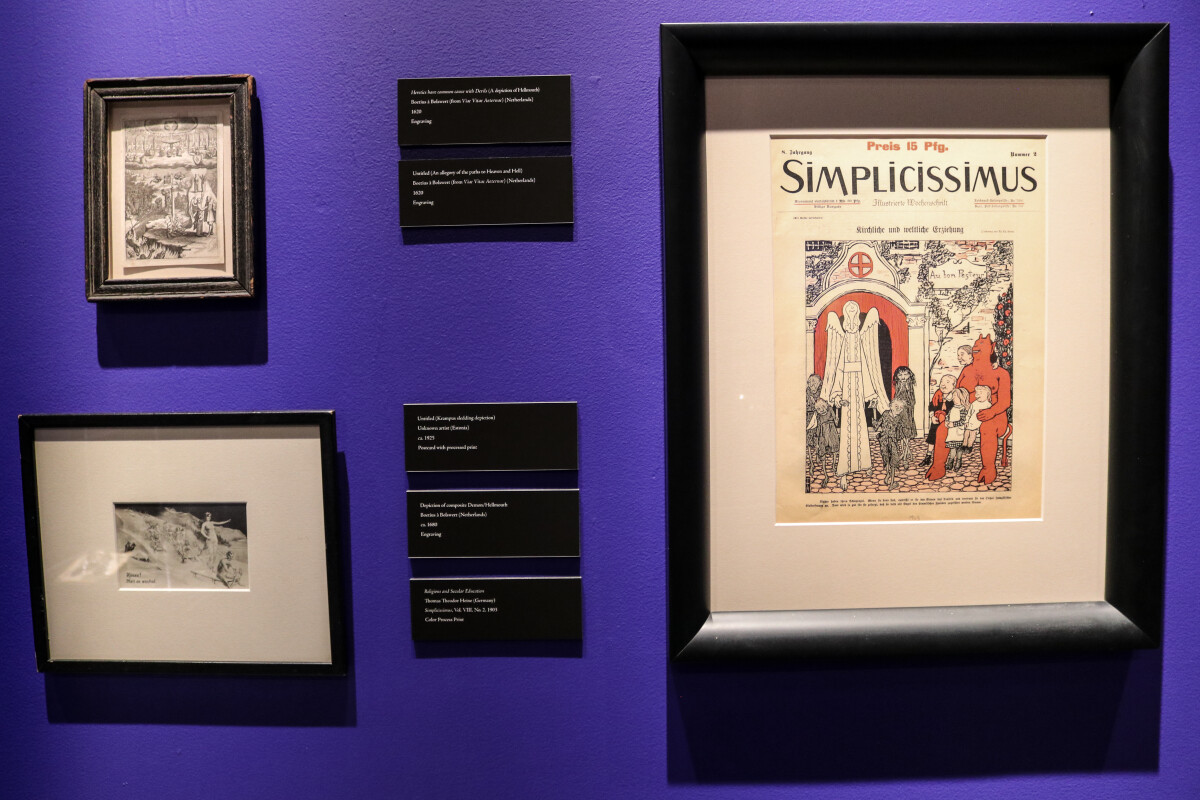
The Devil you Say!
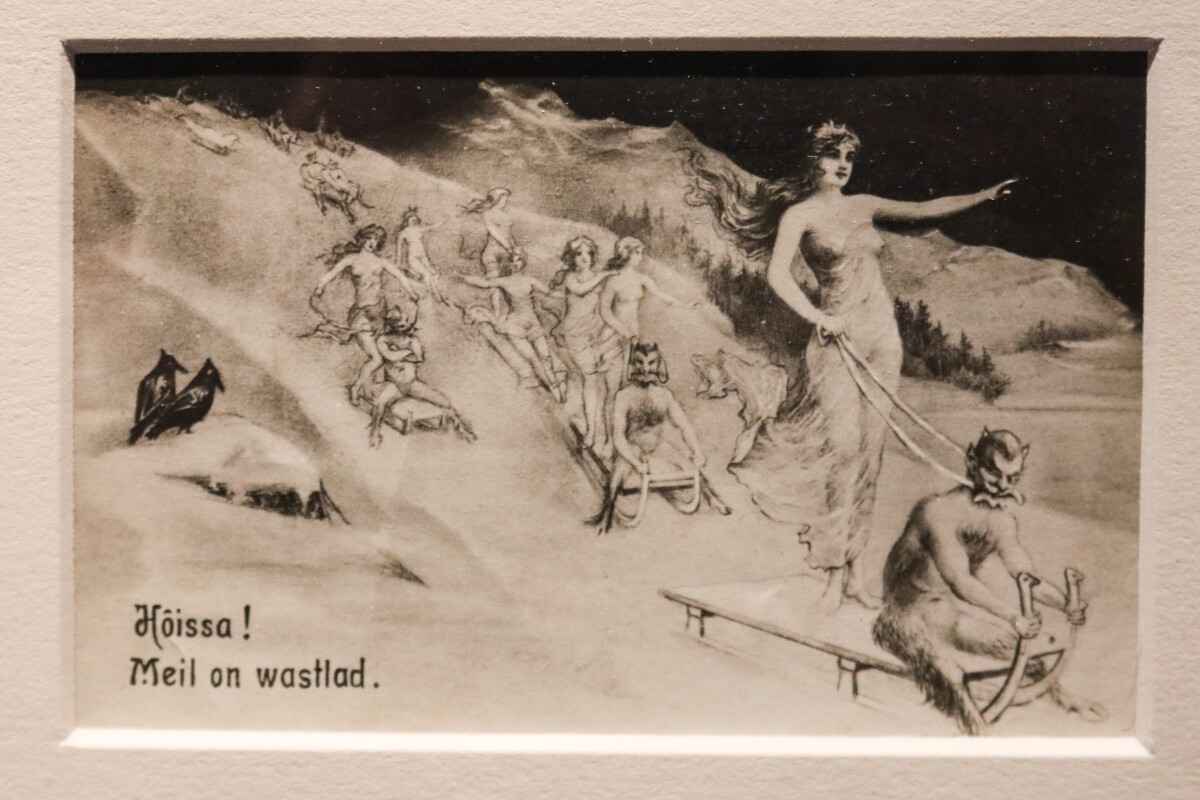
The Devil you Say!
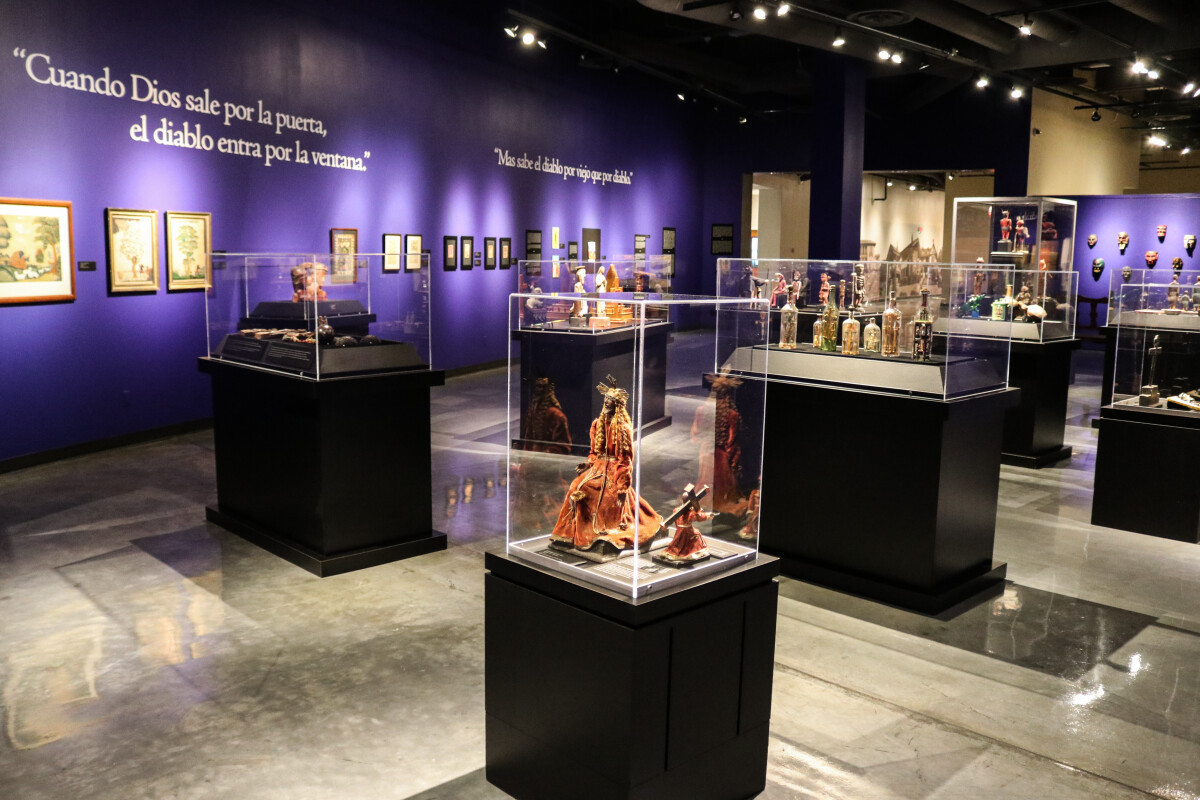
The Devil you Say!
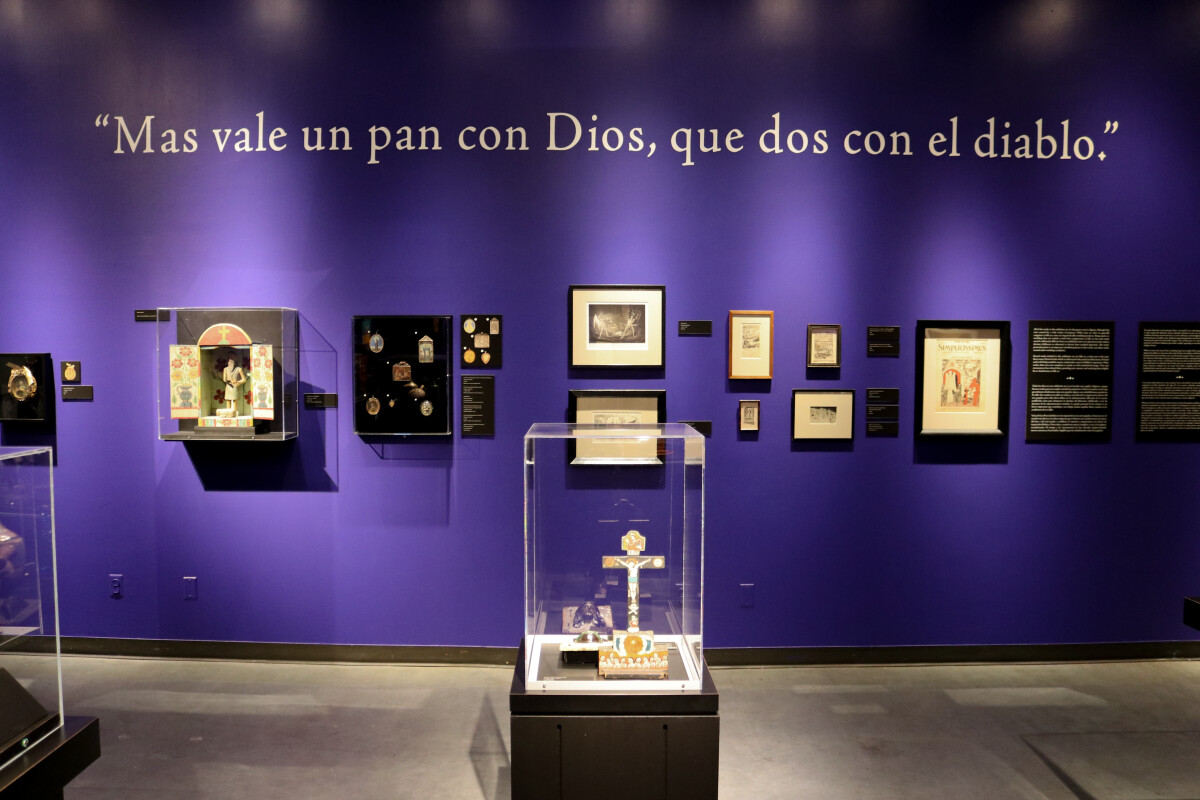
The Devil you Say!
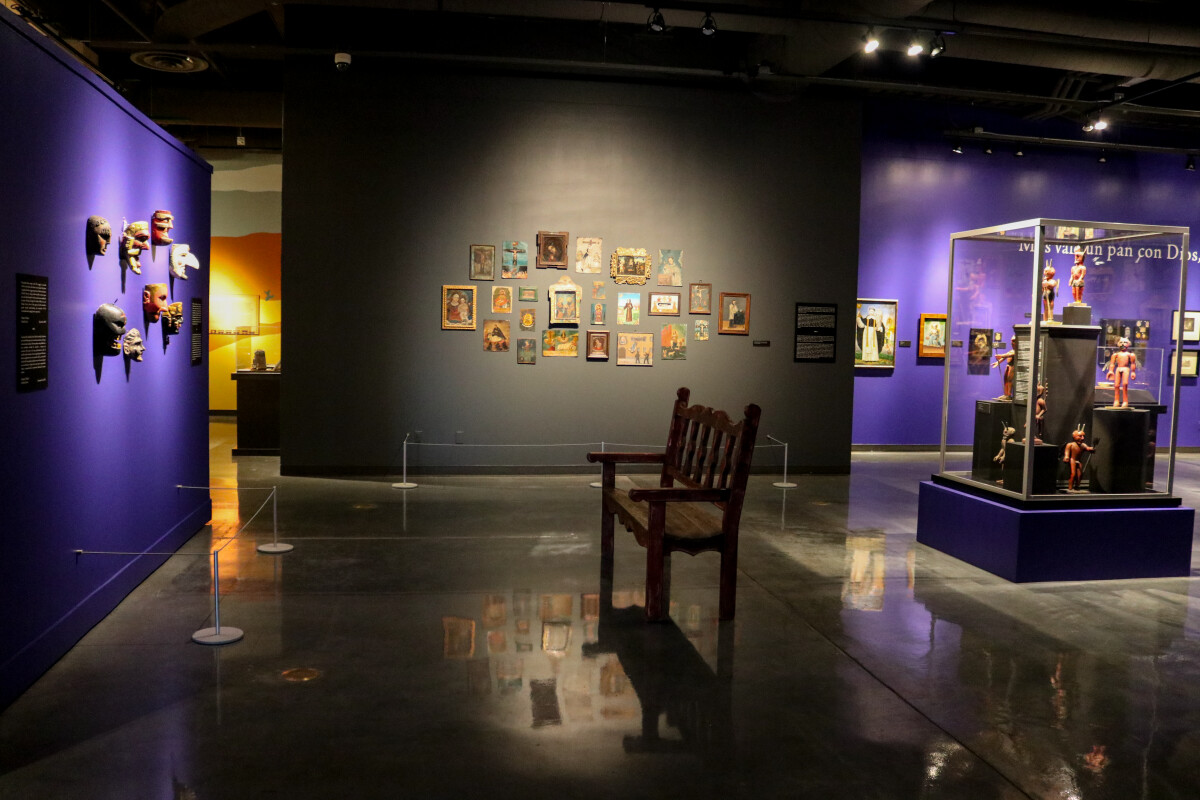
The Devil you Say!
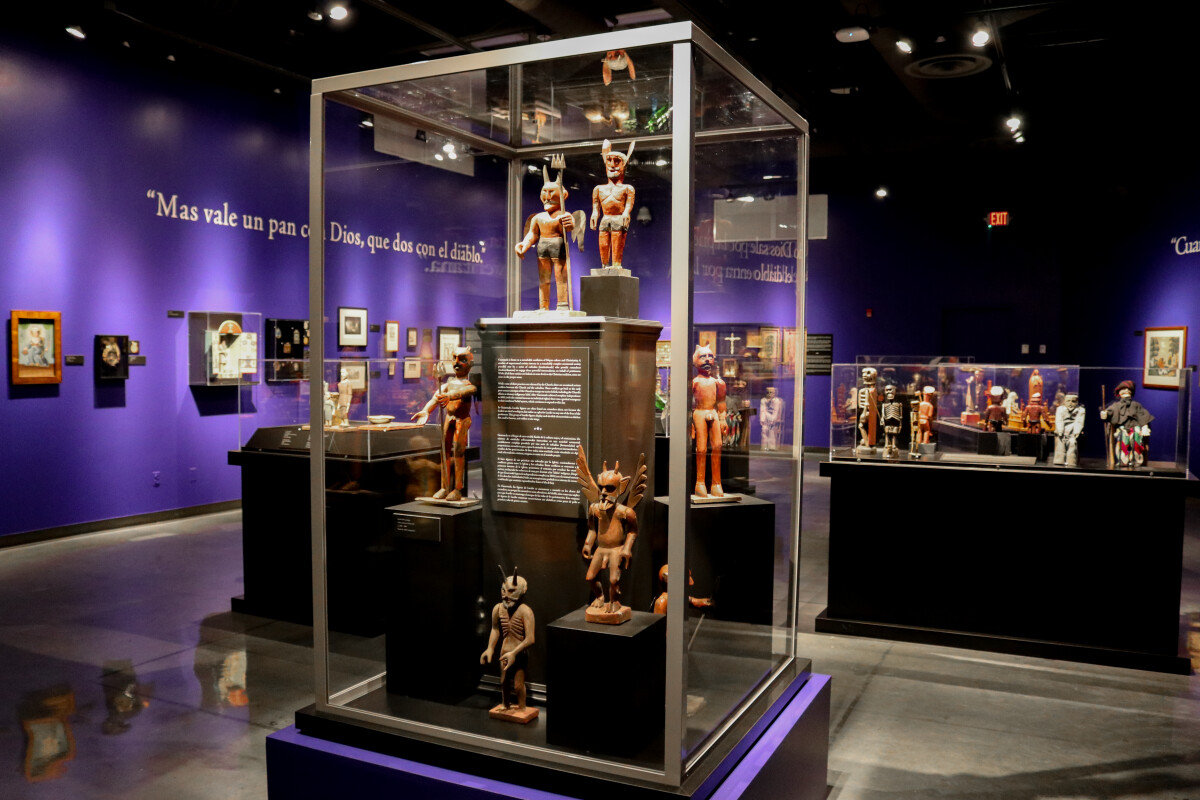
The Devil you Say! The Saintly and not so Saintly in Folk Art
The Devil you Say! The Saintly and not so Saintly, in Folk Art is an exhibition that aims to highlight the ascribed Christian concept of duality, good versus evil, and how that concept has historically shaped folk art practices in the Americas. the Latin American works included herein, are either early works that reflect a standardized formula of European training or are shaped by the artisans' interpretation of Christianity as understood and practices in a deeply rooted Indigenous/Mestizo identity. a section of U.S. American works is also included as it reifies religion-based folk art. This exhibition also includes works from Europe as well as works on paper. Finally, to complement and further provide context, we include accompanying excerpts from the exhibition catalogue written by collector and scholar Michael T. Ricker. We invite the audience to consider the works as a nod to both sides of one coin. The works selected for this exhibition come from a variety of cultures representing centuries of creativity. The inspiration of many of the artists in our exhibition, most of them anonymous, stems from personal belief, often of a profound nature. Some creations emerged from workshops, or near workshop environments, and were intended to meet market demands for devotional objects. Some works are decorative -- others are intended to be used in didactic of publicly devotional manner. some works are intended to profit from a buyer's unreasonable fear (or lack thereof), while others are objects of intense personal devotion, representing visions wildly abstracted from convention and difficult to reattach to established historical context. A few, defying any reasonable categorization, help keep the boundaries delightfully fuzzy.
Area: Central / Downtown
Source: El Paso Museum of History; Michael T. Ricker
Uploaded by: El Paso Museum of History
The Devil you Say! The Saintly and Not so Saintly, in Folk Art
The Devil you Say! The Saintly and not so Saintly, in Folk Art is an exhibition that aims to highlight the ascribed Christian concept of duality, good versus evil, and how that concept has historically shaped folk art practices in the Americas. the Latin American works included herein, are either early works that reflect a standardized formula of European training or are shaped by the artisans' interpretation of Christianity as understood and practices in a deeply rooted Indigenous/Mestizo identity. a section of U.S. American works is also included as it reifies religion-based folk art. This exhibition also includes works from Europe as well as works on paper. Finally, to complement and further provide context, we include accompanying excerpts from the exhibition catalogue written by collector and scholar Michael T. Ricker. We invite the audience to consider the works as a nod to both sides of one coin. The works selected for this exhibition come from a variety of cultures representing centuries of creativity. The inspiration of many of the artists in our exhibition, most of them anonymous, stems from personal belief, often of a profound nature. Some creations emerged from workshops, or near workshop environments, and were intended to meet market demands for devotional objects. Some works are decorative -- others are intended to be used in didactic of publicly devotional manner. some works are intended to profit from a buyer's unreasonable fear (or lack thereof), while others are objects of intense personal devotion, representing visions wildly abstracted from convention and difficult to reattach to established historical context. A few, defying any reasonable categorization, help keep the boundaries delightfully fuzzy.
Area: Central / Downtown
Source: El Paso Museum of History; Michael T. Ricker
Uploaded by: El Paso Museum of History
The Devil you Say! The Saintly and Not so Saintly, in Folk Art
The Devil you Say! The Saintly and not so Saintly, in Folk Art is an exhibition that aims to highlight the ascribed Christian concept of duality, good versus evil, and how that concept has historically shaped folk art practices in the Americas. the Latin American works included herein, are either early works that reflect a standardized formula of European training or are shaped by the artisans' interpretation of Christianity as understood and practices in a deeply rooted Indigenous/Mestizo identity. a section of U.S. American works is also included as it reifies religion-based folk art. This exhibition also includes works from Europe as well as works on paper. Finally, to complement and further provide context, we include accompanying excerpts from the exhibition catalogue written by collector and scholar Michael T. Ricker. We invite the audience to consider the works as a nod to both sides of one coin. The works selected for this exhibition come from a variety of cultures representing centuries of creativity. The inspiration of many of the artists in our exhibition, most of them anonymous, stems from personal belief, often of a profound nature. Some creations emerged from workshops, or near workshop environments, and were intended to meet market demands for devotional objects. Some works are decorative -- others are intended to be used in didactic of publicly devotional manner. some works are intended to profit from a buyer's unreasonable fear (or lack thereof), while others are objects of intense personal devotion, representing visions wildly abstracted from convention and difficult to reattach to established historical context. A few, defying any reasonable categorization, help keep the boundaries delightfully fuzzy.
Area: Central / Downtown
Source: El Paso Museum of History; Michael T. Ricker
Uploaded by: El Paso Museum of History
The Devil you Say! The Saintly and not so Saintly in Folk Art
The Devil you Say! The Saintly and not so Saintly, in Folk Art is an exhibition that aims to highlight the ascribed Christian concept of duality, good versus evil, and how that concept has historically shaped folk art practices in the Americas. the Latin American works included herein, are either early works that reflect a standardized formula of European training or are shaped by the artisans' interpretation of Christianity as understood and practices in a deeply rooted Indigenous/Mestizo identity. a section of U.S. American works is also included as it reifies religion-based folk art. This exhibition also includes works from Europe as well as works on paper. Finally, to complement and further provide context, we include accompanying excerpts from the exhibition catalogue written by collector and scholar Michael T. Ricker. We invite the audience to consider the works as a nod to both sides of one coin. The works selected for this exhibition come from a variety of cultures representing centuries of creativity. The inspiration of many of the artists in our exhibition, most of them anonymous, stems from personal belief, often of a profound nature. Some creations emerged from workshops, or near workshop environments, and were intended to meet market demands for devotional objects. Some works are decorative -- others are intended to be used in didactic of publicly devotional manner. some works are intended to profit from a buyer's unreasonable fear (or lack thereof), while others are objects of intense personal devotion, representing visions wildly abstracted from convention and difficult to reattach to established historical context. A few, defying any reasonable categorization, help keep the boundaries delightfully fuzzy.
Area: Central / Downtown
Source: El Paso Museum of History; Michael T. Ricker
Uploaded by: El Paso Museum of History
The Devil you Say! The Saintly and not so Saintly in Folk Art
The Devil you Say! The Saintly and not so Saintly, in Folk Art is an exhibition that aims to highlight the ascribed Christian concept of duality, good versus evil, and how that concept has historically shaped folk art practices in the Americas. the Latin American works included herein, are either early works that reflect a standardized formula of European training or are shaped by the artisans' interpretation of Christianity as understood and practices in a deeply rooted Indigenous/Mestizo identity. a section of U.S. American works is also included as it reifies religion-based folk art. This exhibition also includes works from Europe as well as works on paper. Finally, to complement and further provide context, we include accompanying excerpts from the exhibition catalogue written by collector and scholar Michael T. Ricker. We invite the audience to consider the works as a nod to both sides of one coin. The works selected for this exhibition come from a variety of cultures representing centuries of creativity. The inspiration of many of the artists in our exhibition, most of them anonymous, stems from personal belief, often of a profound nature. Some creations emerged from workshops, or near workshop environments, and were intended to meet market demands for devotional objects. Some works are decorative -- others are intended to be used in didactic of publicly devotional manner. some works are intended to profit from a buyer's unreasonable fear (or lack thereof), while others are objects of intense personal devotion, representing visions wildly abstracted from convention and difficult to reattach to established historical context. A few, defying any reasonable categorization, help keep the boundaries delightfully fuzzy
Area: Central / Downtown
Source: El Paso Museum of History; Michael T. Ricker
Uploaded by: El Paso Museum of History
The Devil you Say! The Saintly and not so Saintly in Folk Art
The Devil you Say! The Saintly and not so Saintly, in Folk Art is an exhibition that aims to highlight the ascribed Christian concept of duality, good versus evil, and how that concept has historically shaped folk art practices in the Americas. the Latin American works included herein, are either early works that reflect a standardized formula of European training or are shaped by the artisans' interpretation of Christianity as understood and practices in a deeply rooted Indigenous/Mestizo identity. a section of U.S. American works is also included as it reifies religion-based folk art. This exhibition also includes works from Europe as well as works on paper. Finally, to complement and further provide context, we include accompanying excerpts from the exhibition catalogue written by collector and scholar Michael T. Ricker. We invite the audience to consider the works as a nod to both sides of one coin. The works selected for this exhibition come from a variety of cultures representing centuries of creativity. The inspiration of many of the artists in our exhibition, most of them anonymous, stems from personal belief, often of a profound nature. Some creations emerged from workshops, or near workshop environments, and were intended to meet market demands for devotional objects. Some works are decorative -- others are intended to be used in didactic of publicly devotional manner. some works are intended to profit from a buyer's unreasonable fear (or lack thereof), while others are objects of intense personal devotion, representing visions wildly abstracted from convention and difficult to reattach to established historical context. A few, defying any reasonable categorization, help keep the boundaries delightfully fuzzy
Area: Central / Downtown
Source: El Paso Museum of History; Michael T. Ricker
Uploaded by: El Paso Museum of History
The Devil you Say! The Saintly and not so Saintly in Folk Art
The Devil you Say! The Saintly and not so Saintly, in Folk Art is an exhibition that aims to highlight the ascribed Christian concept of duality, good versus evil, and how that concept has historically shaped folk art practices in the Americas. the Latin American works included herein, are either early works that reflect a standardized formula of European training or are shaped by the artisans' interpretation of Christianity as understood and practices in a deeply rooted Indigenous/Mestizo identity. a section of U.S. American works is also included as it reifies religion-based folk art. This exhibition also includes works from Europe as well as works on paper. Finally, to complement and further provide context, we include accompanying excerpts from the exhibition catalogue written by collector and scholar Michael T. Ricker. We invite the audience to consider the works as a nod to both sides of one coin. The works selected for this exhibition come from a variety of cultures representing centuries of creativity. The inspiration of many of the artists in our exhibition, most of them anonymous, stems from personal belief, often of a profound nature. Some creations emerged from workshops, or near workshop environments, and were intended to meet market demands for devotional objects. Some works are decorative -- others are intended to be used in didactic of publicly devotional manner. some works are intended to profit from a buyer's unreasonable fear (or lack thereof), while others are objects of intense personal devotion, representing visions wildly abstracted from convention and difficult to reattach to established historical context. A few, defying any reasonable categorization, help keep the boundaries delightfully fuzzy.
Area: Central / Downtown
Source: El Paso Museum of History; Michael T. Ricker
Uploaded by: El Paso Museum of History
The Devil you Say! The Saintly and not so Saintly in Folk Art
The Devil you Say! The Saintly and not so Saintly, in Folk Art is an exhibition that aims to highlight the ascribed Christian concept of duality, good versus evil, and how that concept has historically shaped folk art practices in the Americas. the Latin American works included herein, are either early works that reflect a standardized formula of European training or are shaped by the artisans' interpretation of Christianity as understood and practices in a deeply rooted Indigenous/Mestizo identity. a section of U.S. American works is also included as it reifies religion-based folk art. This exhibition also includes works from Europe as well as works on paper. Finally, to complement and further provide context, we include accompanying excerpts from the exhibition catalogue written by collector and scholar Michael T. Ricker. We invite the audience to consider the works as a nod to both sides of one coin. The works selected for this exhibition come from a variety of cultures representing centuries of creativity. The inspiration of many of the artists in our exhibition, most of them anonymous, stems from personal belief, often of a profound nature. Some creations emerged from workshops, or near workshop environments, and were intended to meet market demands for devotional objects. Some works are decorative -- others are intended to be used in didactic of publicly devotional manner. some works are intended to profit from a buyer's unreasonable fear (or lack thereof), while others are objects of intense personal devotion, representing visions wildly abstracted from convention and difficult to reattach to established historical context. A few, defying any reasonable categorization, help keep the boundaries delightfully fuzzy.
Area: Central / Downtown
Source: El Paso Museum of History; Michael T. Ricker
Uploaded by: El Paso Museum of History
The Devil you Say! The Saintly and not so Saintly in Folk Art
The Devil you Say! The Saintly and not so Saintly, in Folk Art is an exhibition that aims to highlight the ascribed Christian concept of duality, good versus evil, and how that concept has historically shaped folk art practices in the Americas. the Latin American works included herein, are either early works that reflect a standardized formula of European training or are shaped by the artisans' interpretation of Christianity as understood and practices in a deeply rooted Indigenous/Mestizo identity. a section of U.S. American works is also included as it reifies religion-based folk art. This exhibition also includes works from Europe as well as works on paper. Finally, to complement and further provide context, we include accompanying excerpts from the exhibition catalogue written by collector and scholar Michael T. Ricker. We invite the audience to consider the works as a nod to both sides of one coin. The works selected for this exhibition come from a variety of cultures representing centuries of creativity. The inspiration of many of the artists in our exhibition, most of them anonymous, stems from personal belief, often of a profound nature. Some creations emerged from workshops, or near workshop environments, and were intended to meet market demands for devotional objects. Some works are decorative -- others are intended to be used in didactic of publicly devotional manner. some works are intended to profit from a buyer's unreasonable fear (or lack thereof), while others are objects of intense personal devotion, representing visions wildly abstracted from convention and difficult to reattach to established historical context. A few, defying any reasonable categorization, help keep the boundaries delightfully fuzzy.
Area: Central / Downtown
Source: El Paso Museum of History; Michael T. Ricker
Uploaded by: El Paso Museum of History
The Devil you Say! The Saintly and not so Saintly in Folk Art
The Devil you Say! The Saintly and not so Saintly, in Folk Art is an exhibition that aims to highlight the ascribed Christian concept of duality, good versus evil, and how that concept has historically shaped folk art practices in the Americas. the Latin American works included herein, are either early works that reflect a standardized formula of European training or are shaped by the artisans' interpretation of Christianity as understood and practices in a deeply rooted Indigenous/Mestizo identity. a section of U.S. American works is also included as it reifies religion-based folk art. This exhibition also includes works from Europe as well as works on paper. Finally, to complement and further provide context, we include accompanying excerpts from the exhibition catalogue written by collector and scholar Michael T. Ricker. We invite the audience to consider the works as a nod to both sides of one coin. The works selected for this exhibition come from a variety of cultures representing centuries of creativity. The inspiration of many of the artists in our exhibition, most of them anonymous, stems from personal belief, often of a profound nature. Some creations emerged from workshops, or near workshop environments, and were intended to meet market demands for devotional objects. Some works are decorative -- others are intended to be used in didactic of publicly devotional manner. some works are intended to profit from a buyer's unreasonable fear (or lack thereof), while others are objects of intense personal devotion, representing visions wildly abstracted from convention and difficult to reattach to established historical context. A few, defying any reasonable categorization, help keep the boundaries delightfully fuzzy.
Area: Central / Downtown
Source: El Paso Museum of History; Michael T. Ricker
Uploaded by: El Paso Museum of History
The Devil you Say! The Saintly and not so Saintly in Folk Art
The Devil you Say! The Saintly and not so Saintly, in Folk Art is an exhibition that aims to highlight the ascribed Christian concept of duality, good versus evil, and how that concept has historically shaped folk art practices in the Americas. the Latin American works included herein, are either early works that reflect a standardized formula of European training or are shaped by the artisans' interpretation of Christianity as understood and practices in a deeply rooted Indigenous/Mestizo identity. a section of U.S. American works is also included as it reifies religion-based folk art. This exhibition also includes works from Europe as well as works on paper. Finally, to complement and further provide context, we include accompanying excerpts from the exhibition catalogue written by collector and scholar Michael T. Ricker. We invite the audience to consider the works as a nod to both sides of one coin. The works selected for this exhibition come from a variety of cultures representing centuries of creativity. The inspiration of many of the artists in our exhibition, most of them anonymous, stems from personal belief, often of a profound nature. Some creations emerged from workshops, or near workshop environments, and were intended to meet market demands for devotional objects. Some works are decorative -- others are intended to be used in didactic of publicly devotional manner. some works are intended to profit from a buyer's unreasonable fear (or lack thereof), while others are objects of intense personal devotion, representing visions wildly abstracted from convention and difficult to reattach to established historical context. A few, defying any reasonable categorization, help keep the boundaries delightfully fuzzy.
Area: Central / Downtown
Source: El Paso Museum of History; Michael T. Ricker
Uploaded by: El Paso Museum of History
The Devil you Say! The Saintly and not so Saintly in Folk Art
The Devil you Say! The Saintly and not so Saintly, in Folk Art is an exhibition that aims to highlight the ascribed Christian concept of duality, good versus evil, and how that concept has historically shaped folk art practices in the Americas. the Latin American works included herein, are either early works that reflect a standardized formula of European training or are shaped by the artisans' interpretation of Christianity as understood and practices in a deeply rooted Indigenous/Mestizo identity. a section of U.S. American works is also included as it reifies religion-based folk art. This exhibition also includes works from Europe as well as works on paper. Finally, to complement and further provide context, we include accompanying excerpts from the exhibition catalogue written by collector and scholar Michael T. Ricker. We invite the audience to consider the works as a nod to both sides of one coin. The works selected for this exhibition come from a variety of cultures representing centuries of creativity. The inspiration of many of the artists in our exhibition, most of them anonymous, stems from personal belief, often of a profound nature. Some creations emerged from workshops, or near workshop environments, and were intended to meet market demands for devotional objects. Some works are decorative -- others are intended to be used in didactic of publicly devotional manner. some works are intended to profit from a buyer's unreasonable fear (or lack thereof), while others are objects of intense personal devotion, representing visions wildly abstracted from convention and difficult to reattach to established historical context. A few, defying any reasonable categorization, help keep the boundaries delightfully fuzzy.
Area: Central / Downtown
Source: El Paso Museum of History; Michael T. Ricker
Uploaded by: El Paso Museum of History
The Devil you Say! The Saintly and not so Saintly in Folk Art
The Devil you Say! The Saintly and not so Saintly, in Folk Art is an exhibition that aims to highlight the ascribed Christian concept of duality, good versus evil, and how that concept has historically shaped folk art practices in the Americas. the Latin American works included herein, are either early works that reflect a standardized formula of European training or are shaped by the artisans' interpretation of Christianity as understood and practices in a deeply rooted Indigenous/Mestizo identity. a section of U.S. American works is also included as it reifies religion-based folk art. This exhibition also includes works from Europe as well as works on paper. Finally, to complement and further provide context, we include accompanying excerpts from the exhibition catalogue written by collector and scholar Michael T. Ricker. We invite the audience to consider the works as a nod to both sides of one coin. The works selected for this exhibition come from a variety of cultures representing centuries of creativity. The inspiration of many of the artists in our exhibition, most of them anonymous, stems from personal belief, often of a profound nature. Some creations emerged from workshops, or near workshop environments, and were intended to meet market demands for devotional objects. Some works are decorative -- others are intended to be used in didactic of publicly devotional manner. some works are intended to profit from a buyer's unreasonable fear (or lack thereof), while others are objects of intense personal devotion, representing visions wildly abstracted from convention and difficult to reattach to established historical context. A few, defying any reasonable categorization, help keep the boundaries delightfully fuzzy.
Area: Central / Downtown
Source: El Paso Museum of History; Michael T. Ricker
Uploaded by: El Paso Museum of History
The Devil you Say! The Saintly and not so Saintly in Folk Art
The Devil you Say! The Saintly and not so Saintly, in Folk Art is an exhibition that aims to highlight the ascribed Christian concept of duality, good versus evil, and how that concept has historically shaped folk art practices in the Americas. the Latin American works included herein, are either early works that reflect a standardized formula of European training or are shaped by the artisans' interpretation of Christianity as understood and practices in a deeply rooted Indigenous/Mestizo identity. a section of U.S. American works is also included as it reifies religion-based folk art. This exhibition also includes works from Europe as well as works on paper. Finally, to complement and further provide context, we include accompanying excerpts from the exhibition catalogue written by collector and scholar Michael T. Ricker. We invite the audience to consider the works as a nod to both sides of one coin. The works selected for this exhibition come from a variety of cultures representing centuries of creativity. The inspiration of many of the artists in our exhibition, most of them anonymous, stems from personal belief, often of a profound nature. Some creations emerged from workshops, or near workshop environments, and were intended to meet market demands for devotional objects. Some works are decorative -- others are intended to be used in didactic of publicly devotional manner. some works are intended to profit from a buyer's unreasonable fear (or lack thereof), while others are objects of intense personal devotion, representing visions wildly abstracted from convention and difficult to reattach to established historical context. A few, defying any reasonable categorization, help keep the boundaries delightfully fuzzy.
Area: Central / Downtown
Source: El Paso Museum of History; Michael T. Ricker
Uploaded by: El Paso Museum of History
The Devil you Say! The Saintly and not so Saintly in Folk Art
The Devil you Say! The Saintly and not so Saintly, in Folk Art is an exhibition that aims to highlight the ascribed Christian concept of duality, good versus evil, and how that concept has historically shaped folk art practices in the Americas. the Latin American works included herein, are either early works that reflect a standardized formula of European training or are shaped by the artisans' interpretation of Christianity as understood and practices in a deeply rooted Indigenous/Mestizo identity. a section of U.S. American works is also included as it reifies religion-based folk art. This exhibition also includes works from Europe as well as works on paper. Finally, to complement and further provide context, we include accompanying excerpts from the exhibition catalogue written by collector and scholar Michael T. Ricker. We invite the audience to consider the works as a nod to both sides of one coin. The works selected for this exhibition come from a variety of cultures representing centuries of creativity. The inspiration of many of the artists in our exhibition, most of them anonymous, stems from personal belief, often of a profound nature. Some creations emerged from workshops, or near workshop environments, and were intended to meet market demands for devotional objects. Some works are decorative -- others are intended to be used in didactic of publicly devotional manner. some works are intended to profit from a buyer's unreasonable fear (or lack thereof), while others are objects of intense personal devotion, representing visions wildly abstracted from convention and difficult to reattach to established historical context. A few, defying any reasonable categorization, help keep the boundaries delightfully fuzzy.
Area: Central / Downtown
Source: El Paso Museum of History; Michael T. Ricker
Uploaded by: El Paso Museum of History
The Devil you Say! The Saintly and not so Saintly in Folk Art
The Devil you Say! The Saintly and not so Saintly, in Folk Art is an exhibition that aims to highlight the ascribed Christian concept of duality, good versus evil, and how that concept has historically shaped folk art practices in the Americas. the Latin American works included herein, are either early works that reflect a standardized formula of European training or are shaped by the artisans' interpretation of Christianity as understood and practices in a deeply rooted Indigenous/Mestizo identity. a section of U.S. American works is also included as it reifies religion-based folk art. This exhibition also includes works from Europe as well as works on paper. Finally, to complement and further provide context, we include accompanying excerpts from the exhibition catalogue written by collector and scholar Michael T. Ricker. We invite the audience to consider the works as a nod to both sides of one coin. The works selected for this exhibition come from a variety of cultures representing centuries of creativity. The inspiration of many of the artists in our exhibition, most of them anonymous, stems from personal belief, often of a profound nature. Some creations emerged from workshops, or near workshop environments, and were intended to meet market demands for devotional objects. Some works are decorative -- others are intended to be used in didactic of publicly devotional manner. some works are intended to profit from a buyer's unreasonable fear (or lack thereof), while others are objects of intense personal devotion, representing visions wildly abstracted from convention and difficult to reattach to established historical context. A few, defying any reasonable categorization, help keep the boundaries delightfully fuzzy.
Area: Central / Downtown
Source: El Paso Museum of History; Michael T. Ricker
Uploaded by: El Paso Museum of History
The Devil you Say! The Saintly and not so Saintly in Folk Art
The Devil you Say! The Saintly and not so Saintly, in Folk Art is an exhibition that aims to highlight the ascribed Christian concept of duality, good versus evil, and how that concept has historically shaped folk art practices in the Americas. the Latin American works included herein, are either early works that reflect a standardized formula of European training or are shaped by the artisans' interpretation of Christianity as understood and practices in a deeply rooted Indigenous/Mestizo identity. a section of U.S. American works is also included as it reifies religion-based folk art. This exhibition also includes works from Europe as well as works on paper. Finally, to complement and further provide context, we include accompanying excerpts from the exhibition catalogue written by collector and scholar Michael T. Ricker. We invite the audience to consider the works as a nod to both sides of one coin. The works selected for this exhibition come from a variety of cultures representing centuries of creativity. The inspiration of many of the artists in our exhibition, most of them anonymous, stems from personal belief, often of a profound nature. Some creations emerged from workshops, or near workshop environments, and were intended to meet market demands for devotional objects. Some works are decorative -- others are intended to be used in didactic of publicly devotional manner. some works are intended to profit from a buyer's unreasonable fear (or lack thereof), while others are objects of intense personal devotion, representing visions wildly abstracted from convention and difficult to reattach to established historical context. A few, defying any reasonable categorization, help keep the boundaries delightfully fuzzy.
Area: Central / Downtown
Source: El Paso Museum of History; Michael T. Ricker
Uploaded by: El Paso Museum of History
The Devil you Say! The Saintly and not so Saintly in Folk Art
The Devil you Say! The Saintly and not so Saintly, in Folk Art is an exhibition that aims to highlight the ascribed Christian concept of duality, good versus evil, and how that concept has historically shaped folk art practices in the Americas. the Latin American works included herein, are either early works that reflect a standardized formula of European training or are shaped by the artisans' interpretation of Christianity as understood and practices in a deeply rooted Indigenous/Mestizo identity. a section of U.S. American works is also included as it reifies religion-based folk art. This exhibition also includes works from Europe as well as works on paper. Finally, to complement and further provide context, we include accompanying excerpts from the exhibition catalogue written by collector and scholar Michael T. Ricker. We invite the audience to consider the works as a nod to both sides of one coin. “The works selected for this exhibition come from a variety of cultures representing centuries of creativity. The inspiration of many of the artists in our exhibition, most of them anonymous, stems from personal belief, often of a profound nature. Some creations emerged from workshops, or near workshop environments, and were intended to meet market demands for devotional objects. Some works are decorative -- others are intended to be used in didactic of publicly devotional manner. some works are intended to profit from a buyer's unreasonable fear (or lack thereof), while others are objects of intense personal devotion, representing visions wildly abstracted from convention and difficult to reattach to established historical context. A few, defying any reasonable categorization, help keep the boundaries delightfully fuzzy.”- Michael T. Ricker, Collector
Area: Central / Downtown
Source: El Paso Museum of History; Michael T. Ricker
Uploaded by: El Paso Museum of History
The Devil you Say! The Saintly and not so Saintly in Folk Art
The Devil you Say! The Saintly and not so Saintly, in Folk Art is an exhibition that aims to highlight the ascribed Christian concept of duality, good versus evil, and how that concept has historically shaped folk art practices in the Americas. the Latin American works included herein, are either early works that reflect a standardized formula of European training or are shaped by the artisans' interpretation of Christianity as understood and practices in a deeply rooted Indigenous/Mestizo identity. a section of U.S. American works is also included as it reifies religion-based folk art. This exhibition also includes works from Europe as well as works on paper. Finally, to complement and further provide context, we include accompanying excerpts from the exhibition catalogue written by collector and scholar Michael T. Ricker. We invite the audience to consider the works as a nod to both sides of one coin. “The works selected for this exhibition come from a variety of cultures representing centuries of creativity. The inspiration of many of the artists in our exhibition, most of them anonymous, stems from personal belief, often of a profound nature. Some creations emerged from workshops, or near workshop environments, and were intended to meet market demands for devotional objects. Some works are decorative -- others are intended to be used in didactic of publicly devotional manner. some works are intended to profit from a buyer's unreasonable fear (or lack thereof), while others are objects of intense personal devotion, representing visions wildly abstracted from convention and difficult to reattach to established historical context. A few, defying any reasonable categorization, help keep the boundaries delightfully fuzzy.”- Michael T. Ricker, Collector
Area: Central / Downtown
Source: El Paso Museum of History; Michael T. Ricker
Uploaded by: El Paso Museum of History
The Devil you Say! The Saintly and not so Saintly in Folk Art
The Devil you Say! The Saintly and not so Saintly, in Folk Art is an exhibition that aims to highlight the ascribed Christian concept of duality, good versus evil, and how that concept has historically shaped folk art practices in the Americas. the Latin American works included herein, are either early works that reflect a standardized formula of European training or are shaped by the artisans' interpretation of Christianity as understood and practices in a deeply rooted Indigenous/Mestizo identity. a section of U.S. American works is also included as it reifies religion-based folk art. This exhibition also includes works from Europe as well as works on paper. Finally, to complement and further provide context, we include accompanying excerpts from the exhibition catalogue written by collector and scholar Michael T. Ricker. We invite the audience to consider the works as a nod to both sides of one coin. “The works selected for this exhibition come from a variety of cultures representing centuries of creativity. The inspiration of many of the artists in our exhibition, most of them anonymous, stems from personal belief, often of a profound nature. Some creations emerged from workshops, or near workshop environments, and were intended to meet market demands for devotional objects. Some works are decorative -- others are intended to be used in didactic of publicly devotional manner. some works are intended to profit from a buyer's unreasonable fear (or lack thereof), while others are objects of intense personal devotion, representing visions wildly abstracted from convention and difficult to reattach to established historical context. A few, defying any reasonable categorization, help keep the boundaries delightfully fuzzy.”- Michael T. Ricker, Collector
Area: Central / Downtown
Source: El Paso Museum of History; Michael T. Ricker
Uploaded by: El Paso Museum of History
The Devil you Say! The Saintly and not so Saintly in Folk Art
The Devil you Say! The Saintly and not so Saintly, in Folk Art is an exhibition that aims to highlight the ascribed Christian concept of duality, good versus evil, and how that concept has historically shaped folk art practices in the Americas. the Latin American works included herein, are either early works that reflect a standardized formula of European training or are shaped by the artisans' interpretation of Christianity as understood and practices in a deeply rooted Indigenous/Mestizo identity. a section of U.S. American works is also included as it reifies religion-based folk art. This exhibition also includes works from Europe as well as works on paper. Finally, to complement and further provide context, we include accompanying excerpts from the exhibition catalogue written by collector and scholar Michael T. Ricker. We invite the audience to consider the works as a nod to both sides of one coin. “The works selected for this exhibition come from a variety of cultures representing centuries of creativity. The inspiration of many of the artists in our exhibition, most of them anonymous, stems from personal belief, often of a profound nature. Some creations emerged from workshops, or near workshop environments, and were intended to meet market demands for devotional objects. Some works are decorative -- others are intended to be used in didactic of publicly devotional manner. some works are intended to profit from a buyer's unreasonable fear (or lack thereof), while others are objects of intense personal devotion, representing visions wildly abstracted from convention and difficult to reattach to established historical context. A few, defying any reasonable categorization, help keep the boundaries delightfully fuzzy.”- Michael T. Ricker, Collector
Area: Central / Downtown
Source: El Paso Museum of History; Michael T. Ricker
Uploaded by: El Paso Museum of History
The Devil you Say! The Saintly and not so Saintly in Folk Art
The Devil you Say! The Saintly and not so Saintly, in Folk Art is an exhibition that aims to highlight the ascribed Christian concept of duality, good versus evil, and how that concept has historically shaped folk art practices in the Americas. the Latin American works included herein, are either early works that reflect a standardized formula of European training or are shaped by the artisans' interpretation of Christianity as understood and practices in a deeply rooted Indigenous/Mestizo identity. a section of U.S. American works is also included as it reifies religion-based folk art. This exhibition also includes works from Europe as well as works on paper. Finally, to complement and further provide context, we include accompanying excerpts from the exhibition catalogue written by collector and scholar Michael T. Ricker. We invite the audience to consider the works as a nod to both sides of one coin. The works selected for this exhibition come from a variety of cultures representing centuries of creativity. The inspiration of many of the artists in our exhibition, most of them anonymous, stems from personal belief, often of a profound nature. Some creations emerged from workshops, or near workshop environments, and were intended to meet market demands for devotional objects. Some works are decorative -- others are intended to be used in didactic of publicly devotional manner. some works are intended to profit from a buyer's unreasonable fear (or lack thereof), while others are objects of intense personal devotion, representing visions wildly abstracted from convention and difficult to reattach to established historical context. A few, defying any reasonable categorization, help keep the boundaries delightfully fuzzy.
Area: Central / Downtown
Source: El Paso Museum of History; Michael T. Ricker
Uploaded by: El Paso Museum of History
The Devil you Say! The Saintly and not so Saintly in Folk Art
The Devil you Say! The Saintly and not so Saintly, in Folk Art is an exhibition that aims to highlight the ascribed Christian concept of duality, good versus evil, and how that concept has historically shaped folk art practices in the Americas. the Latin American works included herein, are either early works that reflect a standardized formula of European training or are shaped by the artisans' interpretation of Christianity as understood and practices in a deeply rooted Indigenous/Mestizo identity. a section of U.S. American works is also included as it reifies religion-based folk art. This exhibition also includes works from Europe as well as works on paper. Finally, to complement and further provide context, we include accompanying excerpts from the exhibition catalogue written by collector and scholar Michael T. Ricker. We invite the audience to consider the works as a nod to both sides of one coin. “The works selected for this exhibition come from a variety of cultures representing centuries of creativity. The inspiration of many of the artists in our exhibition, most of them anonymous, stems from personal belief, often of a profound nature. Some creations emerged from workshops, or near workshop environments, and were intended to meet market demands for devotional objects. Some works are decorative -- others are intended to be used in didactic of publicly devotional manner. some works are intended to profit from a buyer's unreasonable fear (or lack thereof), while others are objects of intense personal devotion, representing visions wildly abstracted from convention and difficult to reattach to established historical context. A few, defying any reasonable categorization, help keep the boundaries delightfully fuzzy.”- Michael T. Ricker, Collector
Area: Central / Downtown
Source: El Paso Museum of History; Michael T. Ricker
Uploaded by: El Paso Museum of History
The Devil you Say! The Saintly and not so Saintly in Folk Art
The Devil you Say! The Saintly and not so Saintly, in Folk Art is an exhibition that aims to highlight the ascribed Christian concept of duality, good versus evil, and how that concept has historically shaped folk art practices in the Americas. the Latin American works included herein, are either early works that reflect a standardized formula of European training or are shaped by the artisans' interpretation of Christianity as understood and practices in a deeply rooted Indigenous/Mestizo identity. a section of U.S. American works is also included as it reifies religion-based folk art. This exhibition also includes works from Europe as well as works on paper. Finally, to complement and further provide context, we include accompanying excerpts from the exhibition catalogue written by collector and scholar Michael T. Ricker. We invite the audience to consider the works as a nod to both sides of one coin. “The works selected for this exhibition come from a variety of cultures representing centuries of creativity. The inspiration of many of the artists in our exhibition, most of them anonymous, stems from personal belief, often of a profound nature. Some creations emerged from workshops, or near workshop environments, and were intended to meet market demands for devotional objects. Some works are decorative -- others are intended to be used in didactic of publicly devotional manner. some works are intended to profit from a buyer's unreasonable fear (or lack thereof), while others are objects of intense personal devotion, representing visions wildly abstracted from convention and difficult to reattach to established historical context. A few, defying any reasonable categorization, help keep the boundaries delightfully fuzzy.”- Michael T. Ricker, Collector
Area: Central / Downtown
Source: El Paso Museum of History; Michael T. Ricker
Uploaded by: El Paso Museum of History
The Devil you Say! The Saintly and not so Saintly in Folk Art
The Devil you Say! The Saintly and not so Saintly, in Folk Art is an exhibition that aims to highlight the ascribed Christian concept of duality, good versus evil, and how that concept has historically shaped folk art practices in the Americas. the Latin American works included herein, are either early works that reflect a standardized formula of European training or are shaped by the artisans' interpretation of Christianity as understood and practices in a deeply rooted Indigenous/Mestizo identity. a section of U.S. American works is also included as it reifies religion-based folk art. This exhibition also includes works from Europe as well as works on paper. Finally, to complement and further provide context, we include accompanying excerpts from the exhibition catalogue written by collector and scholar Michael T. Ricker. We invite the audience to consider the works as a nod to both sides of one coin. “The works selected for this exhibition come from a variety of cultures representing centuries of creativity. The inspiration of many of the artists in our exhibition, most of them anonymous, stems from personal belief, often of a profound nature. Some creations emerged from workshops, or near workshop environments, and were intended to meet market demands for devotional objects. Some works are decorative -- others are intended to be used in didactic of publicly devotional manner. some works are intended to profit from a buyer's unreasonable fear (or lack thereof), while others are objects of intense personal devotion, representing visions wildly abstracted from convention and difficult to reattach to established historical context. A few, defying any reasonable categorization, help keep the boundaries delightfully fuzzy.”- Michael T. Ricker, Collector
Area: Central / Downtown
Source: El Paso Museum of History; Michael T. Ricker
Uploaded by: El Paso Museum of History
The Devil you Say! The Saintly and not so Saintly in Folk Art
The Devil you Say! The Saintly and not so Saintly, in Folk Art is an exhibition that aims to highlight the ascribed Christian concept of duality, good versus evil, and how that concept has historically shaped folk art practices in the Americas. the Latin American works included herein, are either early works that reflect a standardized formula of European training or are shaped by the artisans' interpretation of Christianity as understood and practices in a deeply rooted Indigenous/Mestizo identity. a section of U.S. American works is also included as it reifies religion-based folk art. This exhibition also includes works from Europe as well as works on paper. Finally, to complement and further provide context, we include accompanying excerpts from the exhibition catalogue written by collector and scholar Michael T. Ricker. We invite the audience to consider the works as a nod to both sides of one coin. “The works selected for this exhibition come from a variety of cultures representing centuries of creativity. The inspiration of many of the artists in our exhibition, most of them anonymous, stems from personal belief, often of a profound nature. Some creations emerged from workshops, or near workshop environments, and were intended to meet market demands for devotional objects. Some works are decorative -- others are intended to be used in didactic of publicly devotional manner. some works are intended to profit from a buyer's unreasonable fear (or lack thereof), while others are objects of intense personal devotion, representing visions wildly abstracted from convention and difficult to reattach to established historical context. A few, defying any reasonable categorization, help keep the boundaries delightfully fuzzy.”- Michael T. Ricker, Collector
Area: Central / Downtown
Source: El Paso Museum of History; Michael T. Ricker
Uploaded by: El Paso Museum of History
The Devil you Say! The Saintly and not so Saintly in Folk Art
The Devil you Say! The Saintly and not so Saintly, in Folk Art is an exhibition that aims to highlight the ascribed Christian concept of duality, good versus evil, and how that concept has historically shaped folk art practices in the Americas. the Latin American works included herein, are either early works that reflect a standardized formula of European training or are shaped by the artisans' interpretation of Christianity as understood and practices in a deeply rooted Indigenous/Mestizo identity. a section of U.S. American works is also included as it reifies religion-based folk art. This exhibition also includes works from Europe as well as works on paper. Finally, to complement and further provide context, we include accompanying excerpts from the exhibition catalogue written by collector and scholar Michael T. Ricker. We invite the audience to consider the works as a nod to both sides of one coin. “The works selected for this exhibition come from a variety of cultures representing centuries of creativity. The inspiration of many of the artists in our exhibition, most of them anonymous, stems from personal belief, often of a profound nature. Some creations emerged from workshops, or near workshop environments, and were intended to meet market demands for devotional objects. Some works are decorative -- others are intended to be used in didactic of publicly devotional manner. some works are intended to profit from a buyer's unreasonable fear (or lack thereof), while others are objects of intense personal devotion, representing visions wildly abstracted from convention and difficult to reattach to established historical context. A few, defying any reasonable categorization, help keep the boundaries delightfully fuzzy.”- Michael T. Ricker, Collector
Area: Central / Downtown
Source: El Paso Museum of History; Michael T. Ricker
Uploaded by: El Paso Museum of History
The Devil you Say! The Saintly and not so Saintly in Folk Art
The Devil you Say! The Saintly and not so Saintly, in Folk Art is an exhibition that aims to highlight the ascribed Christian concept of duality, good versus evil, and how that concept has historically shaped folk art practices in the Americas. the Latin American works included herein, are either early works that reflect a standardized formula of European training or are shaped by the artisans' interpretation of Christianity as understood and practices in a deeply rooted Indigenous/Mestizo identity. a section of U.S. American works is also included as it reifies religion-based folk art. This exhibition also includes works from Europe as well as works on paper. Finally, to complement and further provide context, we include accompanying excerpts from the exhibition catalogue written by collector and scholar Michael T. Ricker. We invite the audience to consider the works as a nod to both sides of one coin. “The works selected for this exhibition come from a variety of cultures representing centuries of creativity. The inspiration of many of the artists in our exhibition, most of them anonymous, stems from personal belief, often of a profound nature. Some creations emerged from workshops, or near workshop environments, and were intended to meet market demands for devotional objects. Some works are decorative -- others are intended to be used in didactic of publicly devotional manner. some works are intended to profit from a buyer's unreasonable fear (or lack thereof), while others are objects of intense personal devotion, representing visions wildly abstracted from convention and difficult to reattach to established historical context. A few, defying any reasonable categorization, help keep the boundaries delightfully fuzzy.”- Michael T. Ricker, Collector
Area: Central / Downtown
Source: El Paso Museum of History; Michael T. Ricker
Uploaded by: El Paso Museum of History
The Devil you Say! The Saintly and not so Saintly in Folk Art
The Devil you Say! The Saintly and not so Saintly, in Folk Art is an exhibition that aims to highlight the ascribed Christian concept of duality, good versus evil, and how that concept has historically shaped folk art practices in the Americas. the Latin American works included herein, are either early works that reflect a standardized formula of European training or are shaped by the artisans' interpretation of Christianity as understood and practices in a deeply rooted Indigenous/Mestizo identity. a section of U.S. American works is also included as it reifies religion-based folk art. This exhibition also includes works from Europe as well as works on paper. Finally, to complement and further provide context, we include accompanying excerpts from the exhibition catalogue written by collector and scholar Michael T. Ricker. We invite the audience to consider the works as a nod to both sides of one coin. “The works selected for this exhibition come from a variety of cultures representing centuries of creativity. The inspiration of many of the artists in our exhibition, most of them anonymous, stems from personal belief, often of a profound nature. Some creations emerged from workshops, or near workshop environments, and were intended to meet market demands for devotional objects. Some works are decorative -- others are intended to be used in didactic of publicly devotional manner. some works are intended to profit from a buyer's unreasonable fear (or lack thereof), while others are objects of intense personal devotion, representing visions wildly abstracted from convention and difficult to reattach to established historical context. A few, defying any reasonable categorization, help keep the boundaries delightfully fuzzy.”- Michael T. Ricker, Collector
Area: Central / Downtown
Source: El Paso Museum of History; Michael T. Ricker
Uploaded by: El Paso Museum of History
The Devil you Say! The Saintly and not so Saintly in Folk Art
The Devil you Say! The Saintly and not so Saintly, in Folk Art is an exhibition that aims to highlight the ascribed Christian concept of duality, good versus evil, and how that concept has historically shaped folk art practices in the Americas. the Latin American works included herein, are either early works that reflect a standardized formula of European training or are shaped by the artisans' interpretation of Christianity as understood and practices in a deeply rooted Indigenous/Mestizo identity. a section of U.S. American works is also included as it reifies religion-based folk art. This exhibition also includes works from Europe as well as works on paper. Finally, to complement and further provide context, we include accompanying excerpts from the exhibition catalogue written by collector and scholar Michael T. Ricker. We invite the audience to consider the works as a nod to both sides of one coin. “The works selected for this exhibition come from a variety of cultures representing centuries of creativity. The inspiration of many of the artists in our exhibition, most of them anonymous, stems from personal belief, often of a profound nature. Some creations emerged from workshops, or near workshop environments, and were intended to meet market demands for devotional objects. Some works are decorative -- others are intended to be used in didactic of publicly devotional manner. some works are intended to profit from a buyer's unreasonable fear (or lack thereof), while others are objects of intense personal devotion, representing visions wildly abstracted from convention and difficult to reattach to established historical context. A few, defying any reasonable categorization, help keep the boundaries delightfully fuzzy.”- Michael T. Ricker, Collector
Area: Central / Downtown
Source: El Paso Museum of History; Michael T. Ricker
Uploaded by: El Paso Museum of History
The Devil you Say! The Saintly and not so Saintly in Folk Art
The Devil you Say! The Saintly and not so Saintly, in Folk Art is an exhibition that aims to highlight the ascribed Christian concept of duality, good versus evil, and how that concept has historically shaped folk art practices in the Americas. the Latin American works included herein, are either early works that reflect a standardized formula of European training or are shaped by the artisans' interpretation of Christianity as understood and practices in a deeply rooted Indigenous/Mestizo identity. a section of U.S. American works is also included as it reifies religion-based folk art. This exhibition also includes works from Europe as well as works on paper. Finally, to complement and further provide context, we include accompanying excerpts from the exhibition catalogue written by collector and scholar Michael T. Ricker. We invite the audience to consider the works as a nod to both sides of one coin. The works selected for this exhibition come from a variety of cultures representing centuries of creativity. The inspiration of many of the artists in our exhibition, most of them anonymous, stems from personal belief, often of a profound nature. Some creations emerged from workshops, or near workshop environments, and were intended to meet market demands for devotional objects. Some works are decorative -- others are intended to be used in didactic of publicly devotional manner. some works are intended to profit from a buyer's unreasonable fear (or lack thereof), while others are objects of intense personal devotion, representing visions wildly abstracted from convention and difficult to reattach to established historical context. A few, defying any reasonable categorization, help keep the boundaries delightfully fuzzy.
Area: Central / Downtown
Source: El Paso Museum of History; Michael T. Ricker
Uploaded by: El Paso Museum of History
The Devil you Say! The Saintly and not so Saintly in Folk Art
The Devil you Say! The Saintly and not so Saintly, in Folk Art is an exhibition that aims to highlight the ascribed Christian concept of duality, good versus evil, and how that concept has historically shaped folk art practices in the Americas. the Latin American works included herein, are either early works that reflect a standardized formula of European training or are shaped by the artisans' interpretation of Christianity as understood and practices in a deeply rooted Indigenous/Mestizo identity. a section of U.S. American works is also included as it reifies religion-based folk art. This exhibition also includes works from Europe as well as works on paper. Finally, to complement and further provide context, we include accompanying excerpts from the exhibition catalogue written by collector and scholar Michael T. Ricker. We invite the audience to consider the works as a nod to both sides of one coin. The works selected for this exhibition come from a variety of cultures representing centuries of creativity. The inspiration of many of the artists in our exhibition, most of them anonymous, stems from personal belief, often of a profound nature. Some creations emerged from workshops, or near workshop environments, and were intended to meet market demands for devotional objects. Some works are decorative -- others are intended to be used in didactic of publicly devotional manner. some works are intended to profit from a buyer's unreasonable fear (or lack thereof), while others are objects of intense personal devotion, representing visions wildly abstracted from convention and difficult to reattach to established historical context. A few, defying any reasonable categorization, help keep the boundaries delightfully fuzzy.
Area: Central / Downtown
Source: El Paso Museum of History; Michael T. Ricker
Uploaded by: El Paso Museum of History
The Devil you Say! The Saintly and not so Saintly in Folk Art
The Devil you Say! The Saintly and not so Saintly, in Folk Art is an exhibition that aims to highlight the ascribed Christian concept of duality, good versus evil, and how that concept has historically shaped folk art practices in the Americas. the Latin American works included herein, are either early works that reflect a standardized formula of European training or are shaped by the artisans' interpretation of Christianity as understood and practices in a deeply rooted Indigenous/Mestizo identity. a section of U.S. American works is also included as it reifies religion-based folk art. This exhibition also includes works from Europe as well as works on paper. Finally, to complement and further provide context, we include accompanying excerpts from the exhibition catalogue written by collector and scholar Michael T. Ricker. We invite the audience to consider the works as a nod to both sides of one coin. The works selected for this exhibition come from a variety of cultures representing centuries of creativity. The inspiration of many of the artists in our exhibition, most of them anonymous, stems from personal belief, often of a profound nature. Some creations emerged from workshops, or near workshop environments, and were intended to meet market demands for devotional objects. Some works are decorative -- others are intended to be used in didactic of publicly devotional manner. some works are intended to profit from a buyer's unreasonable fear (or lack thereof), while others are objects of intense personal devotion, representing visions wildly abstracted from convention and difficult to reattach to established historical context. A few, defying any reasonable categorization, help keep the boundaries delightfully fuzzy.
Area: Central / Downtown
Source: El Paso Museum of History; Michael T. Ricker
Uploaded by: El Paso Museum of History
The Devil you Say! The Saintly and not so Saintly in Folk Art
The Devil you Say! The Saintly and not so Saintly, in Folk Art is an exhibition that aims to highlight the ascribed Christian concept of duality, good versus evil, and how that concept has historically shaped folk art practices in the Americas. the Latin American works included herein, are either early works that reflect a standardized formula of European training or are shaped by the artisans' interpretation of Christianity as understood and practices in a deeply rooted Indigenous/Mestizo identity. a section of U.S. American works is also included as it reifies religion-based folk art. This exhibition also includes works from Europe as well as works on paper. Finally, to complement and further provide context, we include accompanying excerpts from the exhibition catalogue written by collector and scholar Michael T. Ricker. We invite the audience to consider the works as a nod to both sides of one coin. The works selected for this exhibition come from a variety of cultures representing centuries of creativity. The inspiration of many of the artists in our exhibition, most of them anonymous, stems from personal belief, often of a profound nature. Some creations emerged from workshops, or near workshop environments, and were intended to meet market demands for devotional objects. Some works are decorative -- others are intended to be used in didactic of publicly devotional manner. some works are intended to profit from a buyer's unreasonable fear (or lack thereof), while others are objects of intense personal devotion, representing visions wildly abstracted from convention and difficult to reattach to established historical context. A few, defying any reasonable categorization, help keep the boundaries delightfully fuzzy.
Area: Central / Downtown
Source: El Paso Museum of History; Michael T. Ricker
Uploaded by: El Paso Museum of History
The Devil you Say! The Saintly and not so Saintly in Folk Art
The Devil you Say! The Saintly and not so Saintly, in Folk Art is an exhibition that aims to highlight the ascribed Christian concept of duality, good versus evil, and how that concept has historically shaped folk art practices in the Americas. the Latin American works included herein, are either early works that reflect a standardized formula of European training or are shaped by the artisans' interpretation of Christianity as understood and practices in a deeply rooted Indigenous/Mestizo identity. a section of U.S. American works is also included as it reifies religion-based folk art. This exhibition also includes works from Europe as well as works on paper. Finally, to complement and further provide context, we include accompanying excerpts from the exhibition catalogue written by collector and scholar Michael T. Ricker. We invite the audience to consider the works as a nod to both sides of one coin. The works selected for this exhibition come from a variety of cultures representing centuries of creativity. The inspiration of many of the artists in our exhibition, most of them anonymous, stems from personal belief, often of a profound nature. Some creations emerged from workshops, or near workshop environments, and were intended to meet market demands for devotional objects. Some works are decorative -- others are intended to be used in didactic of publicly devotional manner. some works are intended to profit from a buyer's unreasonable fear (or lack thereof), while others are objects of intense personal devotion, representing visions wildly abstracted from convention and difficult to reattach to established historical context. A few, defying any reasonable categorization, help keep the boundaries delightfully fuzzy.
Area: Central / Downtown
Source: El Paso Museum of History; Michael T. Ricker
Uploaded by: El Paso Museum of History
The Devil you Say! The Saintly and not so Saintly in Folk Art
The Devil you Say! The Saintly and not so Saintly, in Folk Art is an exhibition that aims to highlight the ascribed Christian concept of duality, good versus evil, and how that concept has historically shaped folk art practices in the Americas. the Latin American works included herein, are either early works that reflect a standardized formula of European training or are shaped by the artisans' interpretation of Christianity as understood and practices in a deeply rooted Indigenous/Mestizo identity. a section of U.S. American works is also included as it reifies religion-based folk art. This exhibition also includes works from Europe as well as works on paper. Finally, to complement and further provide context, we include accompanying excerpts from the exhibition catalogue written by collector and scholar Michael T. Ricker. We invite the audience to consider the works as a nod to both sides of one coin. The works selected for this exhibition come from a variety of cultures representing centuries of creativity. The inspiration of many of the artists in our exhibition, most of them anonymous, stems from personal belief, often of a profound nature. Some creations emerged from workshops, or near workshop environments, and were intended to meet market demands for devotional objects. Some works are decorative -- others are intended to be used in didactic of publicly devotional manner. some works are intended to profit from a buyer's unreasonable fear (or lack thereof), while others are objects of intense personal devotion, representing visions wildly abstracted from convention and difficult to reattach to established historical context. A few, defying any reasonable categorization, help keep the boundaries delightfully fuzzy.
Area: Central / Downtown
Source: El Paso Museum of History; Michael T. Ricker
Uploaded by: El Paso Museum of History
The Devil you Say! The Saintly and not so Saintly in Folk Art
The Devil you Say! The Saintly and not so Saintly, in Folk Art is an exhibition that aims to highlight the ascribed Christian concept of duality, good versus evil, and how that concept has historically shaped folk art practices in the Americas. the Latin American works included herein, are either early works that reflect a standardized formula of European training or are shaped by the artisans' interpretation of Christianity as understood and practices in a deeply rooted Indigenous/Mestizo identity. a section of U.S. American works is also included as it reifies religion-based folk art. This exhibition also includes works from Europe as well as works on paper. Finally, to complement and further provide context, we include accompanying excerpts from the exhibition catalogue written by collector and scholar Michael T. Ricker. We invite the audience to consider the works as a nod to both sides of one coin. The works selected for this exhibition come from a variety of cultures representing centuries of creativity. The inspiration of many of the artists in our exhibition, most of them anonymous, stems from personal belief, often of a profound nature. Some creations emerged from workshops, or near workshop environments, and were intended to meet market demands for devotional objects. Some works are decorative -- others are intended to be used in didactic of publicly devotional manner. some works are intended to profit from a buyer's unreasonable fear (or lack thereof), while others are objects of intense personal devotion, representing visions wildly abstracted from convention and difficult to reattach to established historical context. A few, defying any reasonable categorization, help keep the boundaries delightfully fuzzy.
Area: Central / Downtown
Source: El Paso Museum of History; Michael T. Ricker
Uploaded by: El Paso Museum of History
The Devil you Say! The Saintly and not so Saintly in Folk Art
The Devil you Say! The Saintly and not so Saintly, in Folk Art is an exhibition that aims to highlight the ascribed Christian concept of duality, good versus evil, and how that concept has historically shaped folk art practices in the Americas. the Latin American works included herein, are either early works that reflect a standardized formula of European training or are shaped by the artisans' interpretation of Christianity as understood and practices in a deeply rooted Indigenous/Mestizo identity. a section of U.S. American works is also included as it reifies religion-based folk art. This exhibition also includes works from Europe as well as works on paper. Finally, to complement and further provide context, we include accompanying excerpts from the exhibition catalogue written by collector and scholar Michael T. Ricker. We invite the audience to consider the works as a nod to both sides of one coin. The works selected for this exhibition come from a variety of cultures representing centuries of creativity. The inspiration of many of the artists in our exhibition, most of them anonymous, stems from personal belief, often of a profound nature. Some creations emerged from workshops, or near workshop environments, and were intended to meet market demands for devotional objects. Some works are decorative -- others are intended to be used in didactic of publicly devotional manner. some works are intended to profit from a buyer's unreasonable fear (or lack thereof), while others are objects of intense personal devotion, representing visions wildly abstracted from convention and difficult to reattach to established historical context. A few, defying any reasonable categorization, help keep the boundaries delightfully fuzzy.
Area: Central / Downtown
Source: El Paso Museum of History; Michael T. Ricker
Uploaded by: El Paso Museum of History
The Devil you Say! The Saintly and not so Saintly in Folk Art
The Devil you Say! The Saintly and not so Saintly, in Folk Art is an exhibition that aims to highlight the ascribed Christian concept of duality, good versus evil, and how that concept has historically shaped folk art practices in the Americas. the Latin American works included herein, are either early works that reflect a standardized formula of European training or are shaped by the artisans' interpretation of Christianity as understood and practices in a deeply rooted Indigenous/Mestizo identity. a section of U.S. American works is also included as it reifies religion-based folk art. This exhibition also includes works from Europe as well as works on paper. Finally, to complement and further provide context, we include accompanying excerpts from the exhibition catalogue written by collector and scholar Michael T. Ricker. We invite the audience to consider the works as a nod to both sides of one coin. The works selected for this exhibition come from a variety of cultures representing centuries of creativity. The inspiration of many of the artists in our exhibition, most of them anonymous, stems from personal belief, often of a profound nature. Some creations emerged from workshops, or near workshop environments, and were intended to meet market demands for devotional objects. Some works are decorative -- others are intended to be used in didactic of publicly devotional manner. some works are intended to profit from a buyer's unreasonable fear (or lack thereof), while others are objects of intense personal devotion, representing visions wildly abstracted from convention and difficult to reattach to established historical context. A few, defying any reasonable categorization, help keep the boundaries delightfully fuzzy.
Area: Central / Downtown
Source: El Paso Museum of History; Michael T. Ricker
Uploaded by: El Paso Museum of History
The Devil you Say! The Saintly and not so Saintly in Folk Art
The Devil you Say! The Saintly and not so Saintly, in Folk Art is an exhibition that aims to highlight the ascribed Christian concept of duality, good versus evil, and how that concept has historically shaped folk art practices in the Americas. the Latin American works included herein, are either early works that reflect a standardized formula of European training or are shaped by the artisans' interpretation of Christianity as understood and practices in a deeply rooted Indigenous/Mestizo identity. a section of U.S. American works is also included as it reifies religion-based folk art. This exhibition also includes works from Europe as well as works on paper. Finally, to complement and further provide context, we include accompanying excerpts from the exhibition catalogue written by collector and scholar Michael T. Ricker. We invite the audience to consider the works as a nod to both sides of one coin. The works selected for this exhibition come from a variety of cultures representing centuries of creativity. The inspiration of many of the artists in our exhibition, most of them anonymous, stems from personal belief, often of a profound nature. Some creations emerged from workshops, or near workshop environments, and were intended to meet market demands for devotional objects. Some works are decorative -- others are intended to be used in didactic of publicly devotional manner. some works are intended to profit from a buyer's unreasonable fear (or lack thereof), while others are objects of intense personal devotion, representing visions wildly abstracted from convention and difficult to reattach to established historical context. A few, defying any reasonable categorization, help keep the boundaries delightfully fuzzy.
Area: Central / Downtown
Source: El Paso Museum of History; Michael T. Ricker
Uploaded by: El Paso Museum of History
The Devil you Say! The Saintly and not so Saintly in Folk Art
The Devil you Say! The Saintly and not so Saintly, in Folk Art is an exhibition that aims to highlight the ascribed Christian concept of duality, good versus evil, and how that concept has historically shaped folk art practices in the Americas. the Latin American works included herein, are either early works that reflect a standardized formula of European training or are shaped by the artisans' interpretation of Christianity as understood and practices in a deeply rooted Indigenous/Mestizo identity. a section of U.S. American works is also included as it reifies religion-based folk art. This exhibition also includes works from Europe as well as works on paper. Finally, to complement and further provide context, we include accompanying excerpts from the exhibition catalogue written by collector and scholar Michael T. Ricker. We invite the audience to consider the works as a nod to both sides of one coin. The works selected for this exhibition come from a variety of cultures representing centuries of creativity. The inspiration of many of the artists in our exhibition, most of them anonymous, stems from personal belief, often of a profound nature. Some creations emerged from workshops, or near workshop environments, and were intended to meet market demands for devotional objects. Some works are decorative -- others are intended to be used in didactic of publicly devotional manner. some works are intended to profit from a buyer's unreasonable fear (or lack thereof), while others are objects of intense personal devotion, representing visions wildly abstracted from convention and difficult to reattach to established historical context. A few, defying any reasonable categorization, help keep the boundaries delightfully fuzzy.
Area: Central / Downtown
Source: El Paso Museum of History; Michael T. Ricker
Uploaded by: El Paso Museum of History
The Devil you Say! The Saintly and not so Saintly in Folk Art
The Devil you Say! The Saintly and not so Saintly, in Folk Art is an exhibition that aims to highlight the ascribed Christian concept of duality, good versus evil, and how that concept has historically shaped folk art practices in the Americas. the Latin American works included herein, are either early works that reflect a standardized formula of European training or are shaped by the artisans' interpretation of Christianity as understood and practices in a deeply rooted Indigenous/Mestizo identity. a section of U.S. American works is also included as it reifies religion-based folk art. This exhibition also includes works from Europe as well as works on paper. Finally, to complement and further provide context, we include accompanying excerpts from the exhibition catalogue written by collector and scholar Michael T. Ricker. We invite the audience to consider the works as a nod to both sides of one coin. The works selected for this exhibition come from a variety of cultures representing centuries of creativity. The inspiration of many of the artists in our exhibition, most of them anonymous, stems from personal belief, often of a profound nature. Some creations emerged from workshops, or near workshop environments, and were intended to meet market demands for devotional objects. Some works are decorative -- others are intended to be used in didactic of publicly devotional manner. some works are intended to profit from a buyer's unreasonable fear (or lack thereof), while others are objects of intense personal devotion, representing visions wildly abstracted from convention and difficult to reattach to established historical context. A few, defying any reasonable categorization, help keep the boundaries delightfully fuzzy.
Area: Central / Downtown
Source: El Paso Museum of History; Michael T. Ricker
Uploaded by: El Paso Museum of History
The Devil you Say! The Saintly and not so Saintly in Folk Art
The Devil you Say! The Saintly and not so Saintly, in Folk Art is an exhibition that aims to highlight the ascribed Christian concept of duality, good versus evil, and how that concept has historically shaped folk art practices in the Americas. the Latin American works included herein, are either early works that reflect a standardized formula of European training or are shaped by the artisans' interpretation of Christianity as understood and practices in a deeply rooted Indigenous/Mestizo identity. a section of U.S. American works is also included as it reifies religion-based folk art. This exhibition also includes works from Europe as well as works on paper. Finally, to complement and further provide context, we include accompanying excerpts from the exhibition catalogue written by collector and scholar Michael T. Ricker. We invite the audience to consider the works as a nod to both sides of one coin. The works selected for this exhibition come from a variety of cultures representing centuries of creativity. The inspiration of many of the artists in our exhibition, most of them anonymous, stems from personal belief, often of a profound nature. Some creations emerged from workshops, or near workshop environments, and were intended to meet market demands for devotional objects. Some works are decorative -- others are intended to be used in didactic of publicly devotional manner. some works are intended to profit from a buyer's unreasonable fear (or lack thereof), while others are objects of intense personal devotion, representing visions wildly abstracted from convention and difficult to reattach to established historical context. A few, defying any reasonable categorization, help keep the boundaries delightfully fuzzy.
Area: Central / Downtown
Source: El Paso Museum of History; Michael T. Ricker
Uploaded by: El Paso Museum of History
The Devil you Say! The Saintly and not so Saintly in Folk Art
The Devil you Say! The Saintly and not so Saintly, in Folk Art is an exhibition that aims to highlight the ascribed Christian concept of duality, good versus evil, and how that concept has historically shaped folk art practices in the Americas. the Latin American works included herein, are either early works that reflect a standardized formula of European training or are shaped by the artisans' interpretation of Christianity as understood and practices in a deeply rooted Indigenous/Mestizo identity. a section of U.S. American works is also included as it reifies religion-based folk art. This exhibition also includes works from Europe as well as works on paper. Finally, to complement and further provide context, we include accompanying excerpts from the exhibition catalogue written by collector and scholar Michael T. Ricker. We invite the audience to consider the works as a nod to both sides of one coin. The works selected for this exhibition come from a variety of cultures representing centuries of creativity. The inspiration of many of the artists in our exhibition, most of them anonymous, stems from personal belief, often of a profound nature. Some creations emerged from workshops, or near workshop environments, and were intended to meet market demands for devotional objects. Some works are decorative -- others are intended to be used in didactic of publicly devotional manner. some works are intended to profit from a buyer's unreasonable fear (or lack thereof), while others are objects of intense personal devotion, representing visions wildly abstracted from convention and difficult to reattach to established historical context. A few, defying any reasonable categorization, help keep the boundaries delightfully fuzzy.
Area: Central / Downtown
Source: El Paso Museum of History; Michael T. Ricker
Uploaded by: El Paso Museum of History
The Devil you Say! The Saintly and not so Saintly in Folk Art
The Devil you Say! The Saintly and not so Saintly, in Folk Art is an exhibition that aims to highlight the ascribed Christian concept of duality, good versus evil, and how that concept has historically shaped folk art practices in the Americas. the Latin American works included herein, are either early works that reflect a standardized formula of European training or are shaped by the artisans' interpretation of Christianity as understood and practices in a deeply rooted Indigenous/Mestizo identity. a section of U.S. American works is also included as it reifies religion-based folk art. This exhibition also includes works from Europe as well as works on paper. Finally, to complement and further provide context, we include accompanying excerpts from the exhibition catalogue written by collector and scholar Michael T. Ricker. We invite the audience to consider the works as a nod to both sides of one coin. The works selected for this exhibition come from a variety of cultures representing centuries of creativity. The inspiration of many of the artists in our exhibition, most of them anonymous, stems from personal belief, often of a profound nature. Some creations emerged from workshops, or near workshop environments, and were intended to meet market demands for devotional objects. Some works are decorative -- others are intended to be used in didactic of publicly devotional manner. some works are intended to profit from a buyer's unreasonable fear (or lack thereof), while others are objects of intense personal devotion, representing visions wildly abstracted from convention and difficult to reattach to established historical context. A few, defying any reasonable categorization, help keep the boundaries delightfully fuzzy.
Area: Central / Downtown
Source: El Paso Museum of History; Michael T. Ricker
Uploaded by: El Paso Museum of History
The Devil you Say! The Saintly and not so Saintly in Folk Art
The Devil you Say! The Saintly and not so Saintly, in Folk Art is an exhibition that aims to highlight the ascribed Christian concept of duality, good versus evil, and how that concept has historically shaped folk art practices in the Americas. the Latin American works included herein, are either early works that reflect a standardized formula of European training or are shaped by the artisans' interpretation of Christianity as understood and practices in a deeply rooted Indigenous/Mestizo identity. a section of U.S. American works is also included as it reifies religion-based folk art. This exhibition also includes works from Europe as well as works on paper. Finally, to complement and further provide context, we include accompanying excerpts from the exhibition catalogue written by collector and scholar Michael T. Ricker. We invite the audience to consider the works as a nod to both sides of one coin. The works selected for this exhibition come from a variety of cultures representing centuries of creativity. The inspiration of many of the artists in our exhibition, most of them anonymous, stems from personal belief, often of a profound nature. Some creations emerged from workshops, or near workshop environments, and were intended to meet market demands for devotional objects. Some works are decorative -- others are intended to be used in didactic of publicly devotional manner. some works are intended to profit from a buyer's unreasonable fear (or lack thereof), while others are objects of intense personal devotion, representing visions wildly abstracted from convention and difficult to reattach to established historical context. A few, defying any reasonable categorization, help keep the boundaries delightfully fuzzy.
Area: Central / Downtown
Source: El Paso Museum of History; Michael T. Ricker
Uploaded by: El Paso Museum of History
The Devil you Say! The Saintly and not so Saintly in Folk Art
The Devil you Say! The Saintly and not so Saintly, in Folk Art is an exhibition that aims to highlight the ascribed Christian concept of duality, good versus evil, and how that concept has historically shaped folk art practices in the Americas. the Latin American works included herein, are either early works that reflect a standardized formula of European training or are shaped by the artisans' interpretation of Christianity as understood and practices in a deeply rooted Indigenous/Mestizo identity. a section of U.S. American works is also included as it reifies religion-based folk art. This exhibition also includes works from Europe as well as works on paper. Finally, to complement and further provide context, we include accompanying excerpts from the exhibition catalogue written by collector and scholar Michael T. Ricker. We invite the audience to consider the works as a nod to both sides of one coin. The works selected for this exhibition come from a variety of cultures representing centuries of creativity. The inspiration of many of the artists in our exhibition, most of them anonymous, stems from personal belief, often of a profound nature. Some creations emerged from workshops, or near workshop environments, and were intended to meet market demands for devotional objects. Some works are decorative -- others are intended to be used in didactic of publicly devotional manner. some works are intended to profit from a buyer's unreasonable fear (or lack thereof), while others are objects of intense personal devotion, representing visions wildly abstracted from convention and difficult to reattach to established historical context. A few, defying any reasonable categorization, help keep the boundaries delightfully fuzzy.
Area: Central / Downtown
Source: El Paso Museum of History; Michael T. Ricker
Uploaded by: El Paso Museum of History
The Devil you Say! The Saintly and not so Saintly in Folk Art
The Devil you Say! The Saintly and not so Saintly, in Folk Art is an exhibition that aims to highlight the ascribed Christian concept of duality, good versus evil, and how that concept has historically shaped folk art practices in the Americas. the Latin American works included herein, are either early works that reflect a standardized formula of European training or are shaped by the artisans' interpretation of Christianity as understood and practices in a deeply rooted Indigenous/Mestizo identity. a section of U.S. American works is also included as it reifies religion-based folk art. This exhibition also includes works from Europe as well as works on paper. Finally, to complement and further provide context, we include accompanying excerpts from the exhibition catalogue written by collector and scholar Michael T. Ricker. We invite the audience to consider the works as a nod to both sides of one coin. The works selected for this exhibition come from a variety of cultures representing centuries of creativity. The inspiration of many of the artists in our exhibition, most of them anonymous, stems from personal belief, often of a profound nature. Some creations emerged from workshops, or near workshop environments, and were intended to meet market demands for devotional objects. Some works are decorative -- others are intended to be used in didactic of publicly devotional manner. some works are intended to profit from a buyer's unreasonable fear (or lack thereof), while others are objects of intense personal devotion, representing visions wildly abstracted from convention and difficult to reattach to established historical context. A few, defying any reasonable categorization, help keep the boundaries delightfully fuzzy.
Area: Central / Downtown
Source: El Paso Museum of History; Michael T. Ricker
Uploaded by: El Paso Museum of History
The Devil you Say! The Saintly and not so Saintly in Folk Art
The Devil you Say! The Saintly and not so Saintly, in Folk Art is an exhibition that aims to highlight the ascribed Christian concept of duality, good versus evil, and how that concept has historically shaped folk art practices in the Americas. the Latin American works included herein, are either early works that reflect a standardized formula of European training or are shaped by the artisans' interpretation of Christianity as understood and practices in a deeply rooted Indigenous/Mestizo identity. a section of U.S. American works is also included as it reifies religion-based folk art. This exhibition also includes works from Europe as well as works on paper. Finally, to complement and further provide context, we include accompanying excerpts from the exhibition catalogue written by collector and scholar Michael T. Ricker. We invite the audience to consider the works as a nod to both sides of one coin. The works selected for this exhibition come from a variety of cultures representing centuries of creativity. The inspiration of many of the artists in our exhibition, most of them anonymous, stems from personal belief, often of a profound nature. Some creations emerged from workshops, or near workshop environments, and were intended to meet market demands for devotional objects. Some works are decorative -- others are intended to be used in didactic of publicly devotional manner. some works are intended to profit from a buyer's unreasonable fear (or lack thereof), while others are objects of intense personal devotion, representing visions wildly abstracted from convention and difficult to reattach to established historical context. A few, defying any reasonable categorization, help keep the boundaries delightfully fuzzy.
Area: Central / Downtown
Source: El Paso Museum of History; Michael T. Ricker
Uploaded by: El Paso Museum of History
The Devil you Say! The Saintly and not so Saintly in Folk Art
The Devil you Say! The Saintly and not so Saintly, in Folk Art is an exhibition that aims to highlight the ascribed Christian concept of duality, good versus evil, and how that concept has historically shaped folk art practices in the Americas. the Latin American works included herein, are either early works that reflect a standardized formula of European training or are shaped by the artisans' interpretation of Christianity as understood and practices in a deeply rooted Indigenous/Mestizo identity. a section of U.S. American works is also included as it reifies religion-based folk art. This exhibition also includes works from Europe as well as works on paper. Finally, to complement and further provide context, we include accompanying excerpts from the exhibition catalogue written by collector and scholar Michael T. Ricker. We invite the audience to consider the works as a nod to both sides of one coin. The works selected for this exhibition come from a variety of cultures representing centuries of creativity. The inspiration of many of the artists in our exhibition, most of them anonymous, stems from personal belief, often of a profound nature. Some creations emerged from workshops, or near workshop environments, and were intended to meet market demands for devotional objects. Some works are decorative -- others are intended to be used in didactic of publicly devotional manner. some works are intended to profit from a buyer's unreasonable fear (or lack thereof), while others are objects of intense personal devotion, representing visions wildly abstracted from convention and difficult to reattach to established historical context. A few, defying any reasonable categorization, help keep the boundaries delightfully fuzzy.
Area: Central / Downtown
Source: El Paso Museum of History; Michael T. Ricker
Uploaded by: El Paso Museum of History
The Devil you Say! The Saintly and not so Saintly in Folk Art
The Devil you Say! The Saintly and not so Saintly, in Folk Art is an exhibition that aims to highlight the ascribed Christian concept of duality, good versus evil, and how that concept has historically shaped folk art practices in the Americas. the Latin American works included herein, are either early works that reflect a standardized formula of European training or are shaped by the artisans' interpretation of Christianity as understood and practices in a deeply rooted Indigenous/Mestizo identity. a section of U.S. American works is also included as it reifies religion-based folk art. This exhibition also includes works from Europe as well as works on paper. Finally, to complement and further provide context, we include accompanying excerpts from the exhibition catalogue written by collector and scholar Michael T. Ricker. We invite the audience to consider the works as a nod to both sides of one coin. The works selected for this exhibition come from a variety of cultures representing centuries of creativity. The inspiration of many of the artists in our exhibition, most of them anonymous, stems from personal belief, often of a profound nature. Some creations emerged from workshops, or near workshop environments, and were intended to meet market demands for devotional objects. Some works are decorative -- others are intended to be used in didactic of publicly devotional manner. some works are intended to profit from a buyer's unreasonable fear (or lack thereof), while others are objects of intense personal devotion, representing visions wildly abstracted from convention and difficult to reattach to established historical context. A few, defying any reasonable categorization, help keep the boundaries delightfully fuzzy.
Area: Central / Downtown
Source: El Paso Museum of History; Michael T. Ricker
Uploaded by: El Paso Museum of History
The Devil you Say! The Saintly and not so Saintly in Folk Art
The Devil you Say! The Saintly and not so Saintly, in Folk Art is an exhibition that aims to highlight the ascribed Christian concept of duality, good versus evil, and how that concept has historically shaped folk art practices in the Americas. the Latin American works included herein, are either early works that reflect a standardized formula of European training or are shaped by the artisans' interpretation of Christianity as understood and practices in a deeply rooted Indigenous/Mestizo identity. a section of U.S. American works is also included as it reifies religion-based folk art. This exhibition also includes works from Europe as well as works on paper. Finally, to complement and further provide context, we include accompanying excerpts from the exhibition catalogue written by collector and scholar Michael T. Ricker. We invite the audience to consider the works as a nod to both sides of one coin. The works selected for this exhibition come from a variety of cultures representing centuries of creativity. The inspiration of many of the artists in our exhibition, most of them anonymous, stems from personal belief, often of a profound nature. Some creations emerged from workshops, or near workshop environments, and were intended to meet market demands for devotional objects. Some works are decorative -- others are intended to be used in didactic of publicly devotional manner. some works are intended to profit from a buyer's unreasonable fear (or lack thereof), while others are objects of intense personal devotion, representing visions wildly abstracted from convention and difficult to reattach to established historical context. A few, defying any reasonable categorization, help keep the boundaries delightfully fuzzy.
Area: Central / Downtown
Source: El Paso Museum of History; Michael T. Ricker
Uploaded by: El Paso Museum of History
The Devil you Say! The Saintly and not so Saintly in Folk Art
The Devil you Say! The Saintly and not so Saintly, in Folk Art is an exhibition that aims to highlight the ascribed Christian concept of duality, good versus evil, and how that concept has historically shaped folk art practices in the Americas. the Latin American works included herein, are either early works that reflect a standardized formula of European training or are shaped by the artisans' interpretation of Christianity as understood and practices in a deeply rooted Indigenous/Mestizo identity. a section of U.S. American works is also included as it reifies religion-based folk art. This exhibition also includes works from Europe as well as works on paper. Finally, to complement and further provide context, we include accompanying excerpts from the exhibition catalogue written by collector and scholar Michael T. Ricker. We invite the audience to consider the works as a nod to both sides of one coin. The works selected for this exhibition come from a variety of cultures representing centuries of creativity. The inspiration of many of the artists in our exhibition, most of them anonymous, stems from personal belief, often of a profound nature. Some creations emerged from workshops, or near workshop environments, and were intended to meet market demands for devotional objects. Some works are decorative -- others are intended to be used in didactic of publicly devotional manner. some works are intended to profit from a buyer's unreasonable fear (or lack thereof), while others are objects of intense personal devotion, representing visions wildly abstracted from convention and difficult to reattach to established historical context. A few, defying any reasonable categorization, help keep the boundaries delightfully fuzzy.
Area: Central / Downtown
Source: El Paso Museum of History; Michael T. Ricker
Uploaded by: El Paso Museum of History
The Devil you Say! The Saintly and not so Saintly in Folk Art
The Devil you Say! The Saintly and not so Saintly, in Folk Art is an exhibition that aims to highlight the ascribed Christian concept of duality, good versus evil, and how that concept has historically shaped folk art practices in the Americas. the Latin American works included herein, are either early works that reflect a standardized formula of European training or are shaped by the artisans' interpretation of Christianity as understood and practices in a deeply rooted Indigenous/Mestizo identity. a section of U.S. American works is also included as it reifies religion-based folk art. This exhibition also includes works from Europe as well as works on paper. Finally, to complement and further provide context, we include accompanying excerpts from the exhibition catalogue written by collector and scholar Michael T. Ricker. We invite the audience to consider the works as a nod to both sides of one coin. The works selected for this exhibition come from a variety of cultures representing centuries of creativity. The inspiration of many of the artists in our exhibition, most of them anonymous, stems from personal belief, often of a profound nature. Some creations emerged from workshops, or near workshop environments, and were intended to meet market demands for devotional objects. Some works are decorative -- others are intended to be used in didactic of publicly devotional manner. some works are intended to profit from a buyer's unreasonable fear (or lack thereof), while others are objects of intense personal devotion, representing visions wildly abstracted from convention and difficult to reattach to established historical context. A few, defying any reasonable categorization, help keep the boundaries delightfully fuzzy.
Area: Central / Downtown
Source: El Paso Museum of History; Michael T. Ricker
Uploaded by: El Paso Museum of History
The Devil you Say! The Saintly and not so Saintly in Folk Art
The Devil you Say! The Saintly and not so Saintly, in Folk Art is an exhibition that aims to highlight the ascribed Christian concept of duality, good versus evil, and how that concept has historically shaped folk art practices in the Americas. the Latin American works included herein, are either early works that reflect a standardized formula of European training or are shaped by the artisans' interpretation of Christianity as understood and practices in a deeply rooted Indigenous/Mestizo identity. a section of U.S. American works is also included as it reifies religion-based folk art. This exhibition also includes works from Europe as well as works on paper. Finally, to complement and further provide context, we include accompanying excerpts from the exhibition catalogue written by collector and scholar Michael T. Ricker. We invite the audience to consider the works as a nod to both sides of one coin. The works selected for this exhibition come from a variety of cultures representing centuries of creativity. The inspiration of many of the artists in our exhibition, most of them anonymous, stems from personal belief, often of a profound nature. Some creations emerged from workshops, or near workshop environments, and were intended to meet market demands for devotional objects. Some works are decorative -- others are intended to be used in didactic of publicly devotional manner. some works are intended to profit from a buyer's unreasonable fear (or lack thereof), while others are objects of intense personal devotion, representing visions wildly abstracted from convention and difficult to reattach to established historical context. A few, defying any reasonable categorization, help keep the boundaries delightfully fuzzy.
Area: Central / Downtown
Source: El Paso Museum of History; Michael T. Ricker
Uploaded by: El Paso Museum of History
The Devil you Say! The Saintly and Not so Saintly, in Folk Art
The Devil you Say! The Saintly and not so Saintly, in Folk Art is an exhibition that aims to highlight the ascribed Christian concept of duality, good versus evil, and how that concept has historically shaped folk art practices in the Americas. the Latin American works included herein, are either early works that reflect a standardized formula of European training or are shaped by the artisans' interpretation of Christianity as understood and practices in a deeply rooted Indigenous/Mestizo identity. a section of U.S. American works is also included as it reifies religion-based folk art. This exhibition also includes works from Europe as well as works on paper. Finally, to complement and further provide context, we include accompanying excerpts from the exhibition catalogue written by collector and scholar Michael T. Ricker. We invite the audience to consider the works as a nod to both sides of one coin. The works selected for this exhibition come from a variety of cultures representing centuries of creativity. The inspiration of many of the artists in our exhibition, most of them anonymous, stems from personal belief, often of a profound nature. Some creations emerged from workshops, or near workshop environments, and were intended to meet market demands for devotional objects. Some works are decorative -- others are intended to be used in didactic of publicly devotional manner. some works are intended to profit from a buyer's unreasonable fear (or lack thereof), while others are objects of intense personal devotion, representing visions wildly abstracted from convention and difficult to reattach to established historical context. A few, defying any reasonable categorization, help keep the boundaries delightfully fuzzy.
Area: Central / Downtown
Source: El Paso Museum of History; Michael T. Ricker
Uploaded by: El Paso Museum of History
The Devil you Say! The Saintly and Not so Saintly, in Folk Art
The Devil you Say! The Saintly and not so Saintly, in Folk Art is an exhibition that aims to highlight the ascribed Christian concept of duality, good versus evil, and how that concept has historically shaped folk art practices in the Americas. the Latin American works included herein, are either early works that reflect a standardized formula of European training or are shaped by the artisans' interpretation of Christianity as understood and practices in a deeply rooted Indigenous/Mestizo identity. a section of U.S. American works is also included as it reifies religion-based folk art. This exhibition also includes works from Europe as well as works on paper. Finally, to complement and further provide context, we include accompanying excerpts from the exhibition catalogue written by collector and scholar Michael T. Ricker. We invite the audience to consider the works as a nod to both sides of one coin. The works selected for this exhibition come from a variety of cultures representing centuries of creativity. The inspiration of many of the artists in our exhibition, most of them anonymous, stems from personal belief, often of a profound nature. Some creations emerged from workshops, or near workshop environments, and were intended to meet market demands for devotional objects. Some works are decorative -- others are intended to be used in didactic of publicly devotional manner. some works are intended to profit from a buyer's unreasonable fear (or lack thereof), while others are objects of intense personal devotion, representing visions wildly abstracted from convention and difficult to reattach to established historical context. A few, defying any reasonable categorization, help keep the boundaries delightfully fuzzy.
Area: Central / Downtown
Source: El Paso Museum of History; Michael T. Ricker
Uploaded by: El Paso Museum of History
The Devil you Say! The Saintly and Not so Saintly, in Folk Art
The Devil you Say! The Saintly and not so Saintly, in Folk Art is an exhibition that aims to highlight the ascribed Christian concept of duality, good versus evil, and how that concept has historically shaped folk art practices in the Americas. the Latin American works included herein, are either early works that reflect a standardized formula of European training or are shaped by the artisans' interpretation of Christianity as understood and practices in a deeply rooted Indigenous/Mestizo identity. a section of U.S. American works is also included as it reifies religion-based folk art. This exhibition also includes works from Europe as well as works on paper. Finally, to complement and further provide context, we include accompanying excerpts from the exhibition catalogue written by collector and scholar Michael T. Ricker. We invite the audience to consider the works as a nod to both sides of one coin. The works selected for this exhibition come from a variety of cultures representing centuries of creativity. The inspiration of many of the artists in our exhibition, most of them anonymous, stems from personal belief, often of a profound nature. Some creations emerged from workshops, or near workshop environments, and were intended to meet market demands for devotional objects. Some works are decorative -- others are intended to be used in didactic of publicly devotional manner. some works are intended to profit from a buyer's unreasonable fear (or lack thereof), while others are objects of intense personal devotion, representing visions wildly abstracted from convention and difficult to reattach to established historical context. A few, defying any reasonable categorization, help keep the boundaries delightfully fuzzy.
Area: Central / Downtown
Source: El Paso Museum of History; Michael T. Ricker
Uploaded by: El Paso Museum of History
The Devil you Say! The Saintly and not so Saintly in Folk Art
The Devil you Say! The Saintly and not so Saintly, in Folk Art is an exhibition that aims to highlight the ascribed Christian concept of duality, good versus evil, and how that concept has historically shaped folk art practices in the Americas. the Latin American works included herein, are either early works that reflect a standardized formula of European training or are shaped by the artisans' interpretation of Christianity as understood and practices in a deeply rooted Indigenous/Mestizo identity. a section of U.S. American works is also included as it reifies religion-based folk art. This exhibition also includes works from Europe as well as works on paper. Finally, to complement and further provide context, we include accompanying excerpts from the exhibition catalogue written by collector and scholar Michael T. Ricker. We invite the audience to consider the works as a nod to both sides of one coin. The works selected for this exhibition come from a variety of cultures representing centuries of creativity. The inspiration of many of the artists in our exhibition, most of them anonymous, stems from personal belief, often of a profound nature. Some creations emerged from workshops, or near workshop environments, and were intended to meet market demands for devotional objects. Some works are decorative -- others are intended to be used in didactic of publicly devotional manner. some works are intended to profit from a buyer's unreasonable fear (or lack thereof), while others are objects of intense personal devotion, representing visions wildly abstracted from convention and difficult to reattach to established historical context. A few, defying any reasonable categorization, help keep the boundaries delightfully fuzzy.
Area: Central / Downtown
Source: El Paso Museum of History; Michael T. Ricker
Uploaded by: El Paso Museum of History
Report this entry
More from the same community-collection
Attendees at the Maud Sampson Williams ceremony El Paso, TX, March 24, 2022
Attendees at the Maud Sampson Williams ceremony El Paso, TX, ...
Attendees listen at dedication of historic marker, El Paso County Courthouse, March 24, 2022
Attendees listen at dedication of historic marker, El Paso ...
Quisa Davis, former judge, honors Maud Sampson Williams at dedication of historic marker March 24, 2022
Quisa Davis, former judge, honors Maud Sampson Williams at ...
Eva Ross and Quisa Davis at Maud Sampson Williams marker dedication March 24, 2022
Eva Ross and Ouisa Davis at Maud Sampson Williams marker ...
Attendees listen at dedication of historic marker, El Paso County Courthouse, March 24, 2022
Attendees listen at dedication of historic marker, El Paso ...
League of Women Voters, County Judge Samaniego at the dedication of historic marker, March 24, 2022
League of Women Voters, County Judge Samaniego at the dedication ...
Site of Dr. Nixon’s landmark 1924 vote at 2317 Texas Avenue
You are at Historias: El Paso's Black History, Site # ...
Beto O'Rourke gubernatorial candidate, El Paso Community Foundation, March 27, 2022
Beto O'Rourke gubernatorial candidate, El Paso Community ...
Villa Maria, homeless shelter, on cover of Loretto Magazine Spring 2014
Villa Maria, homeless shelter, on cover of Loretto Magazine ...
Historias: El Paso's Black History
The El Paso Museum of History invites the public to celebrate ...
Mary Woods Place of Residence - 200 St. Louis St. and Utah St. (now Mills and Mesa)
You are at Historias: El Paso's Black History, Site ...
Black Survival Guide, or How to Live Through a Police Riot by Hank Willis Thomas
The past is always present. It is not always visible, but ...
Black Survival Guide, or How to Live Through a Police Riot by Hank Willis Thomas
The past is always present. It is not always visible, but ...
Black Survival Guide, or How to Live Through a Police Riot by Hank Willis Thomas
The past is always present. It is not always visible, but ...
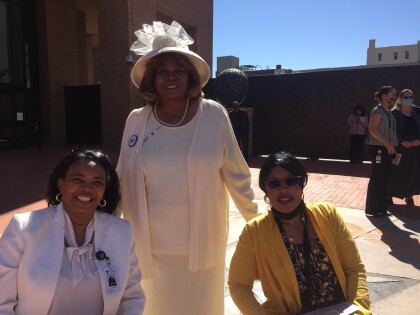
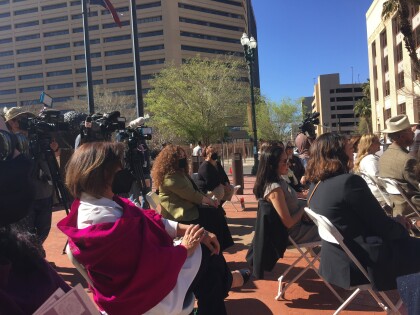
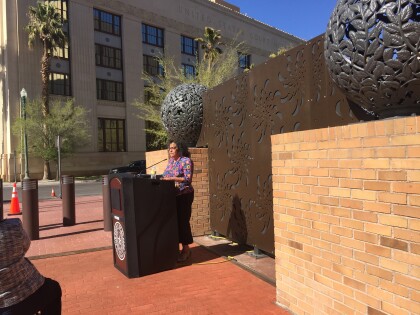
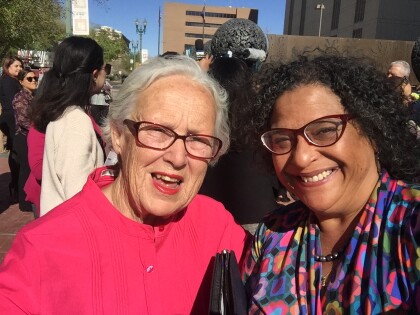
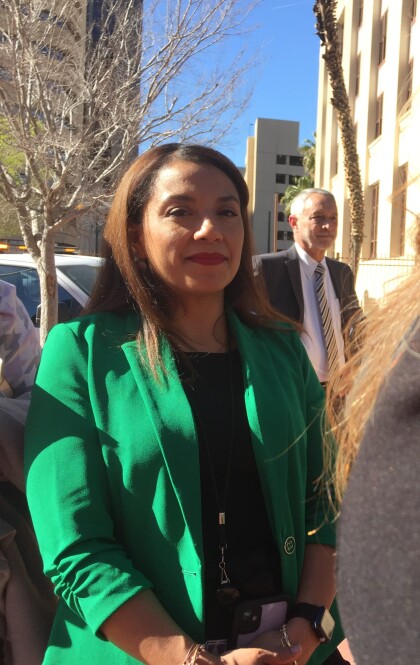
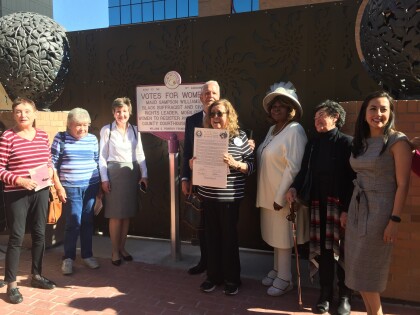
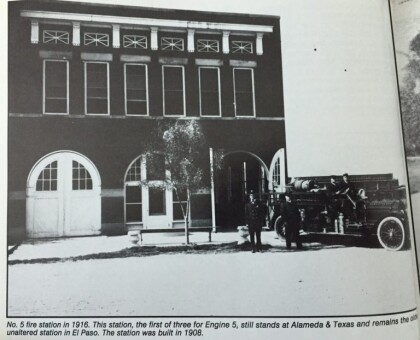
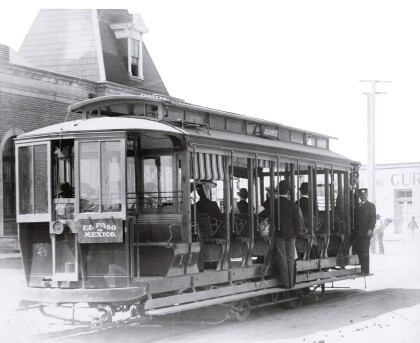
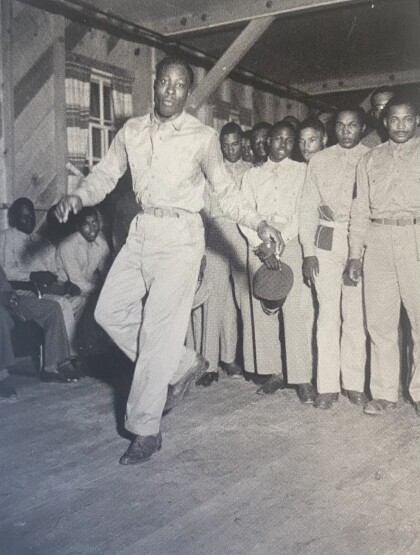
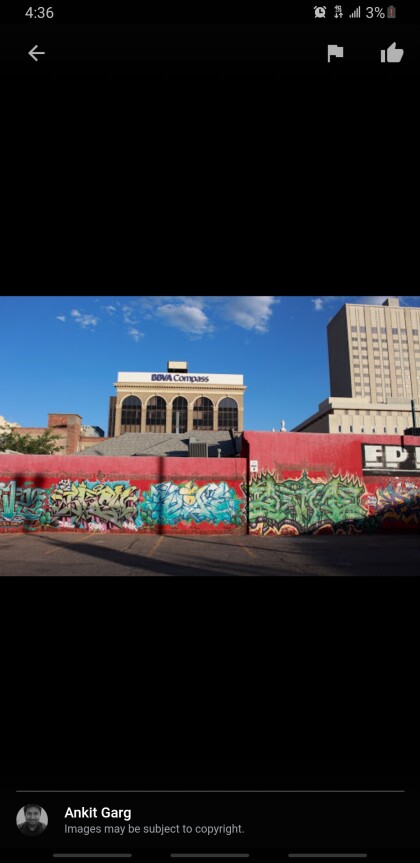
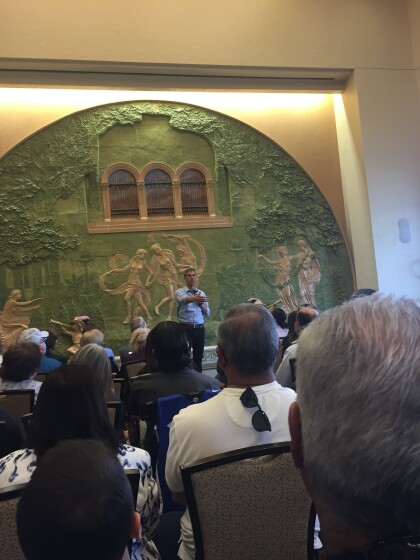
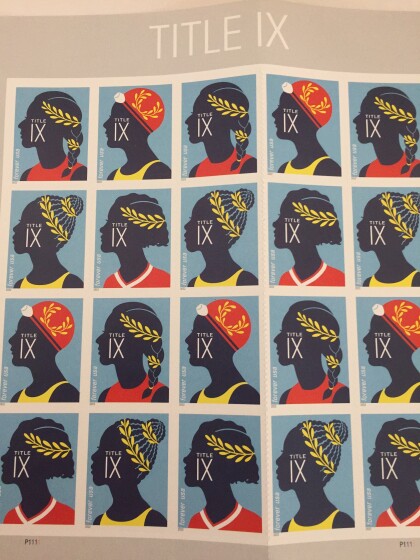
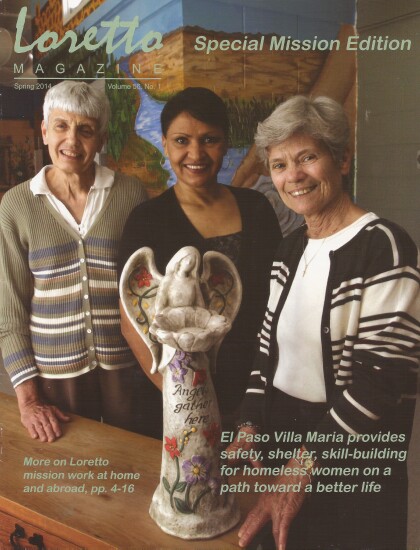
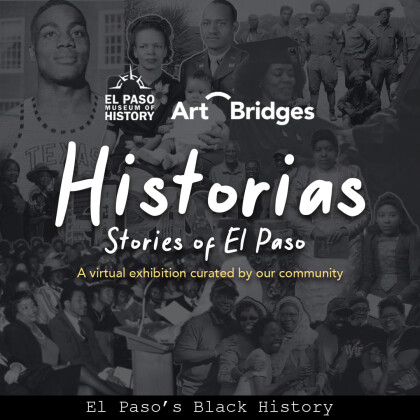


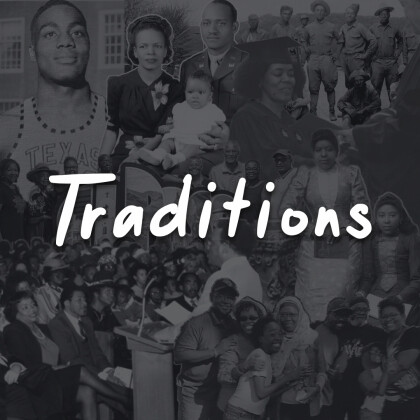

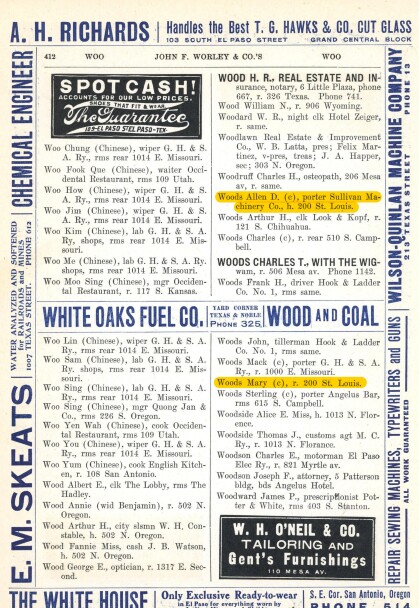
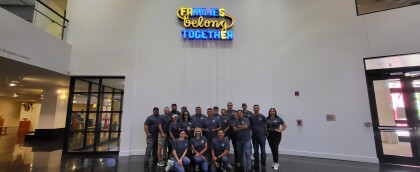
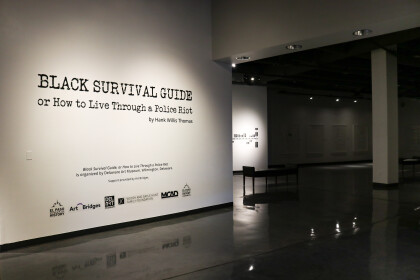
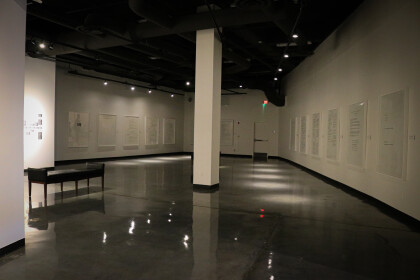
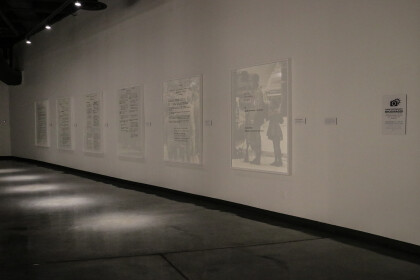
Comments
Add a comment